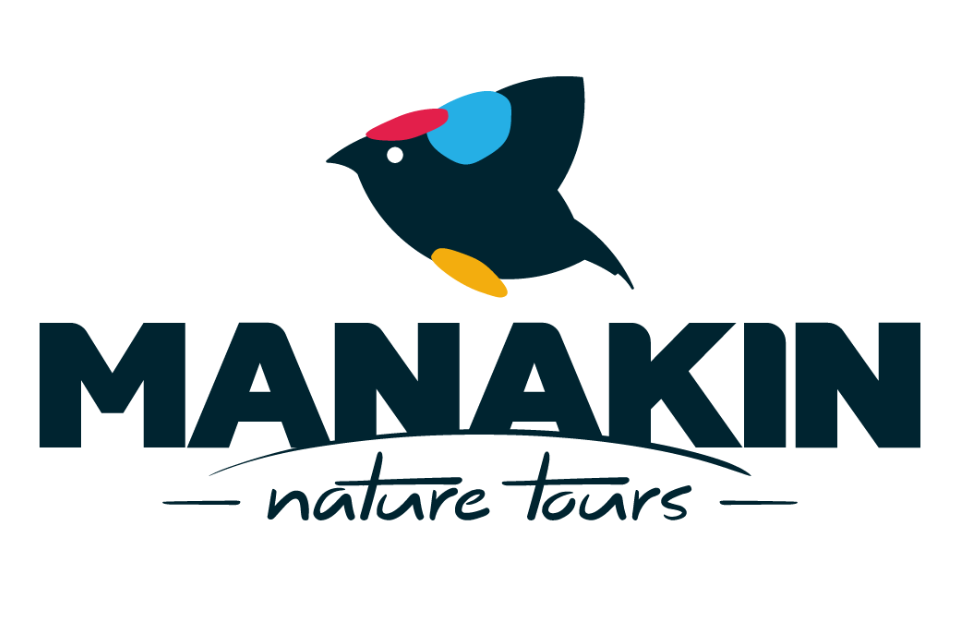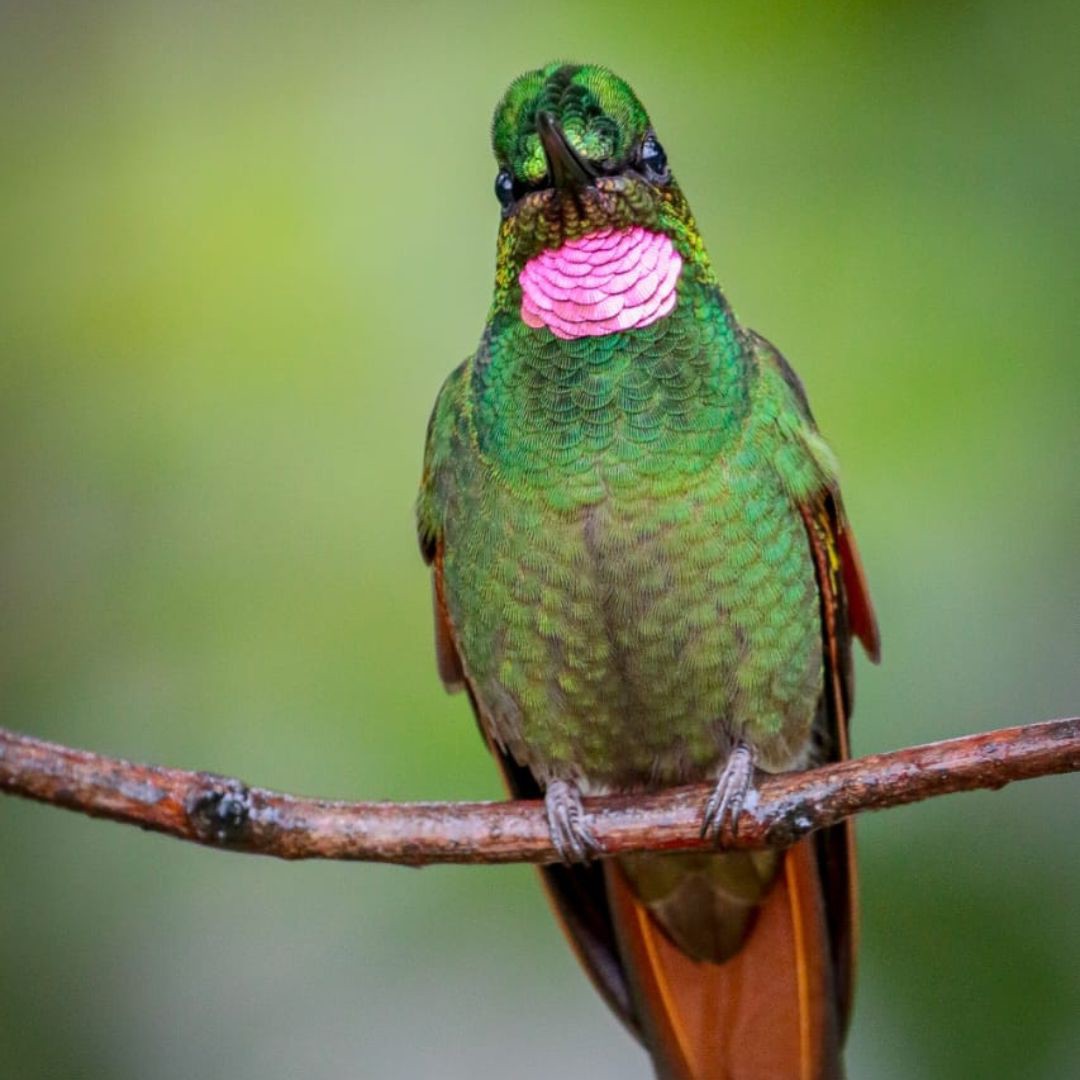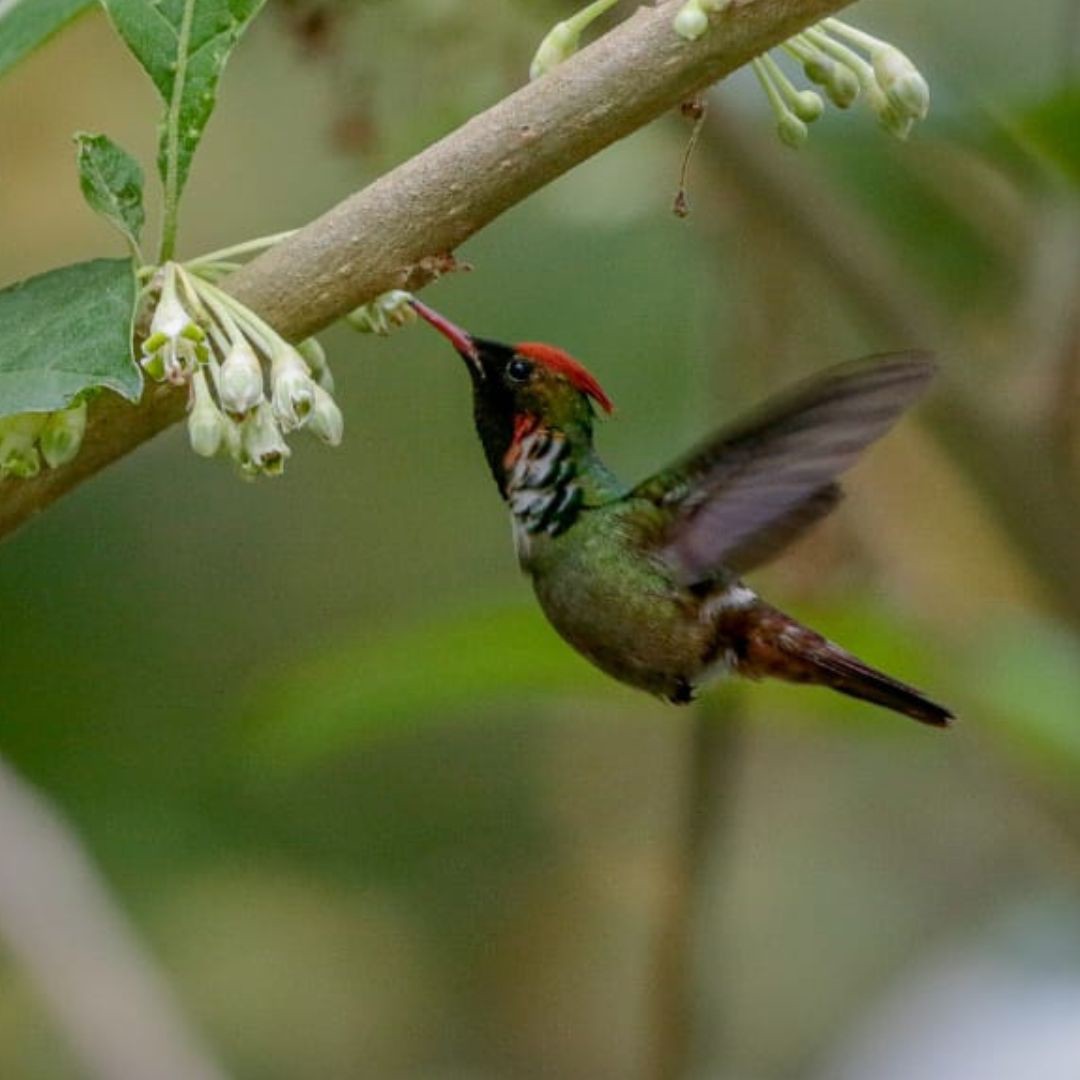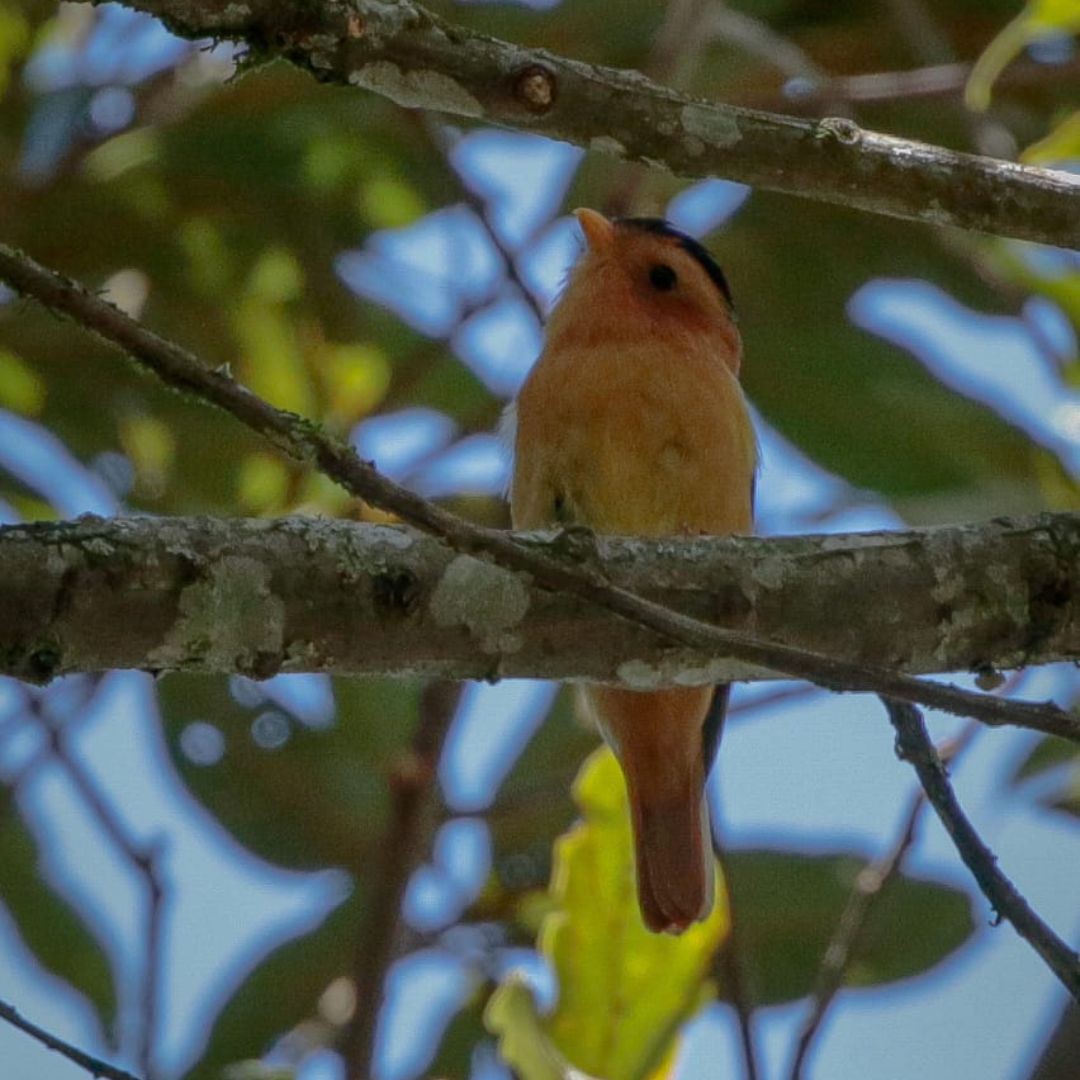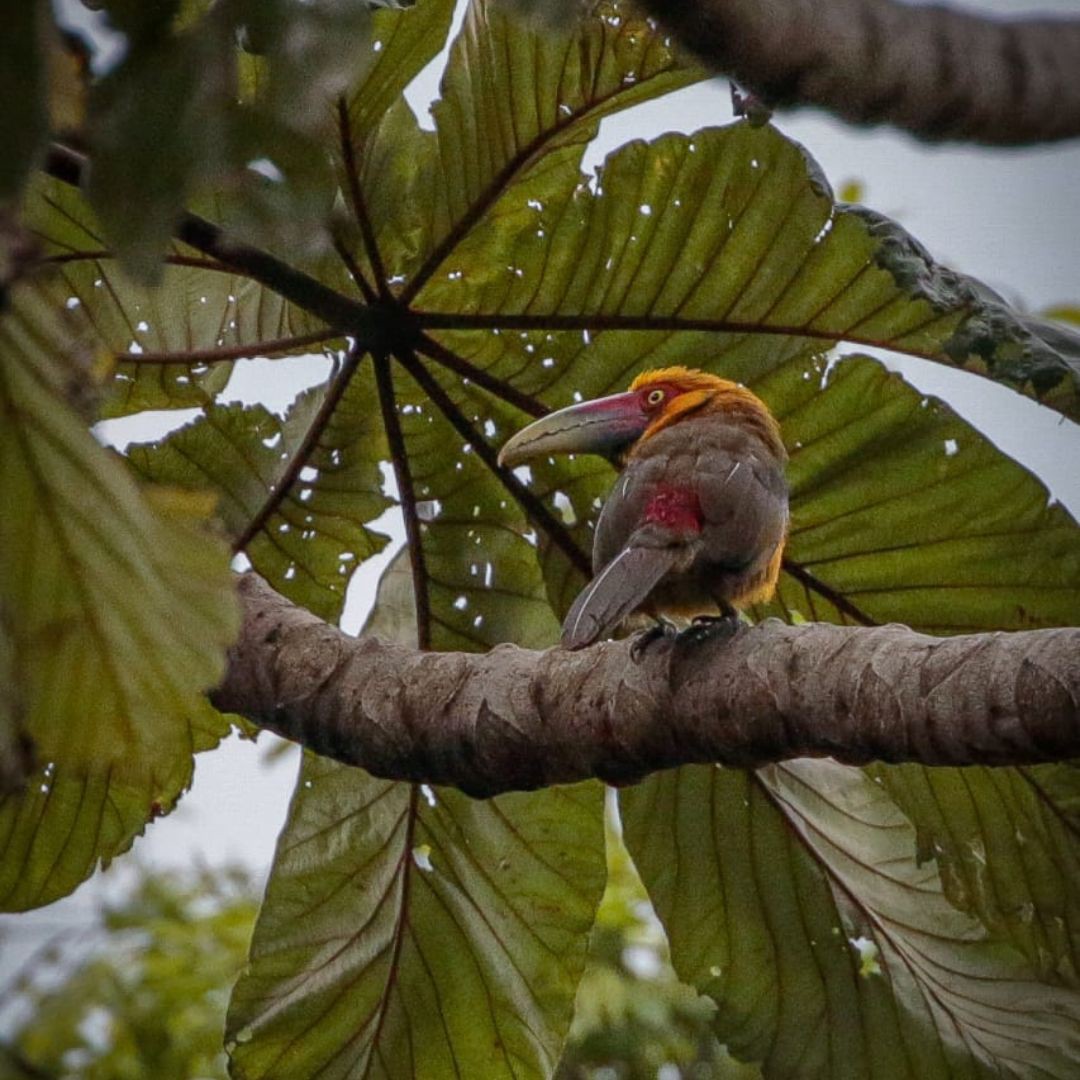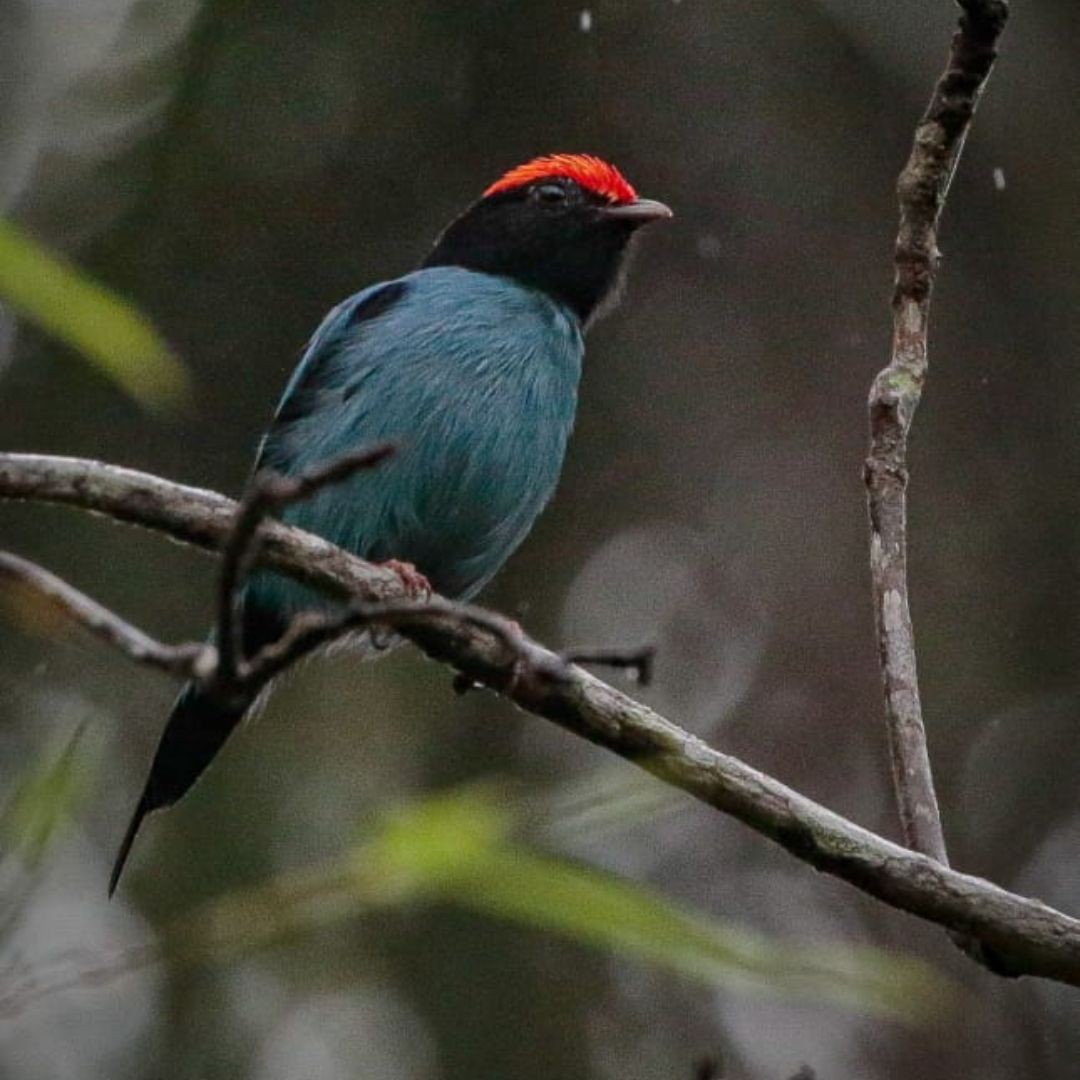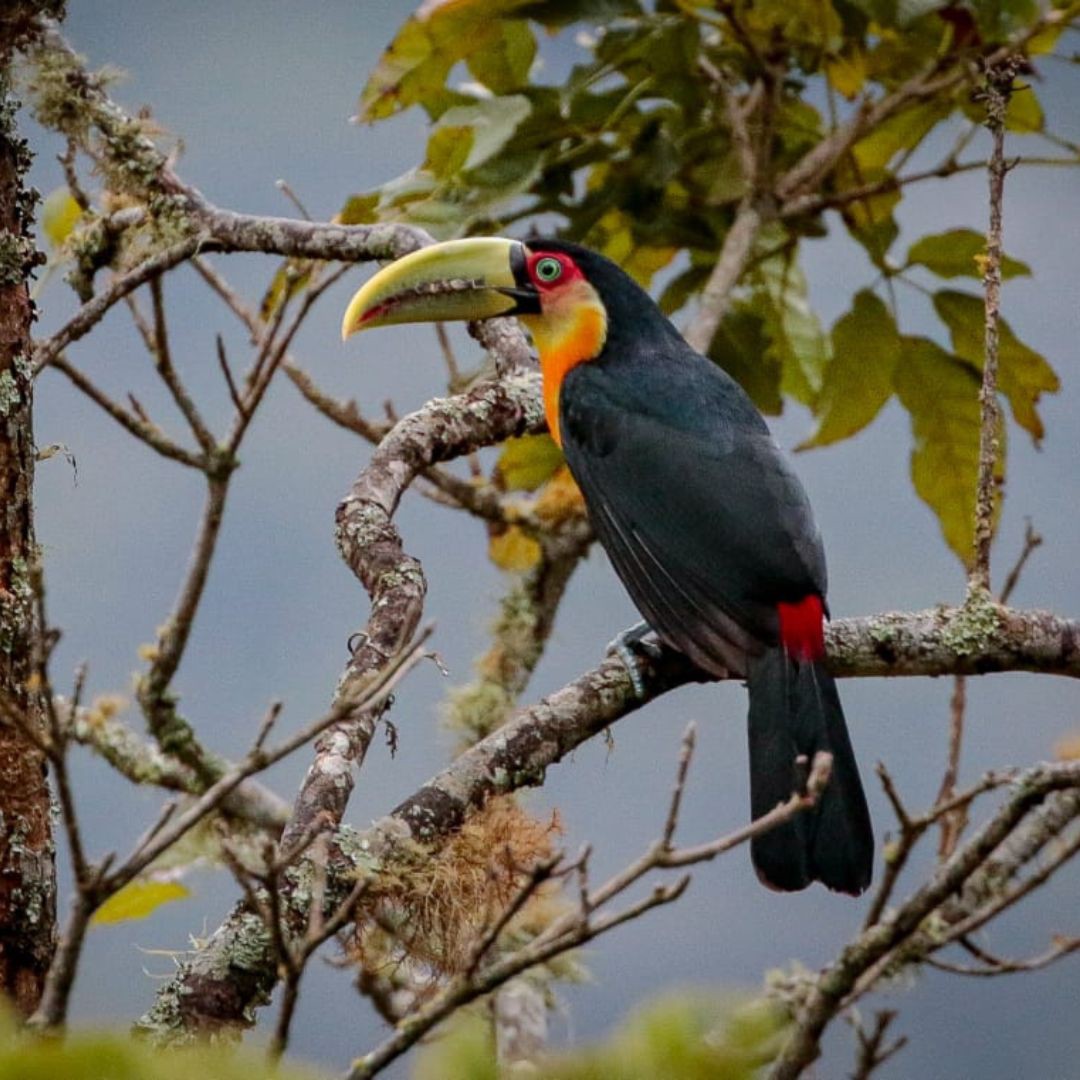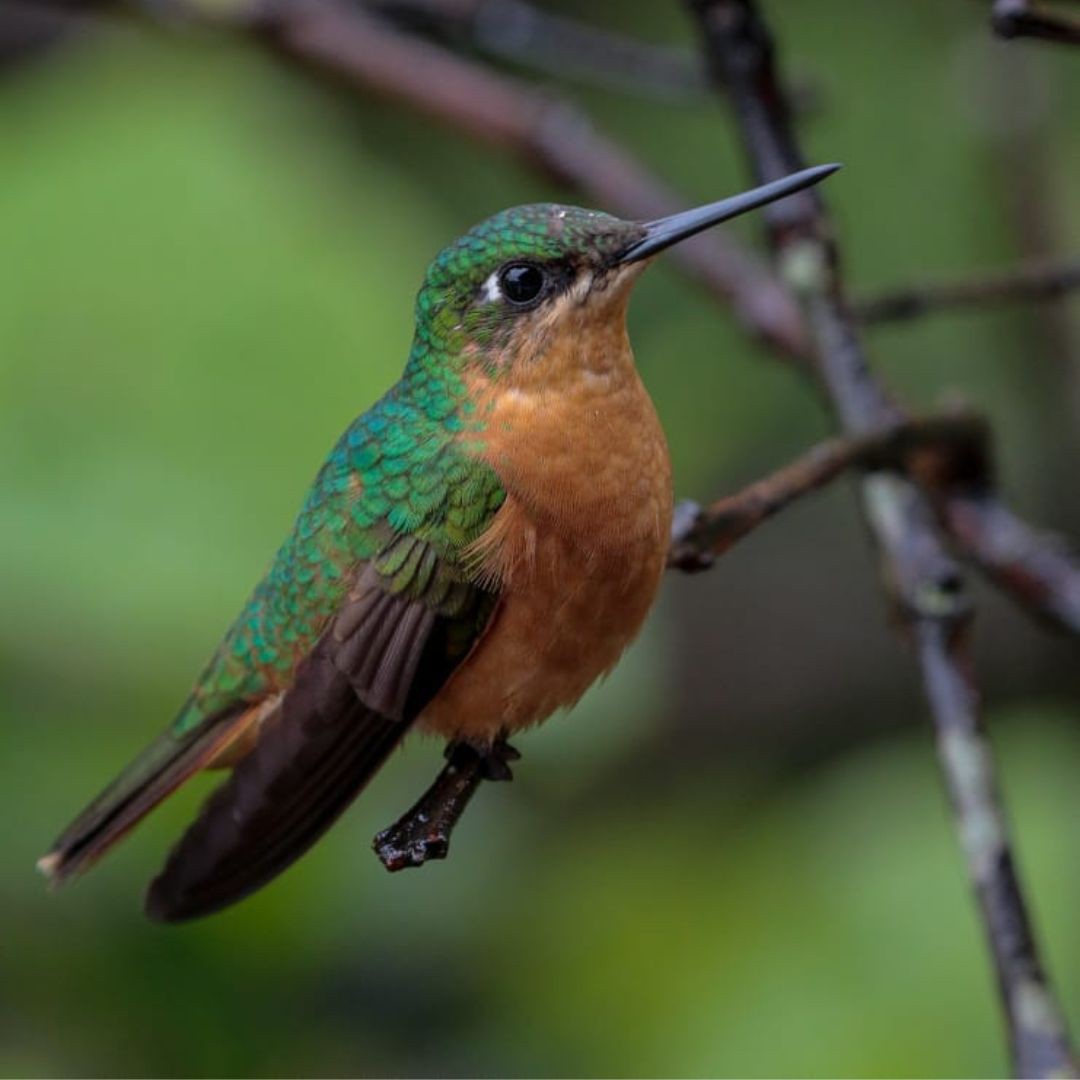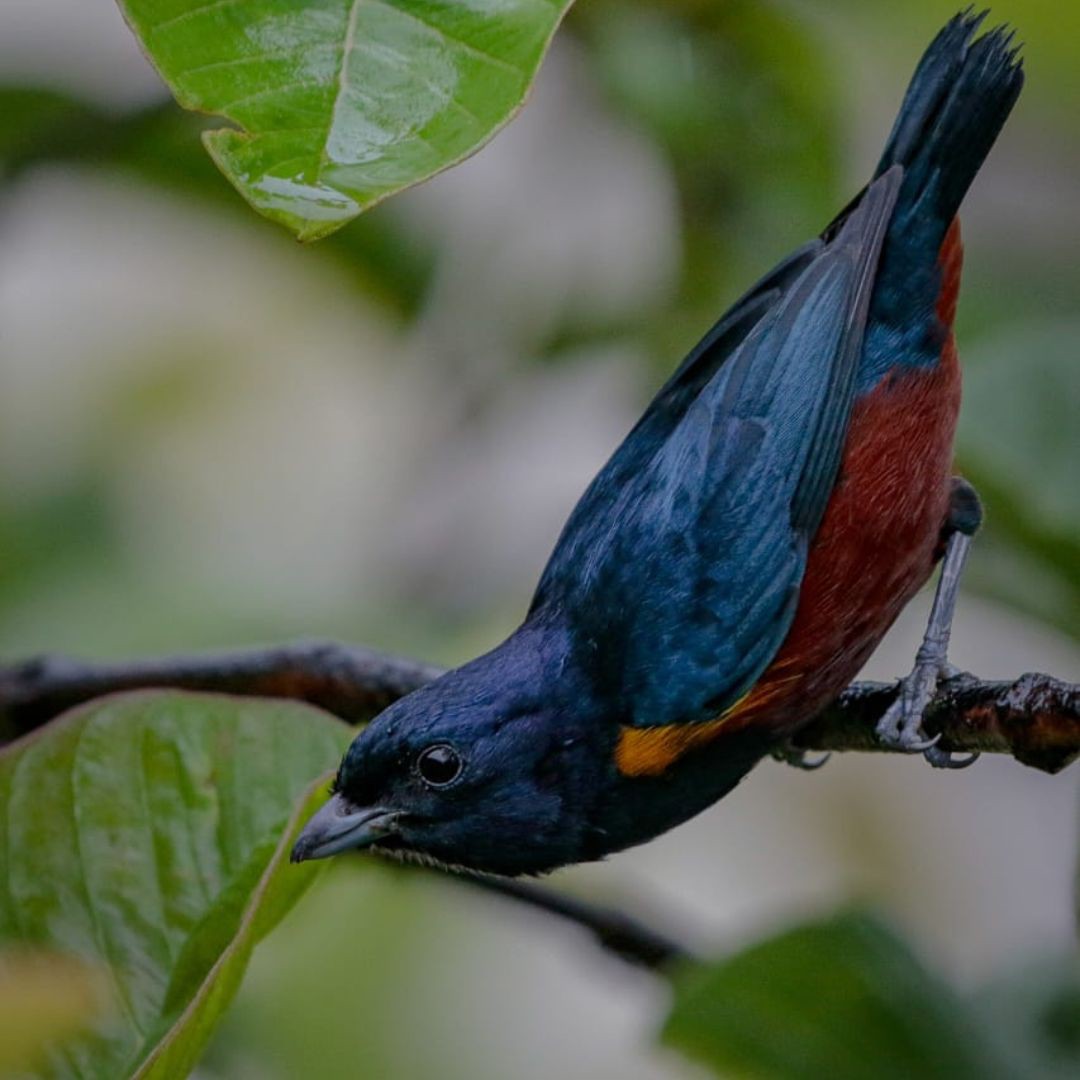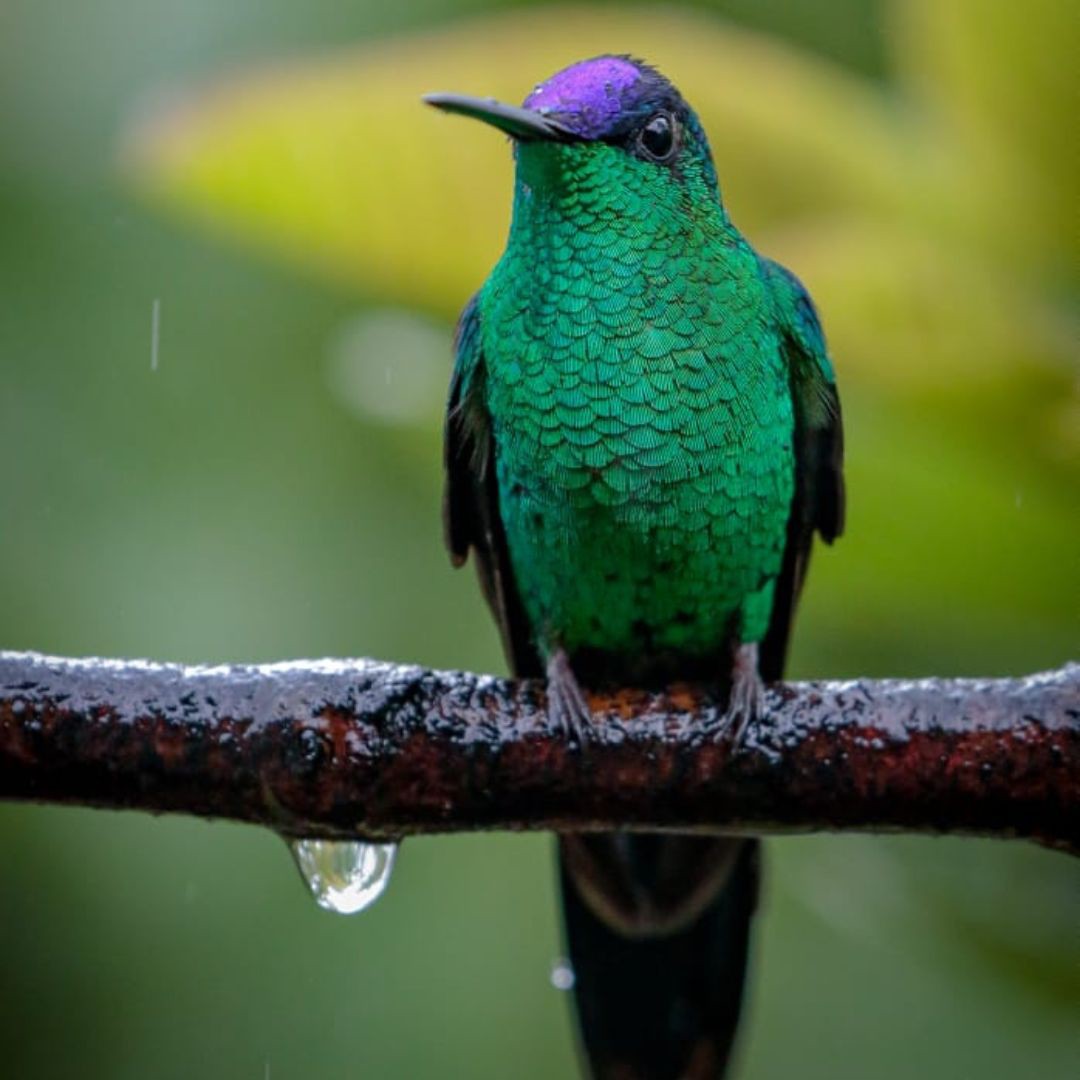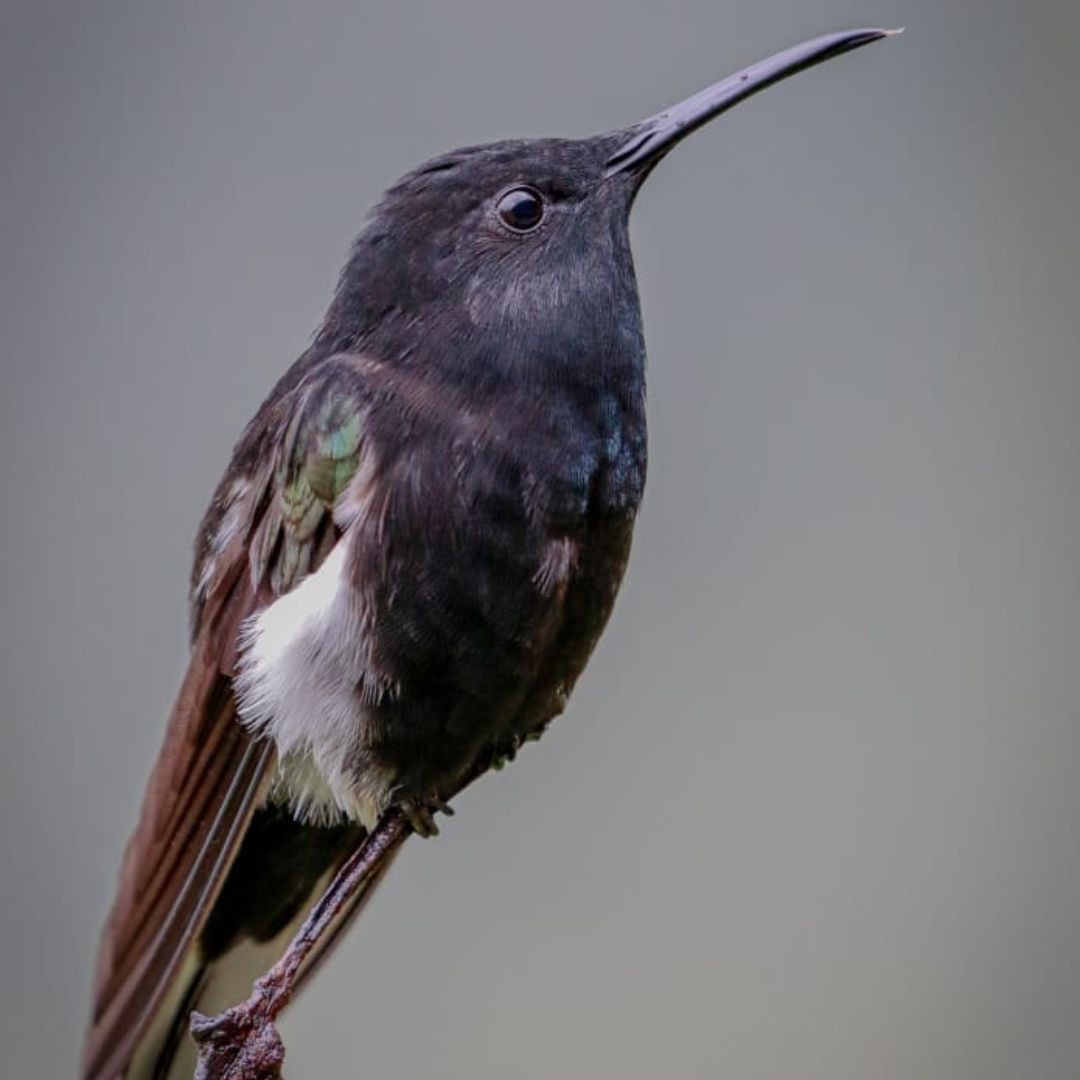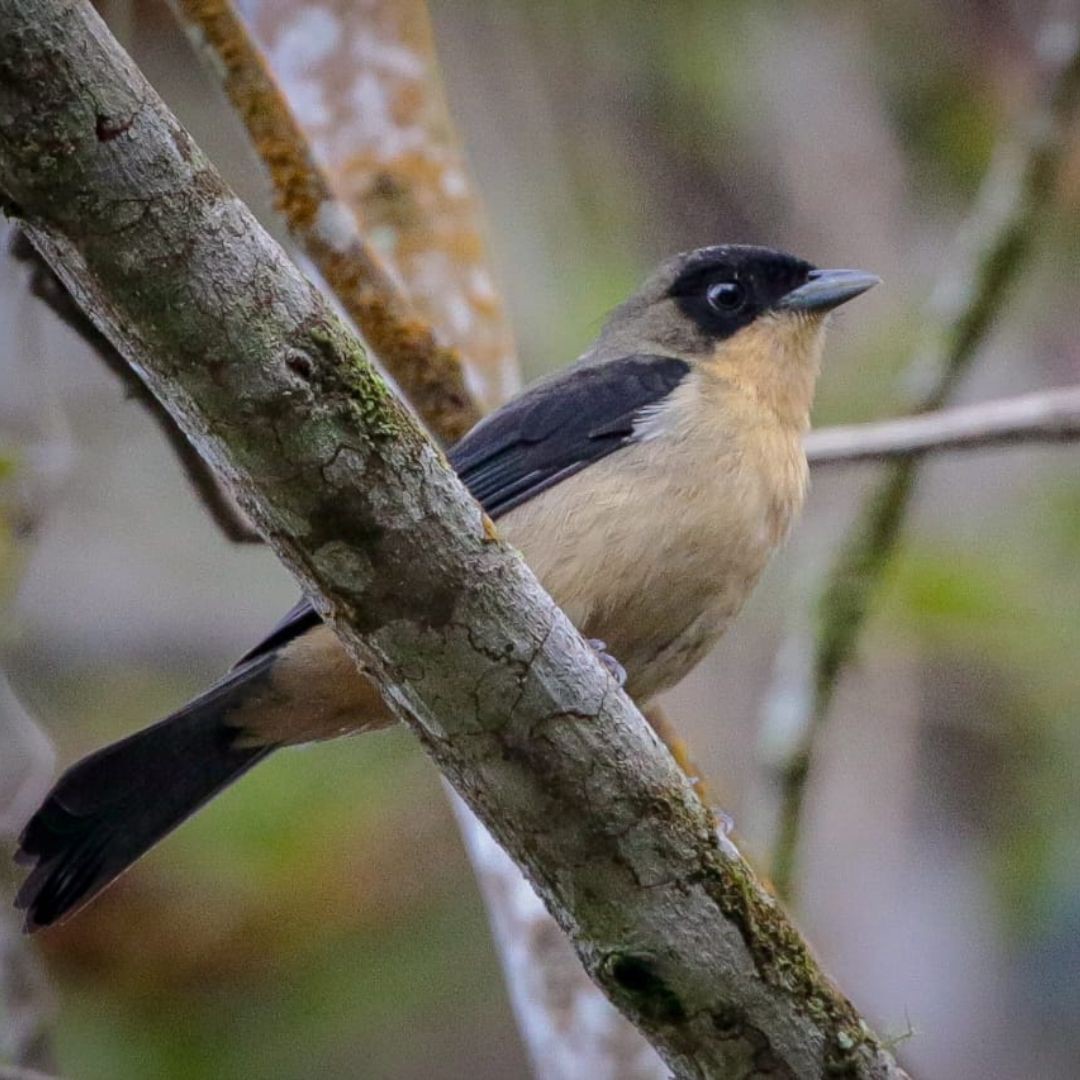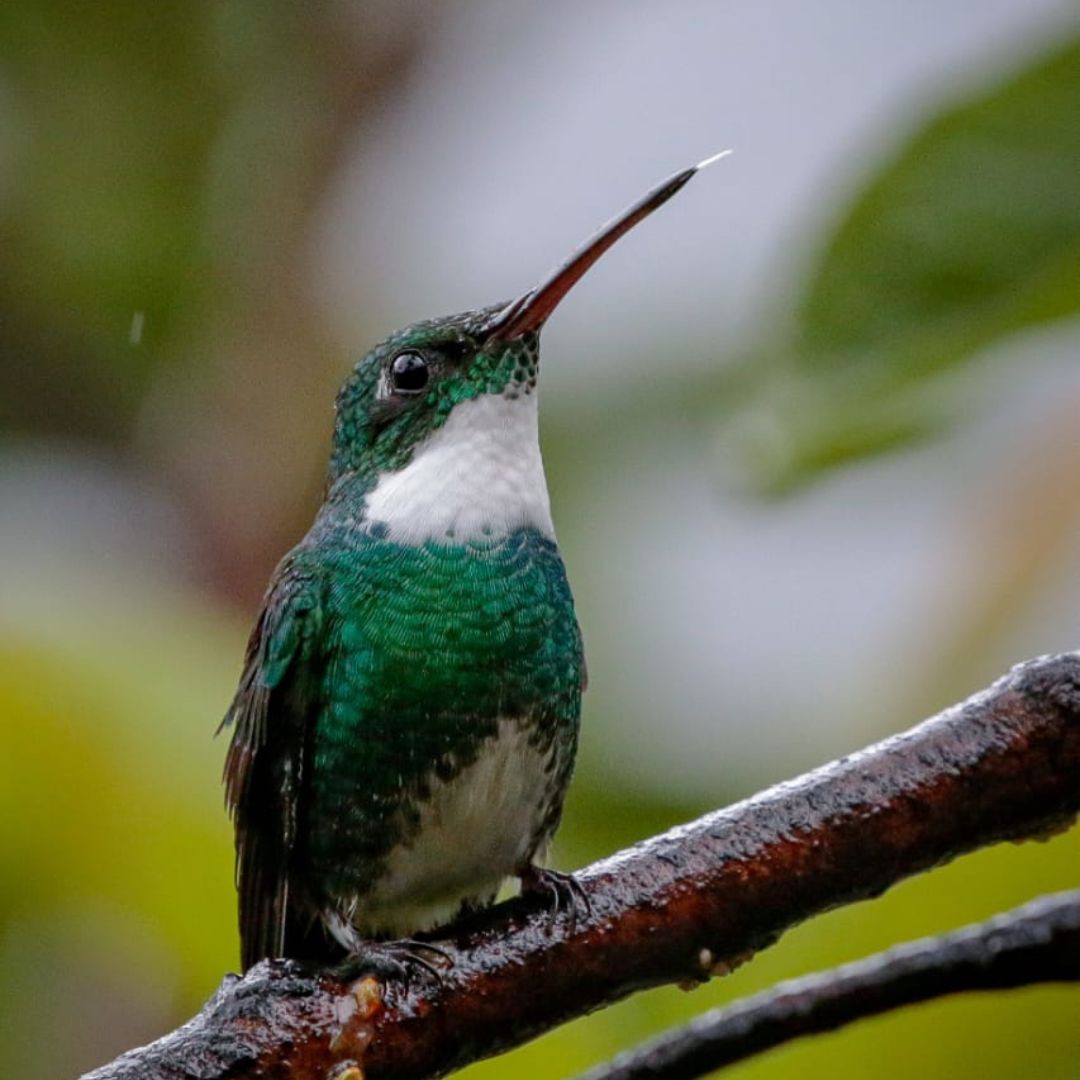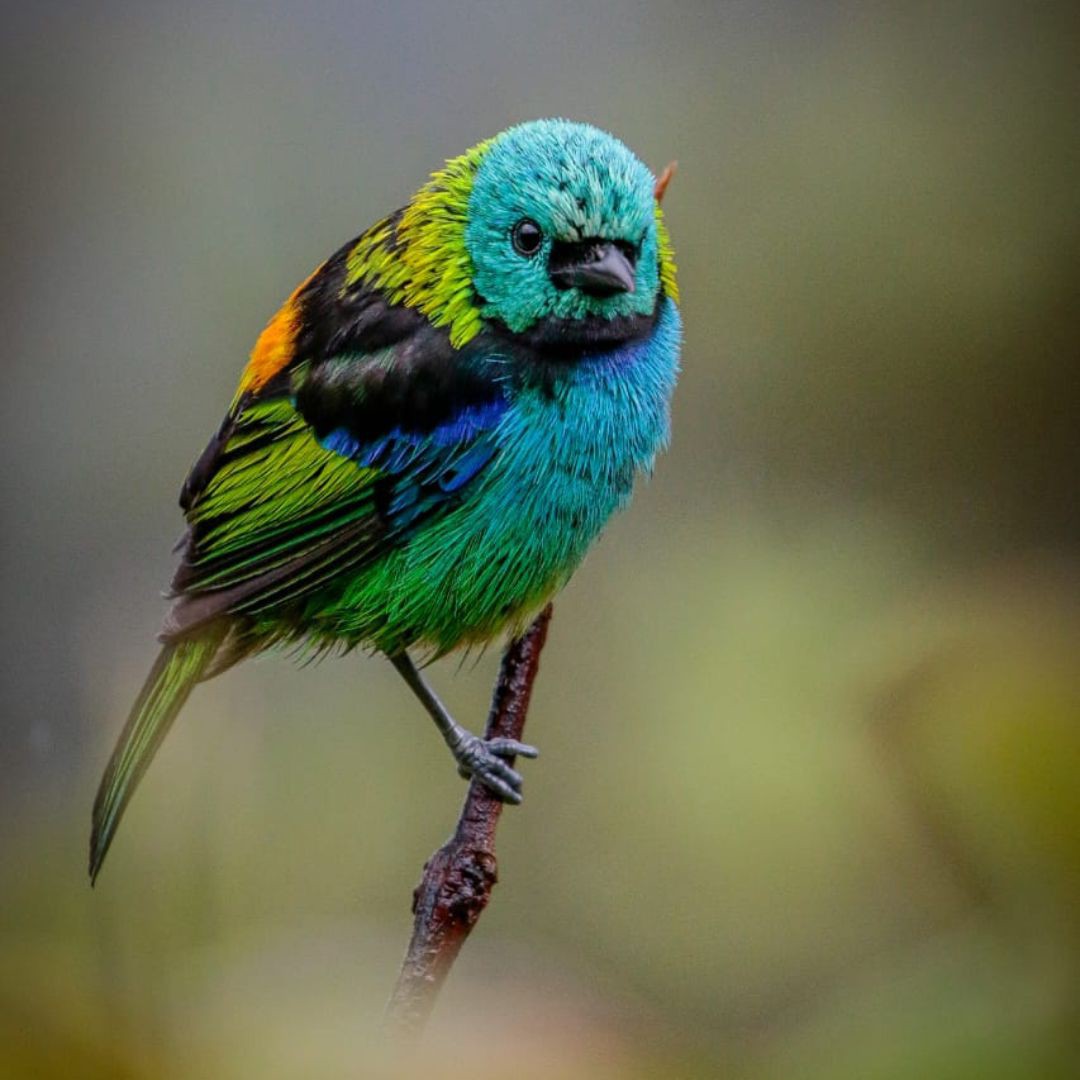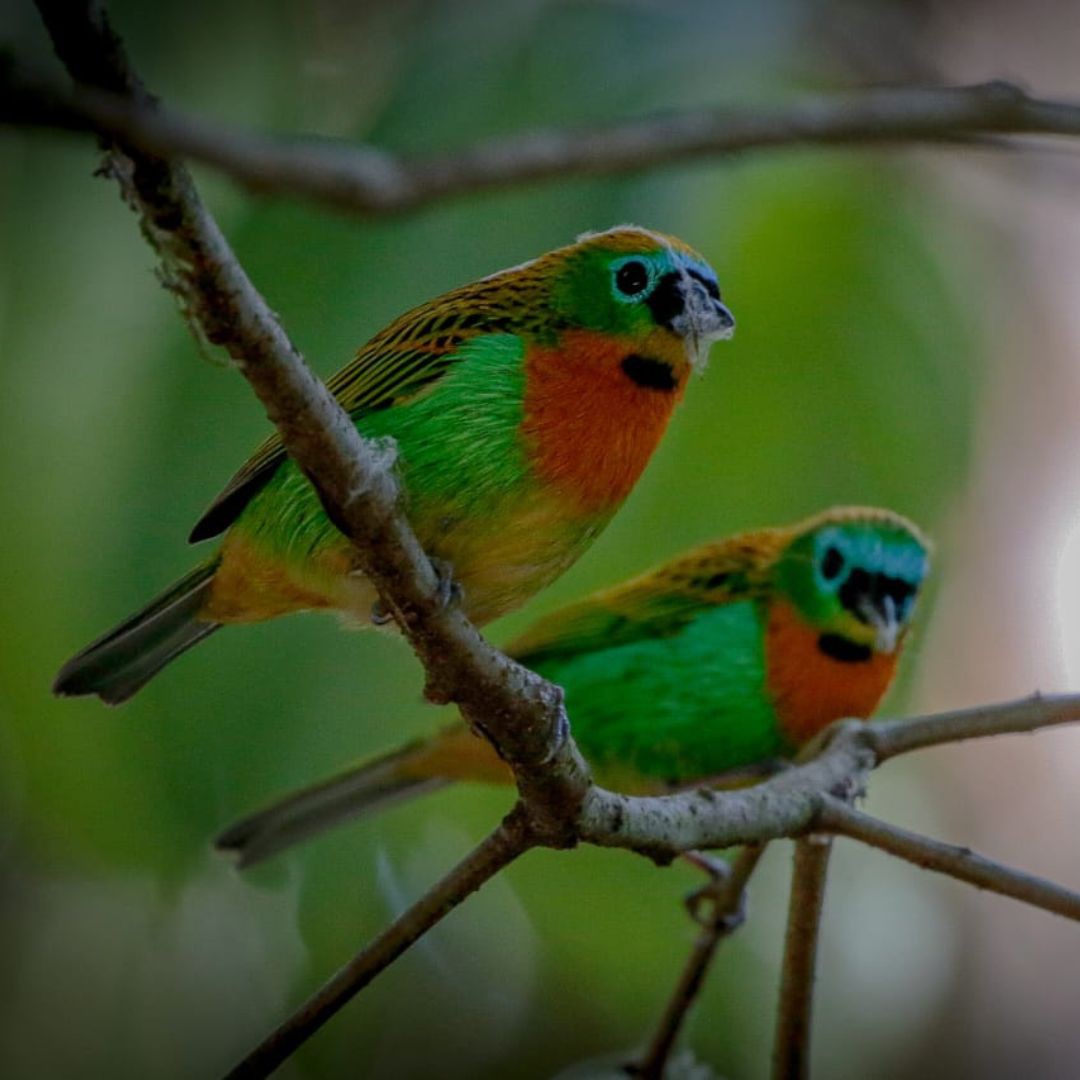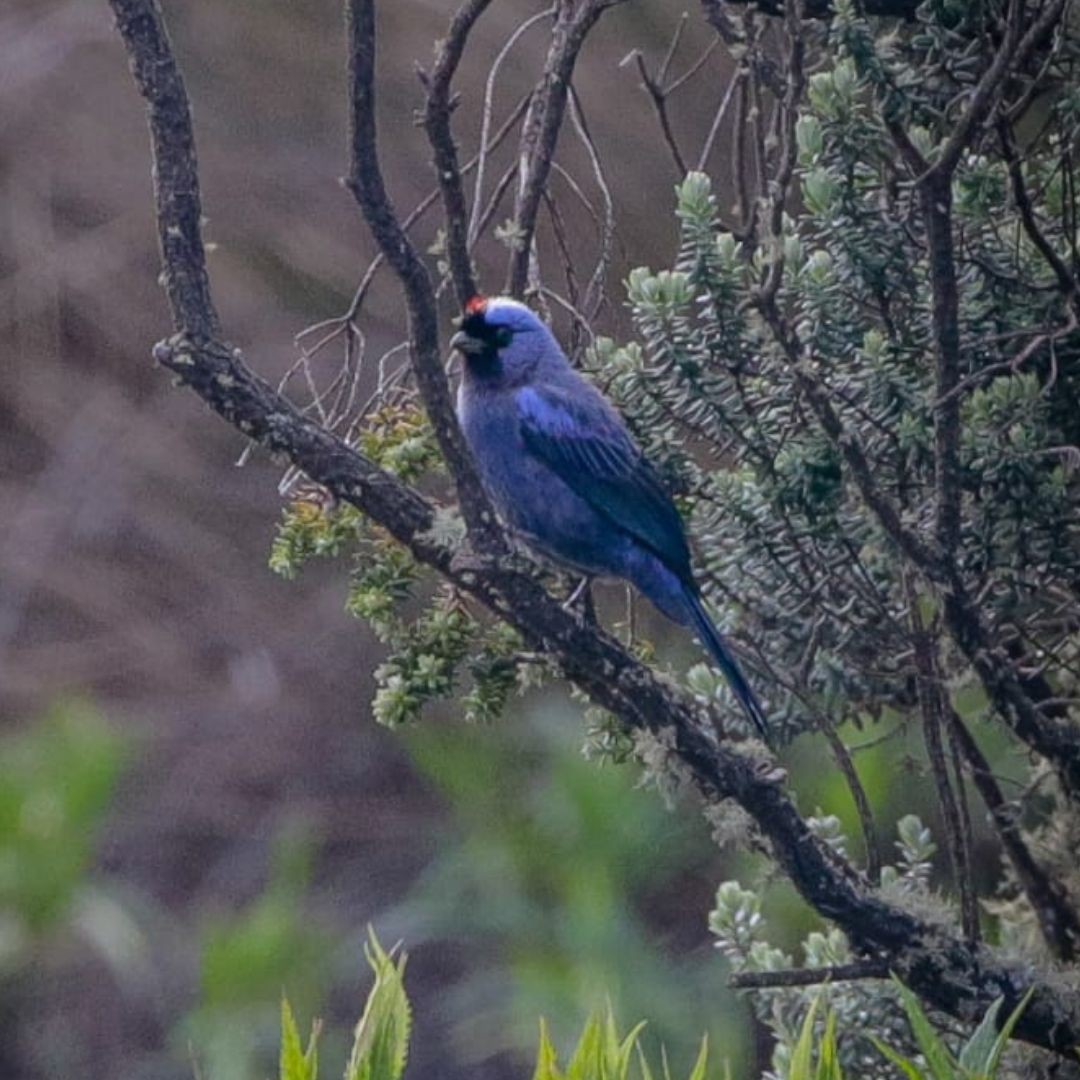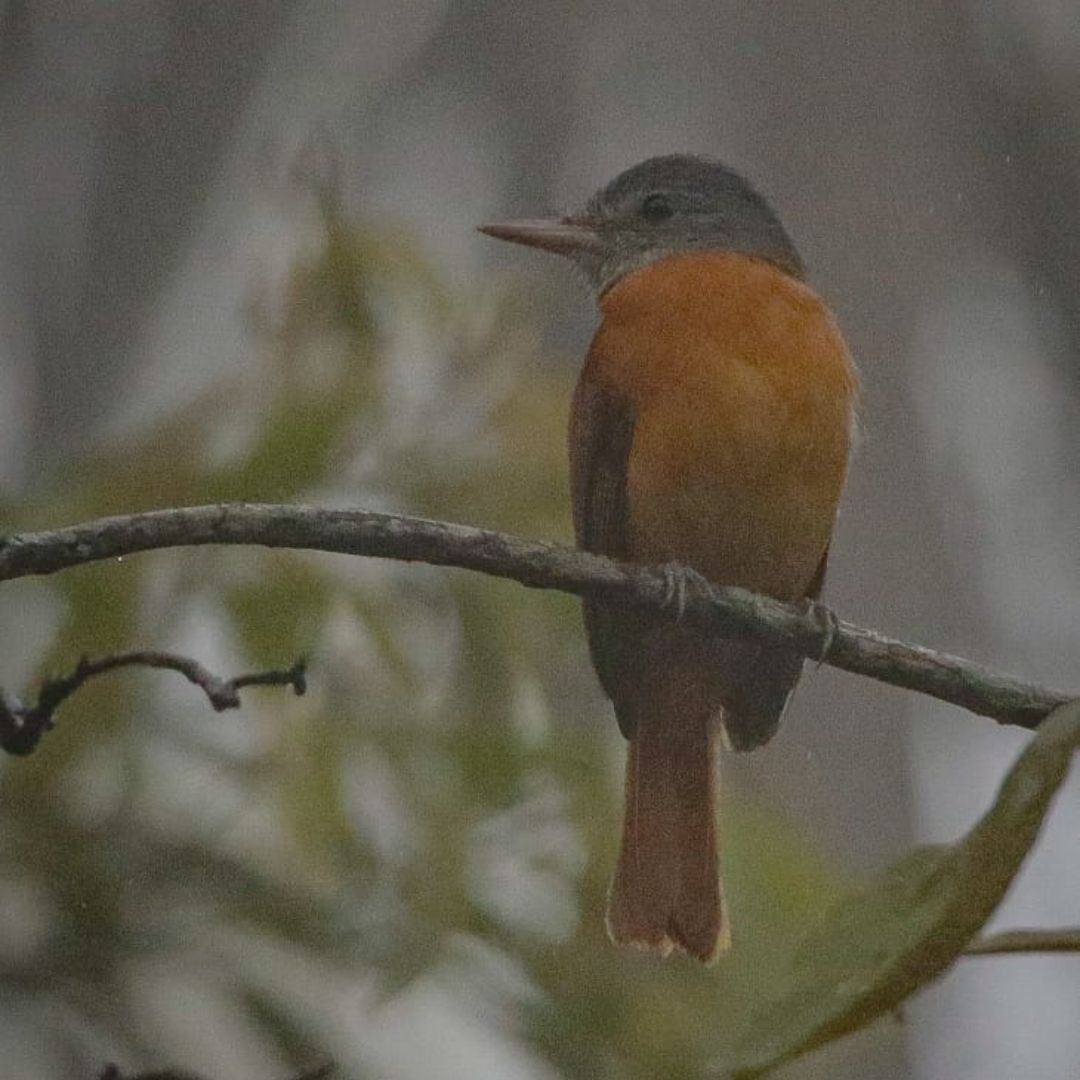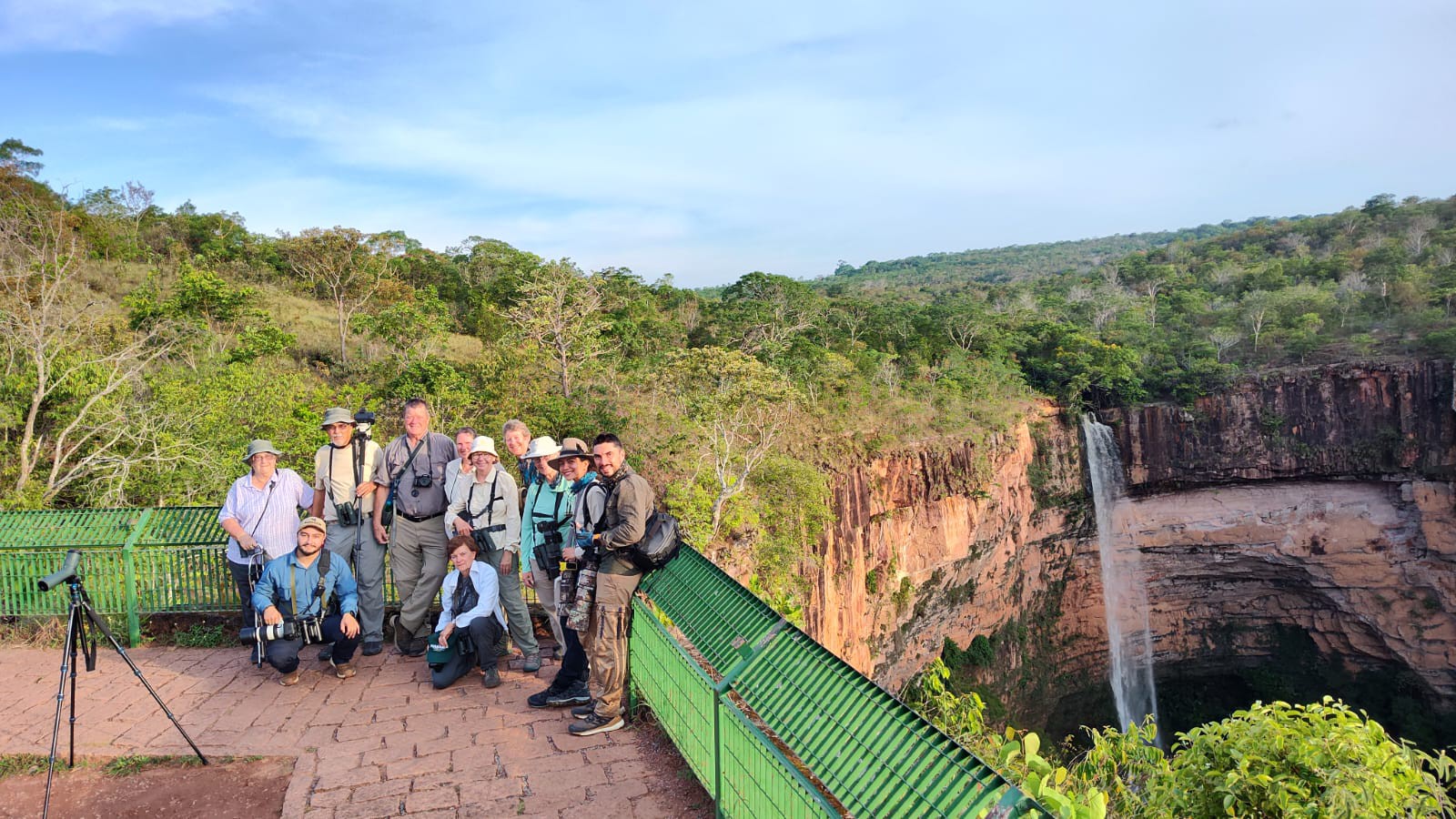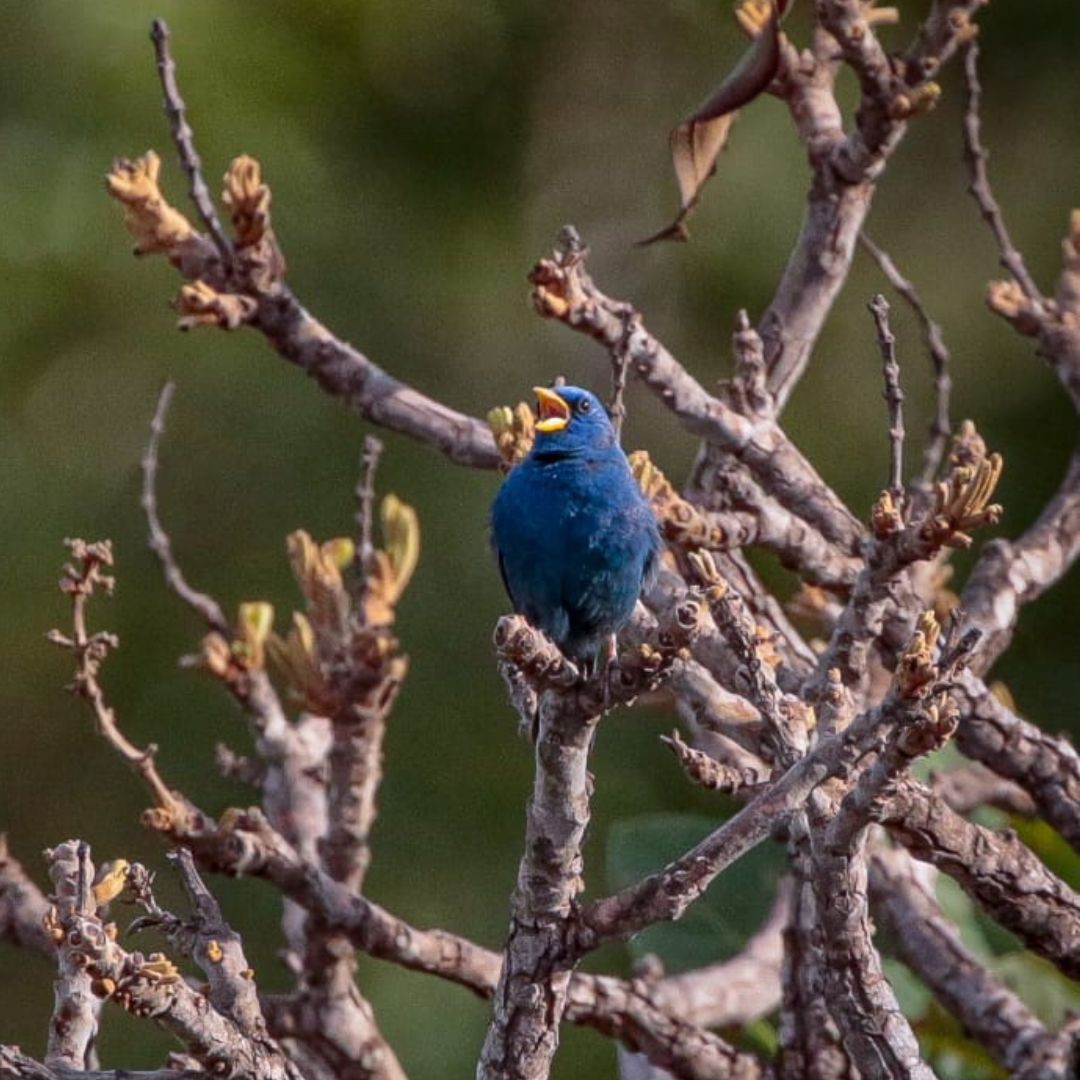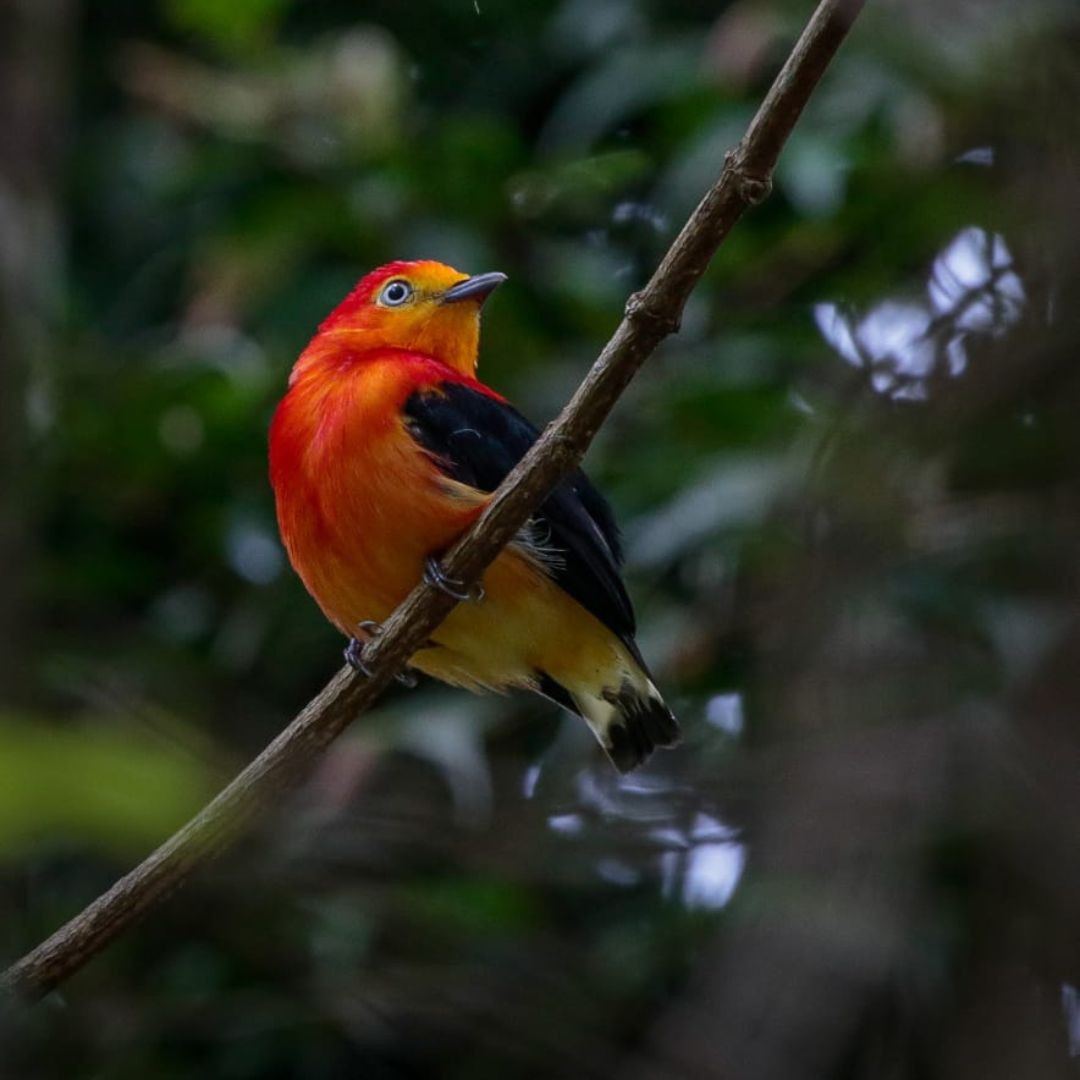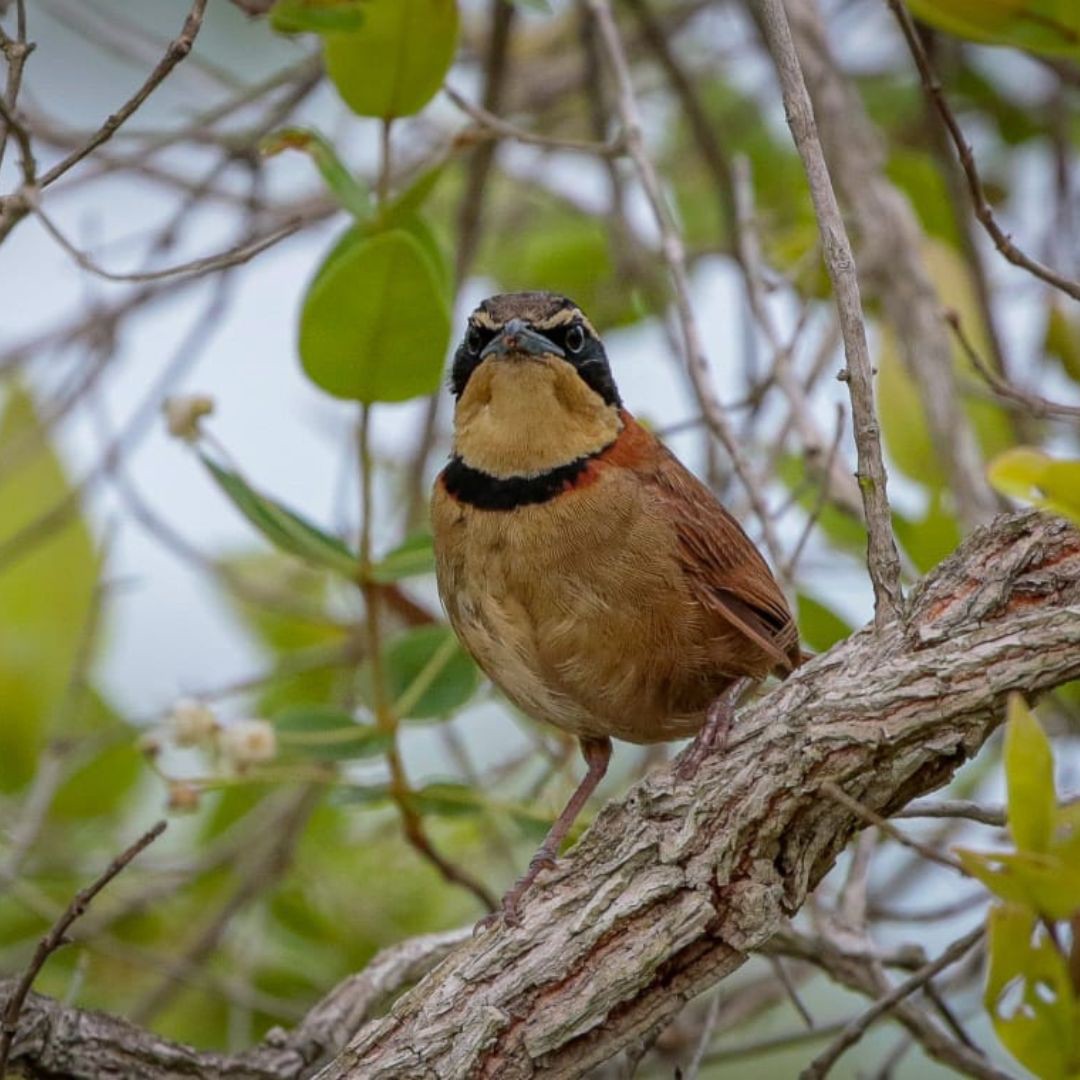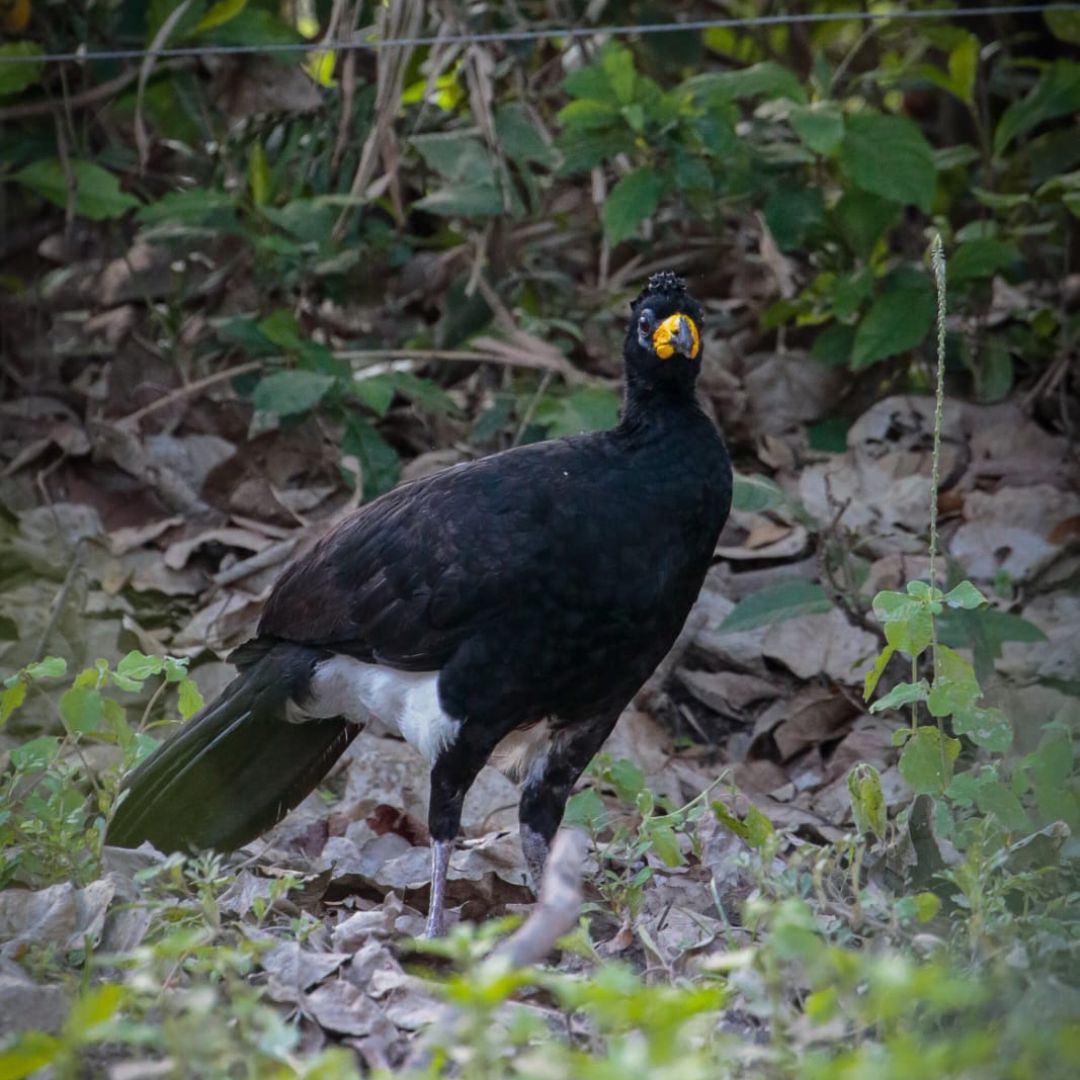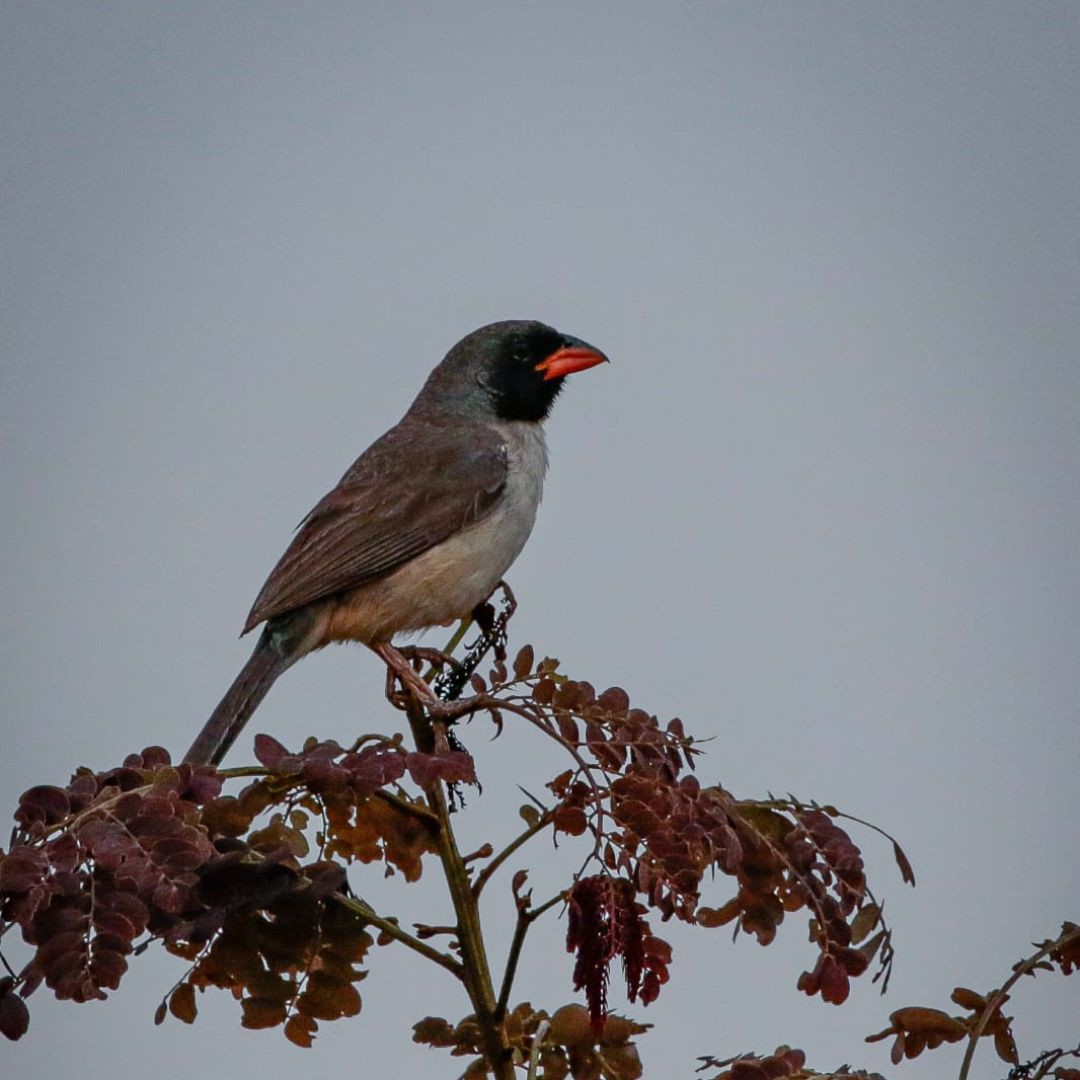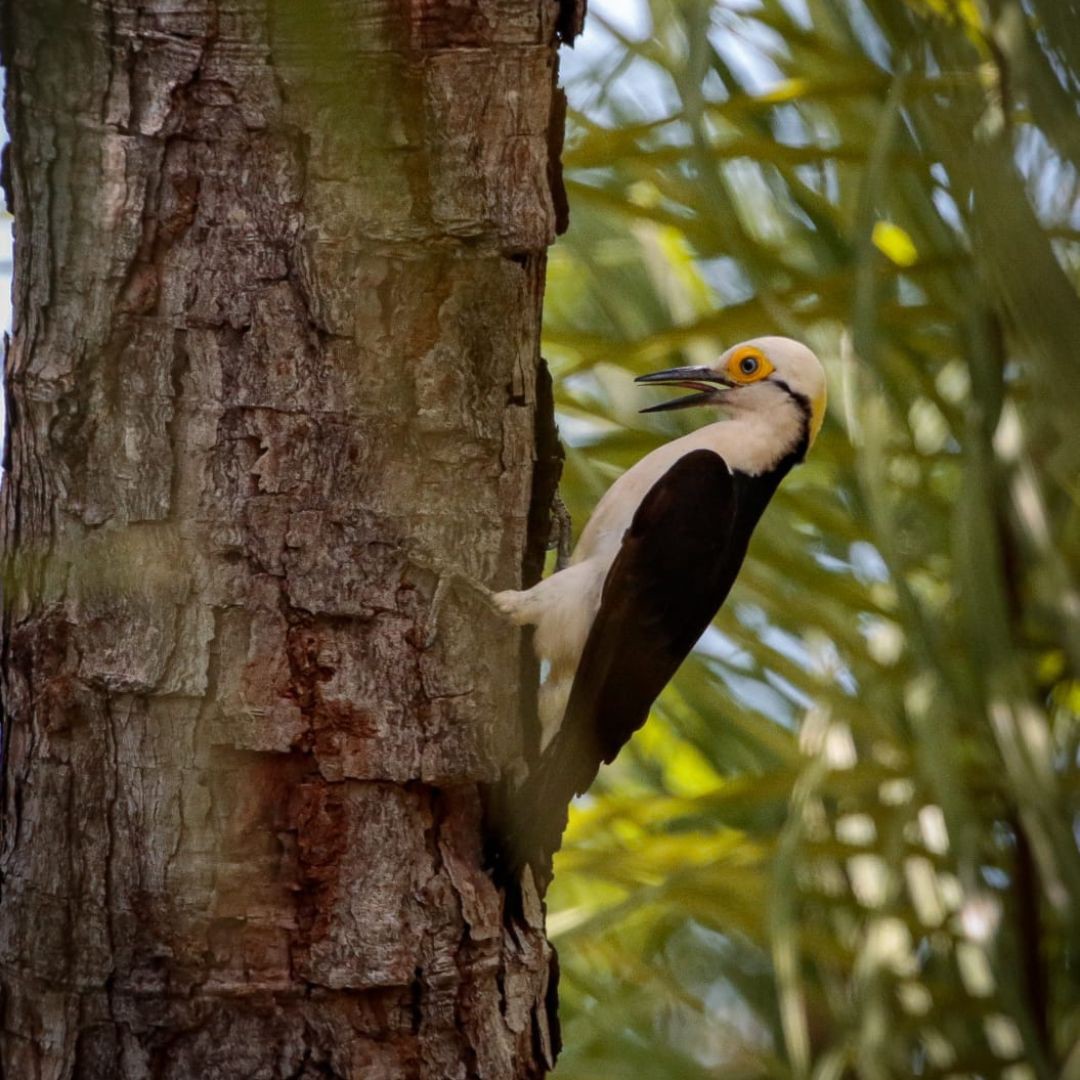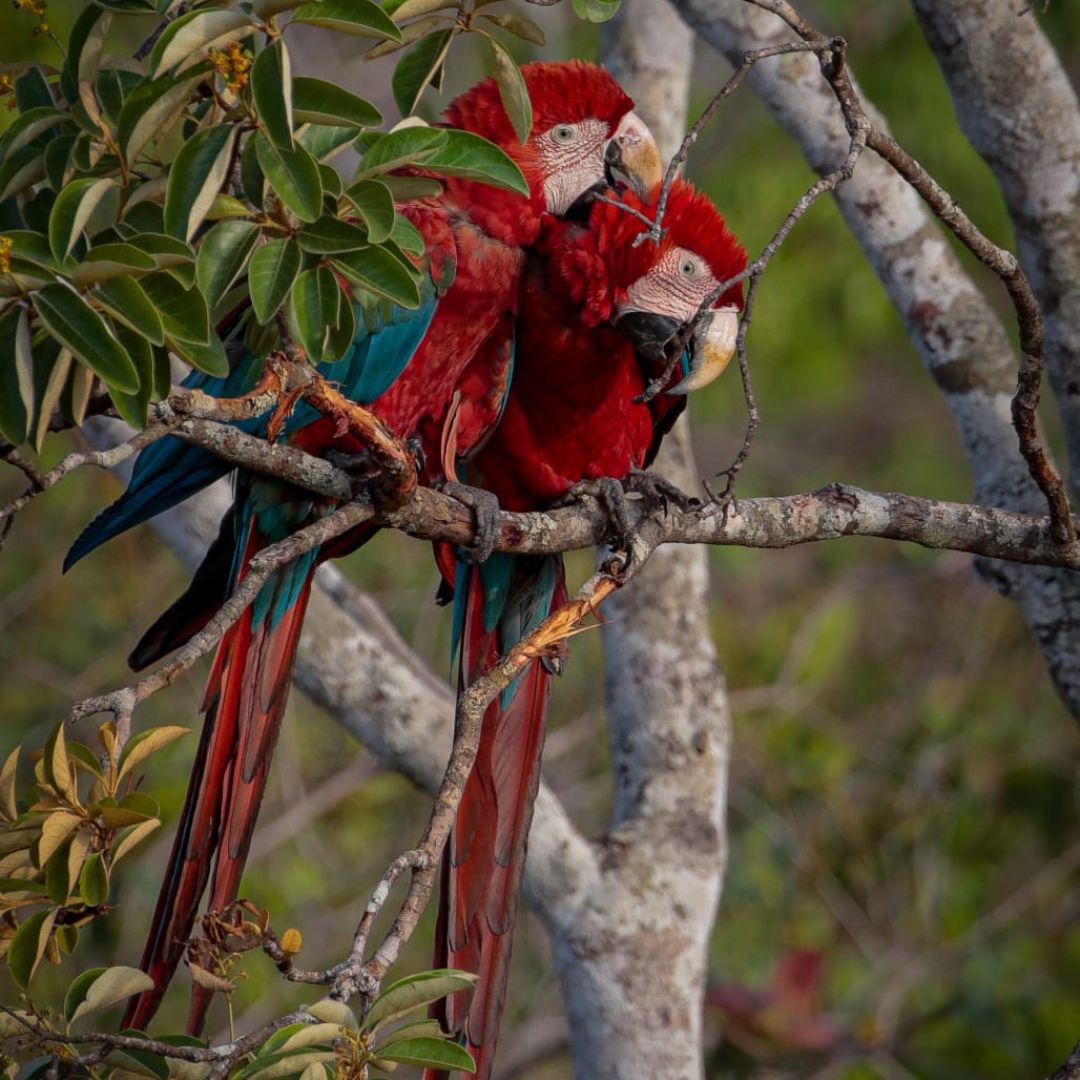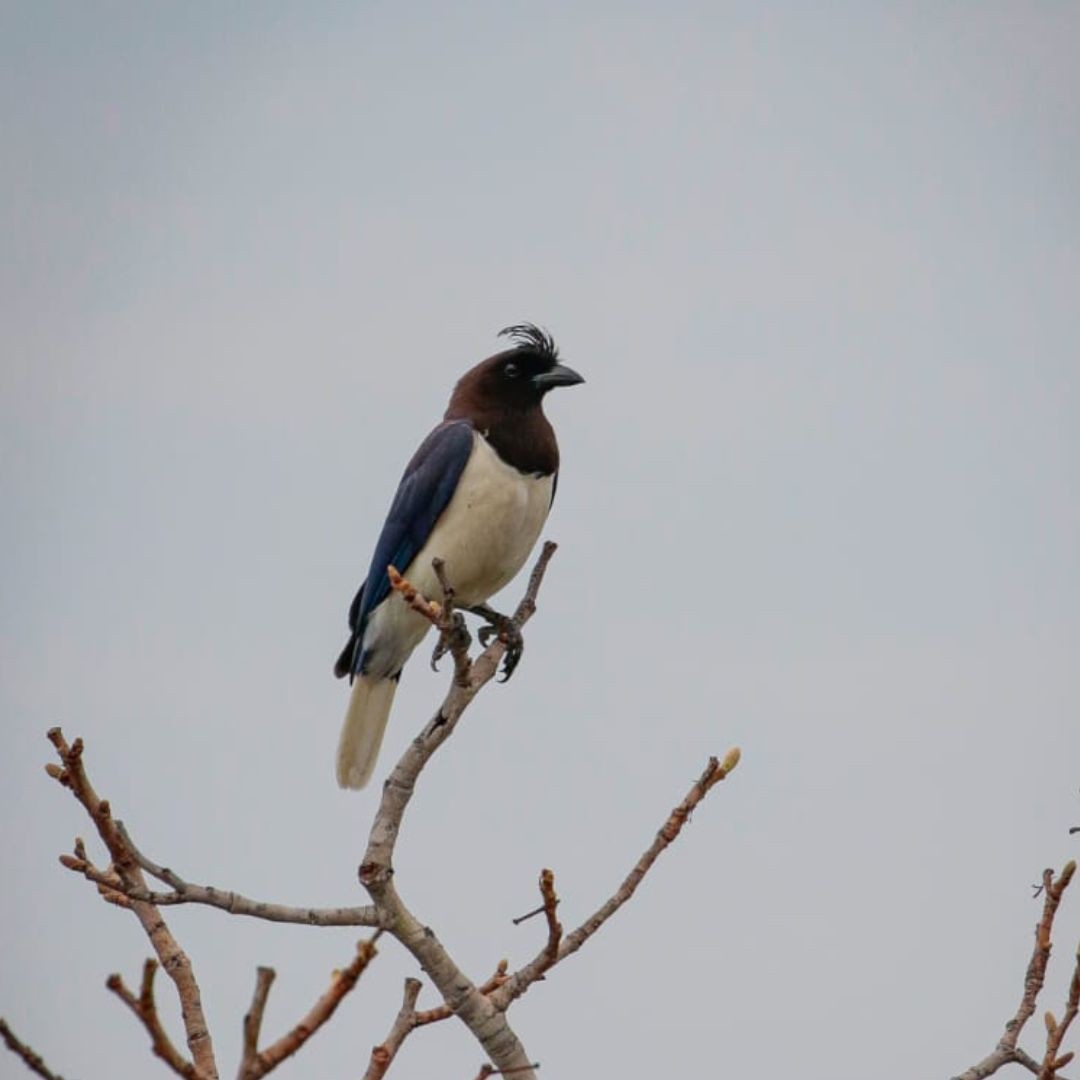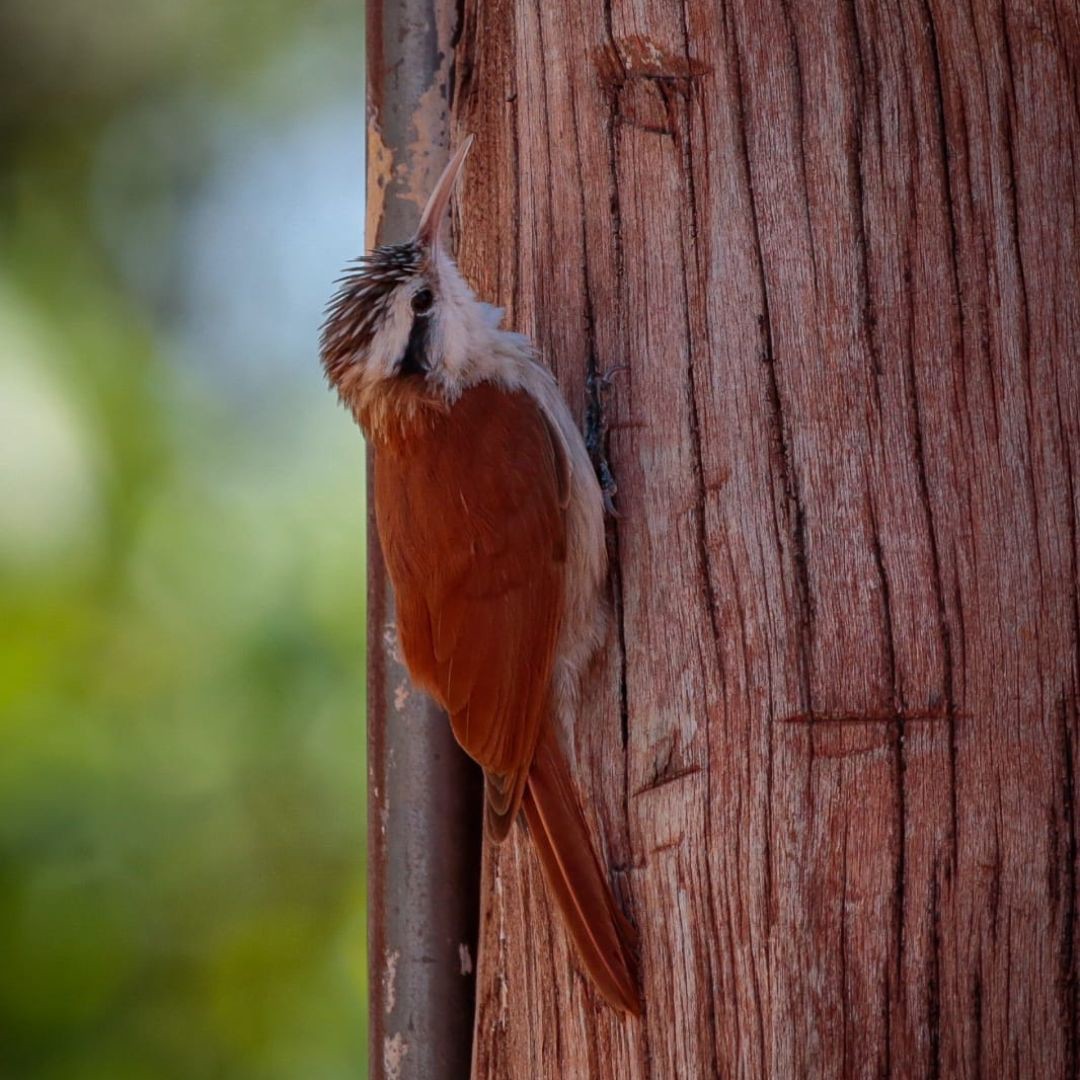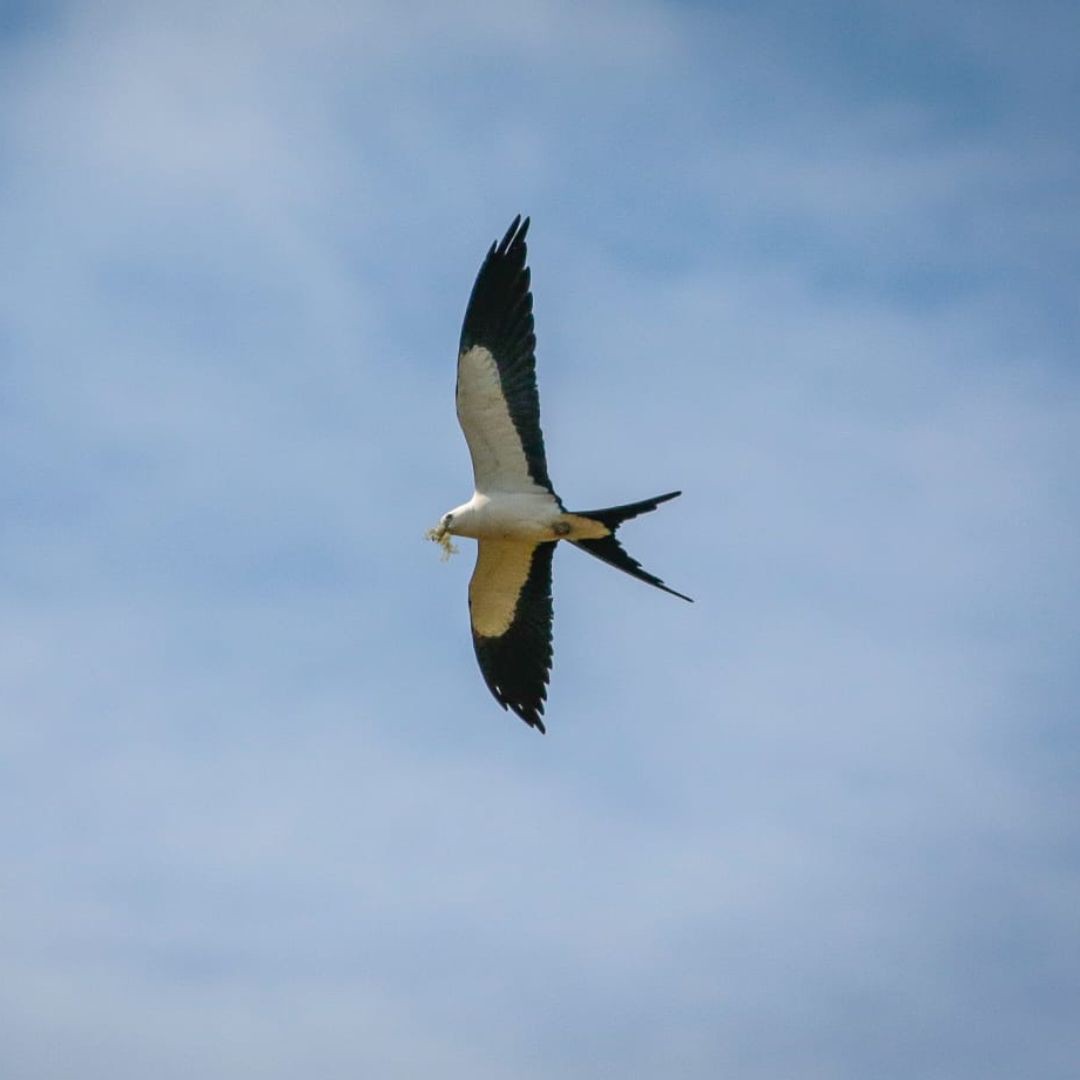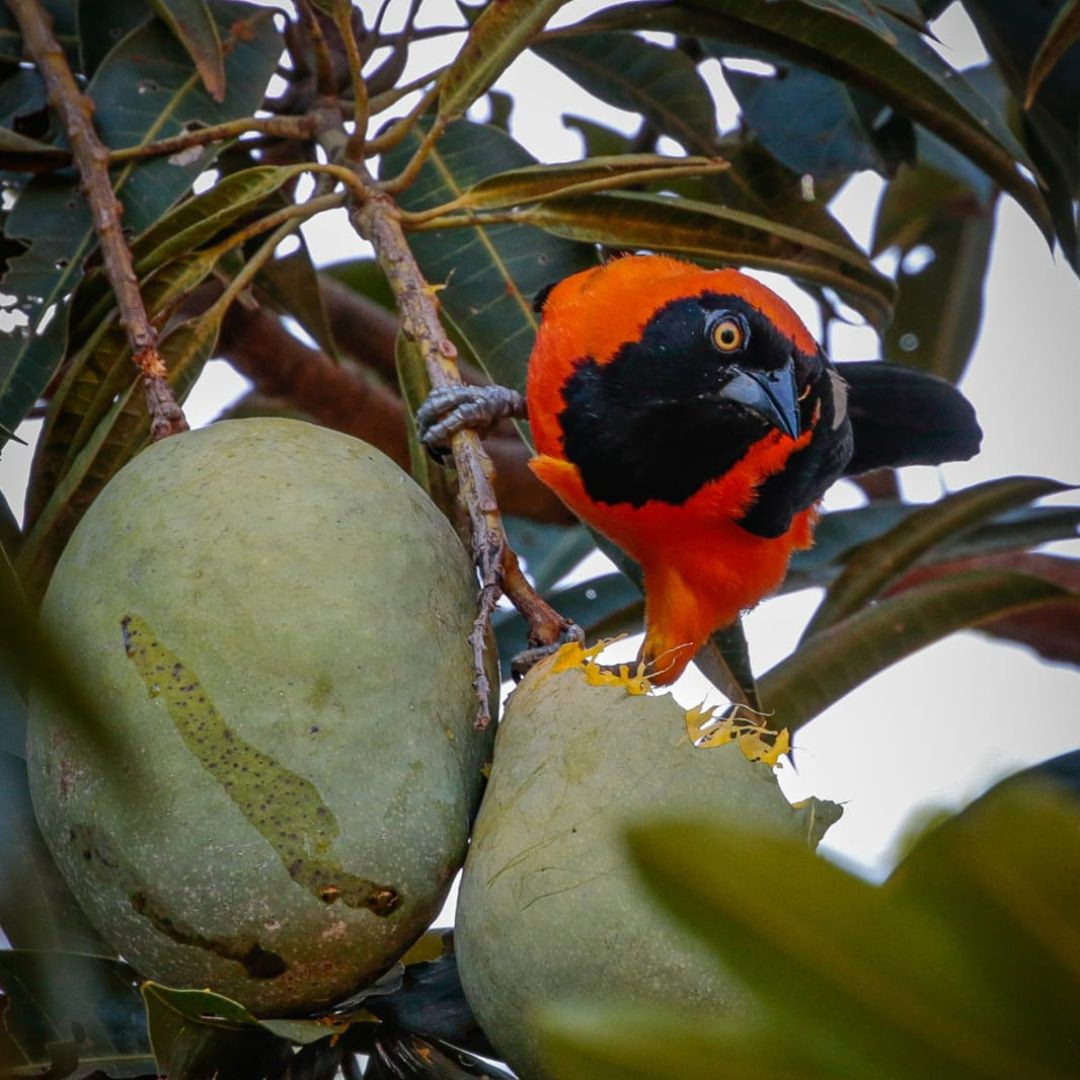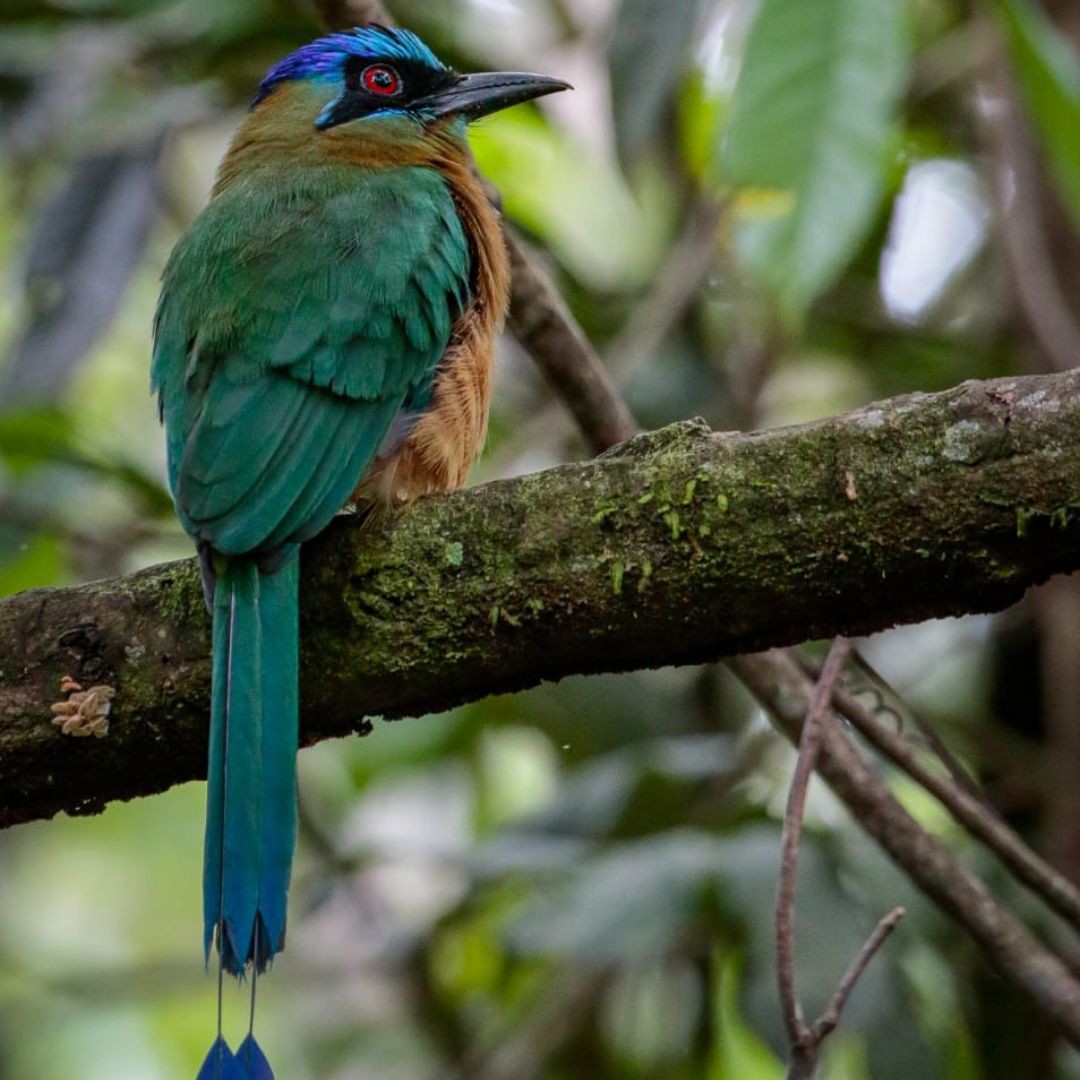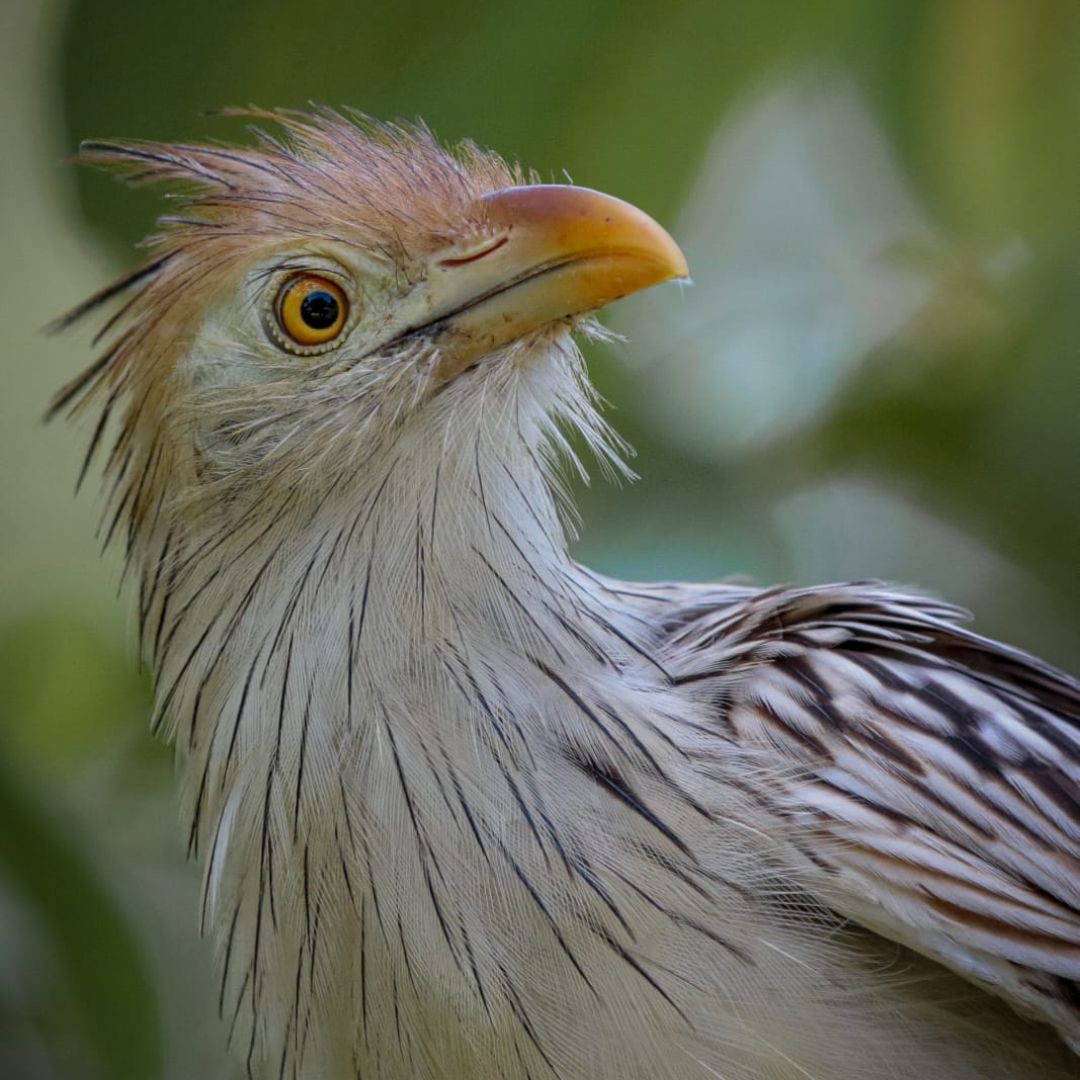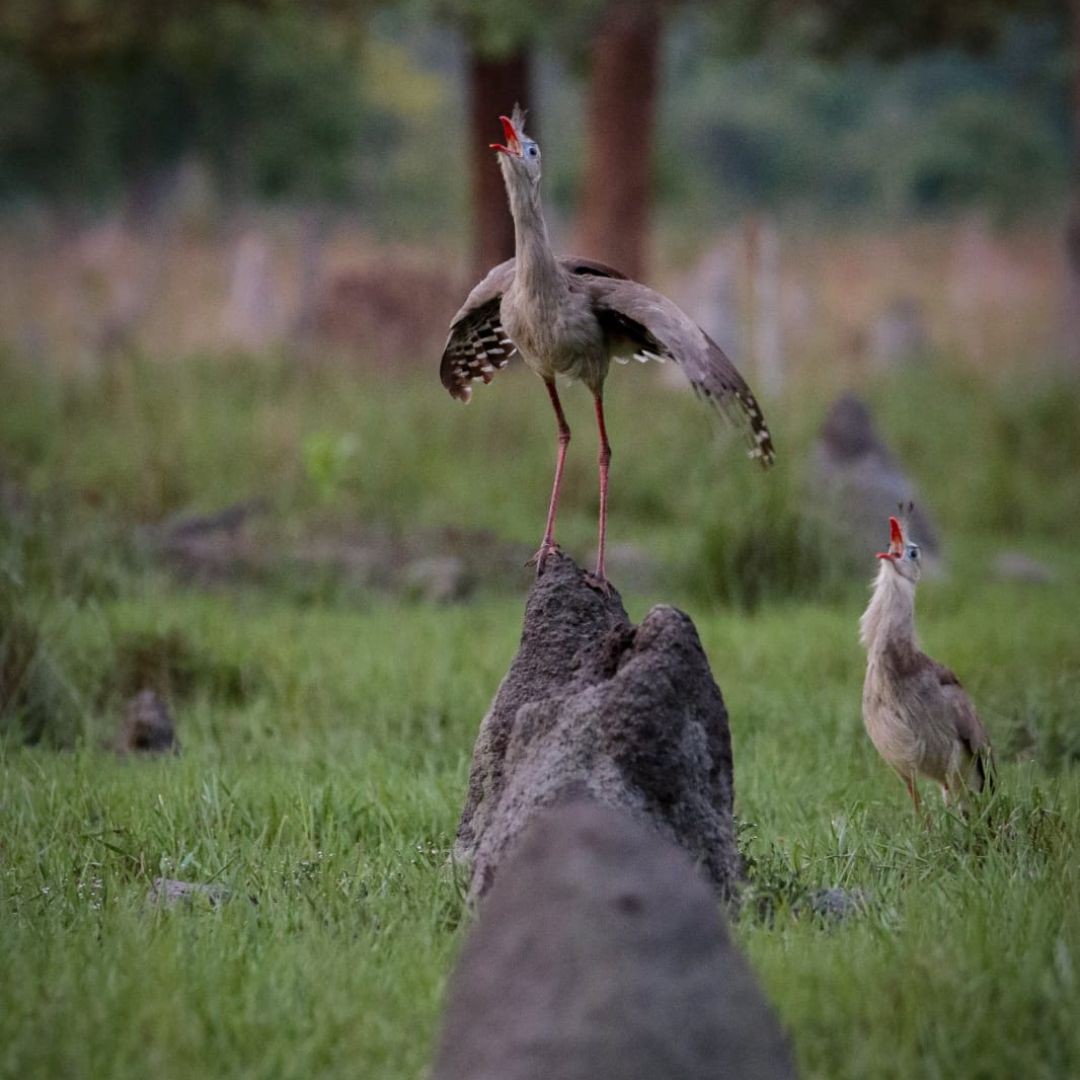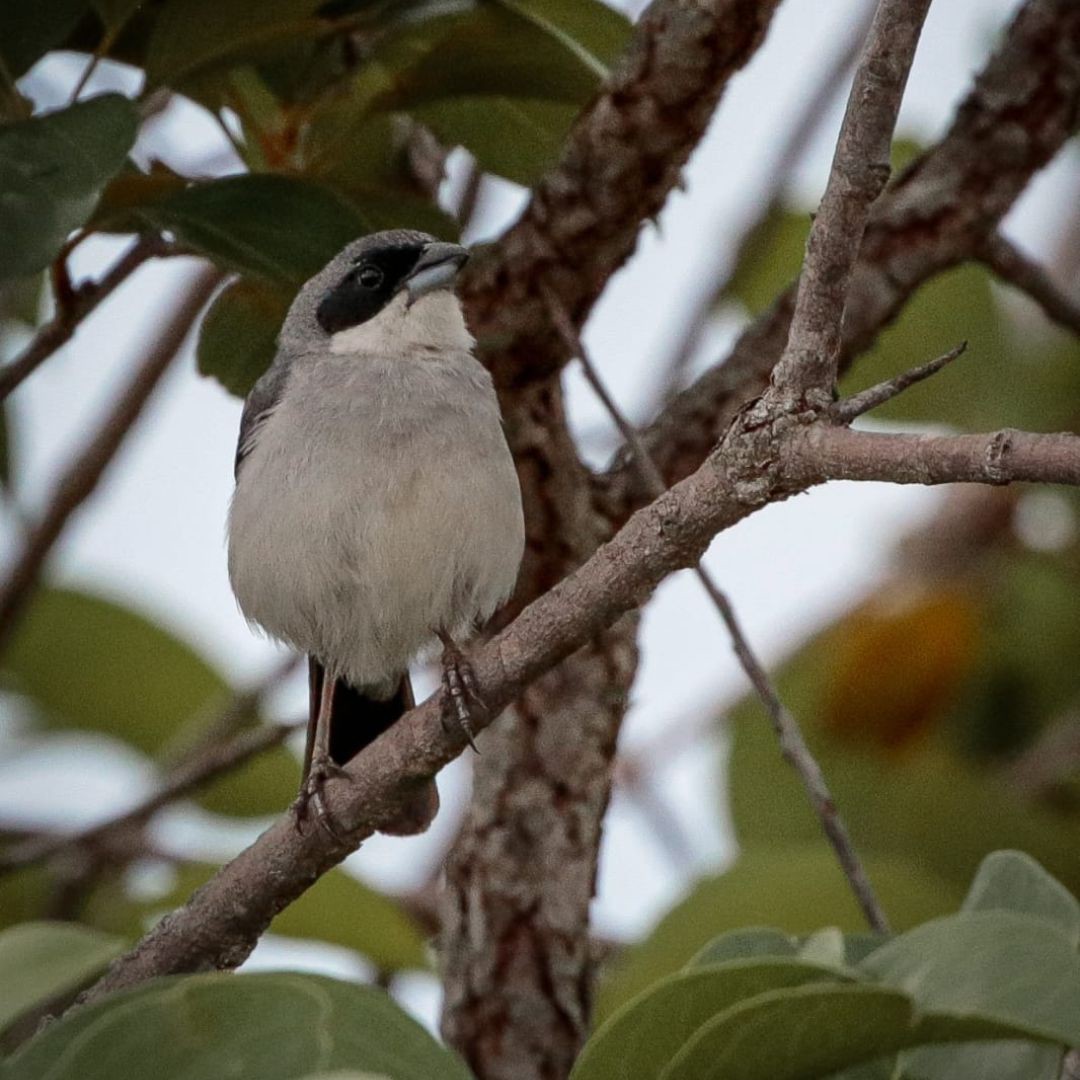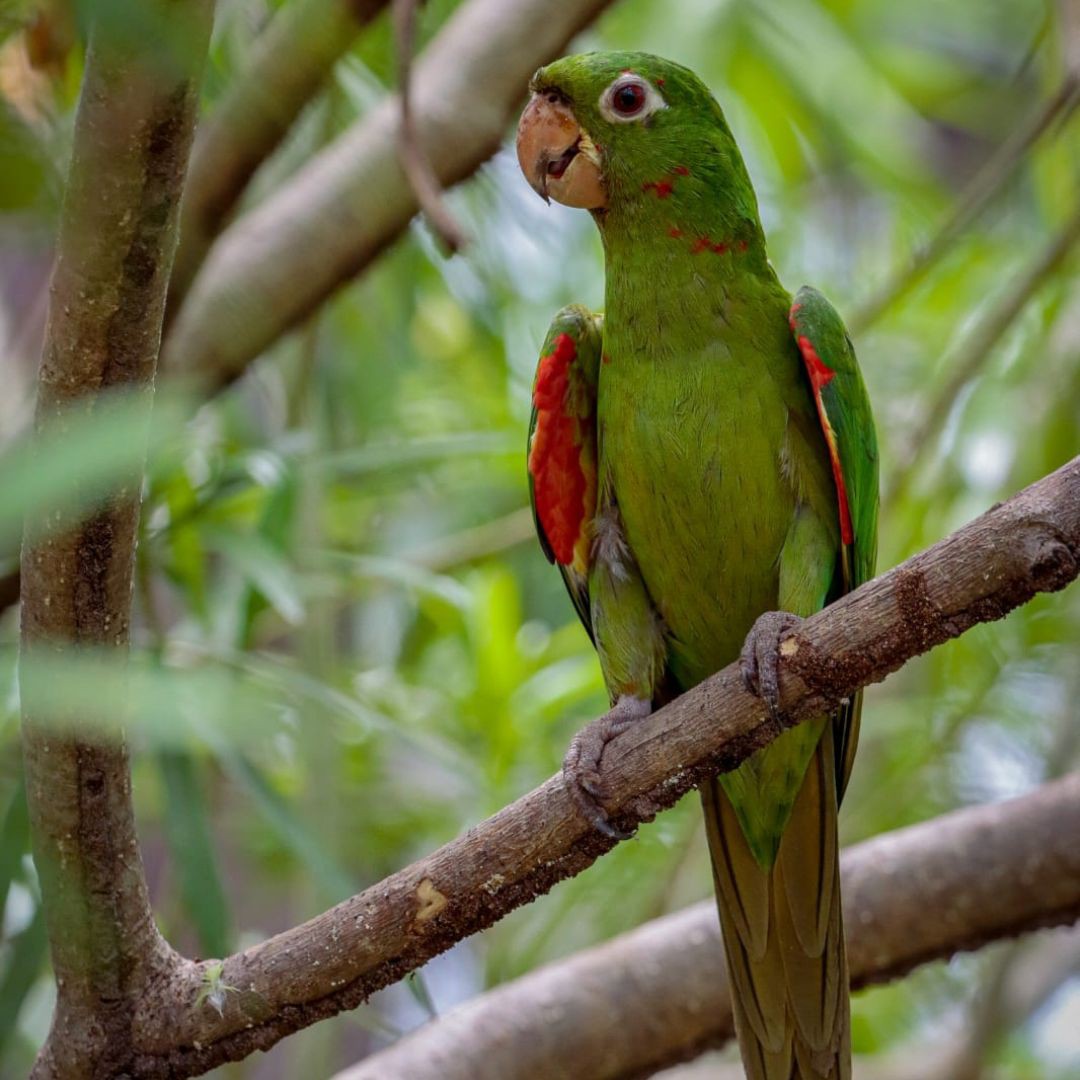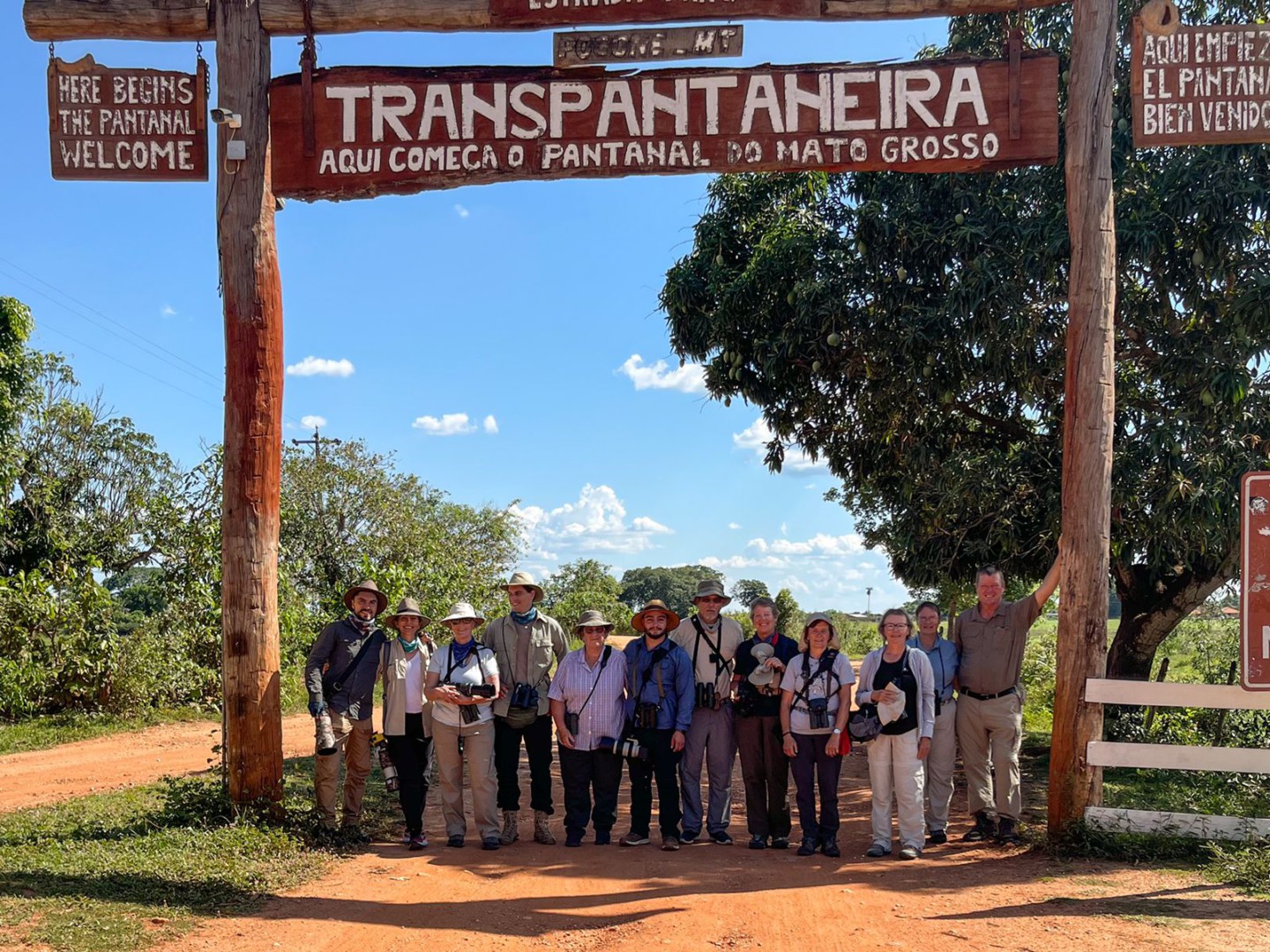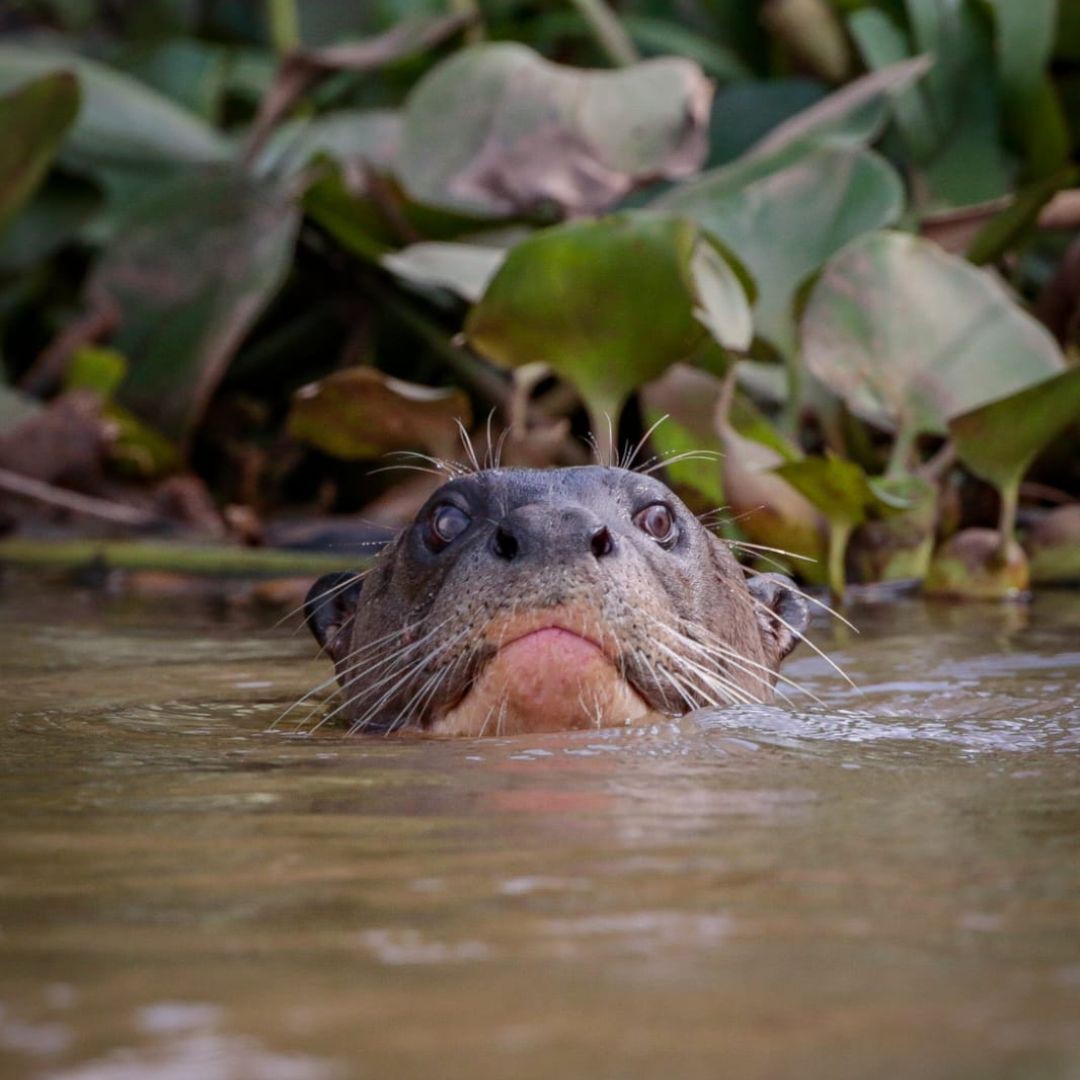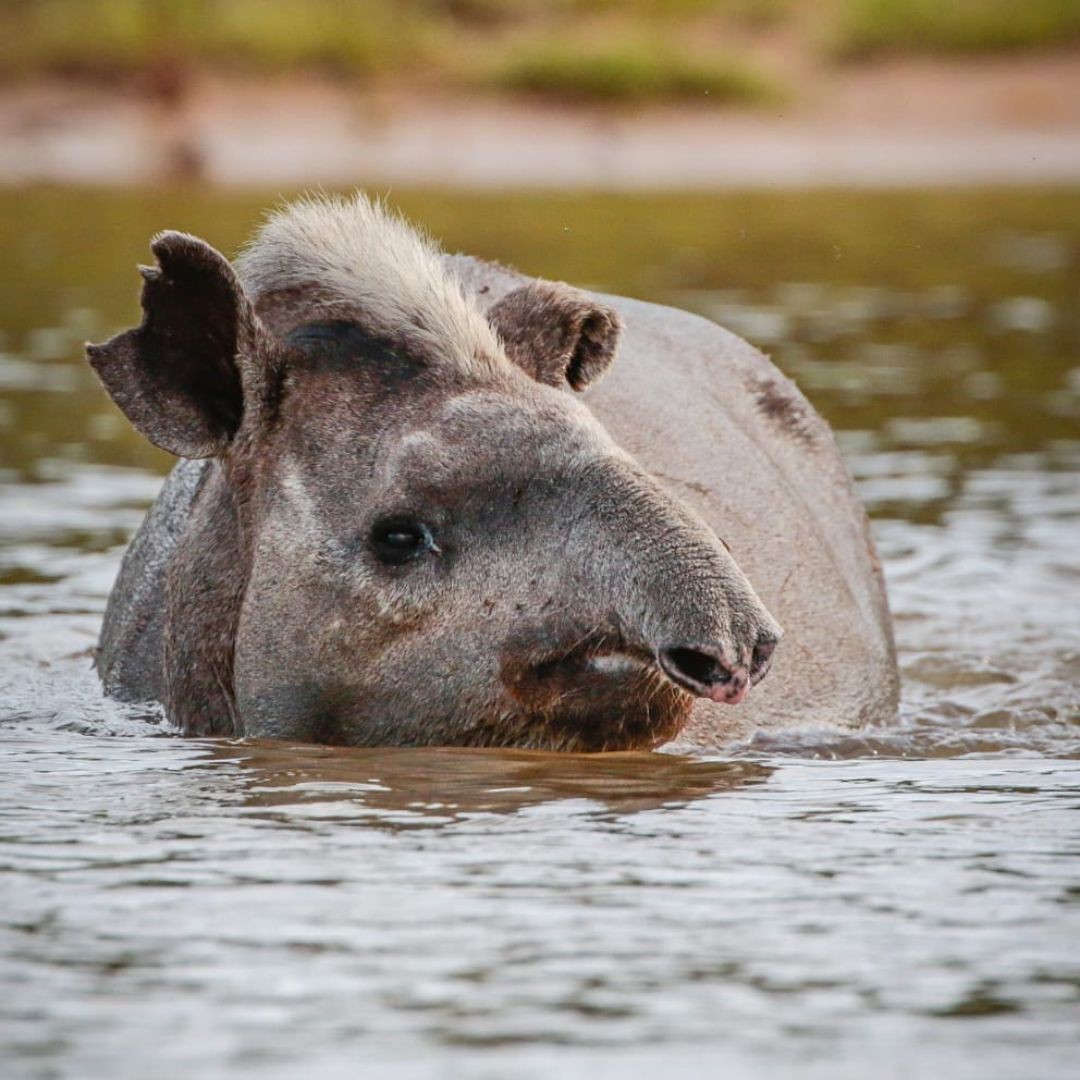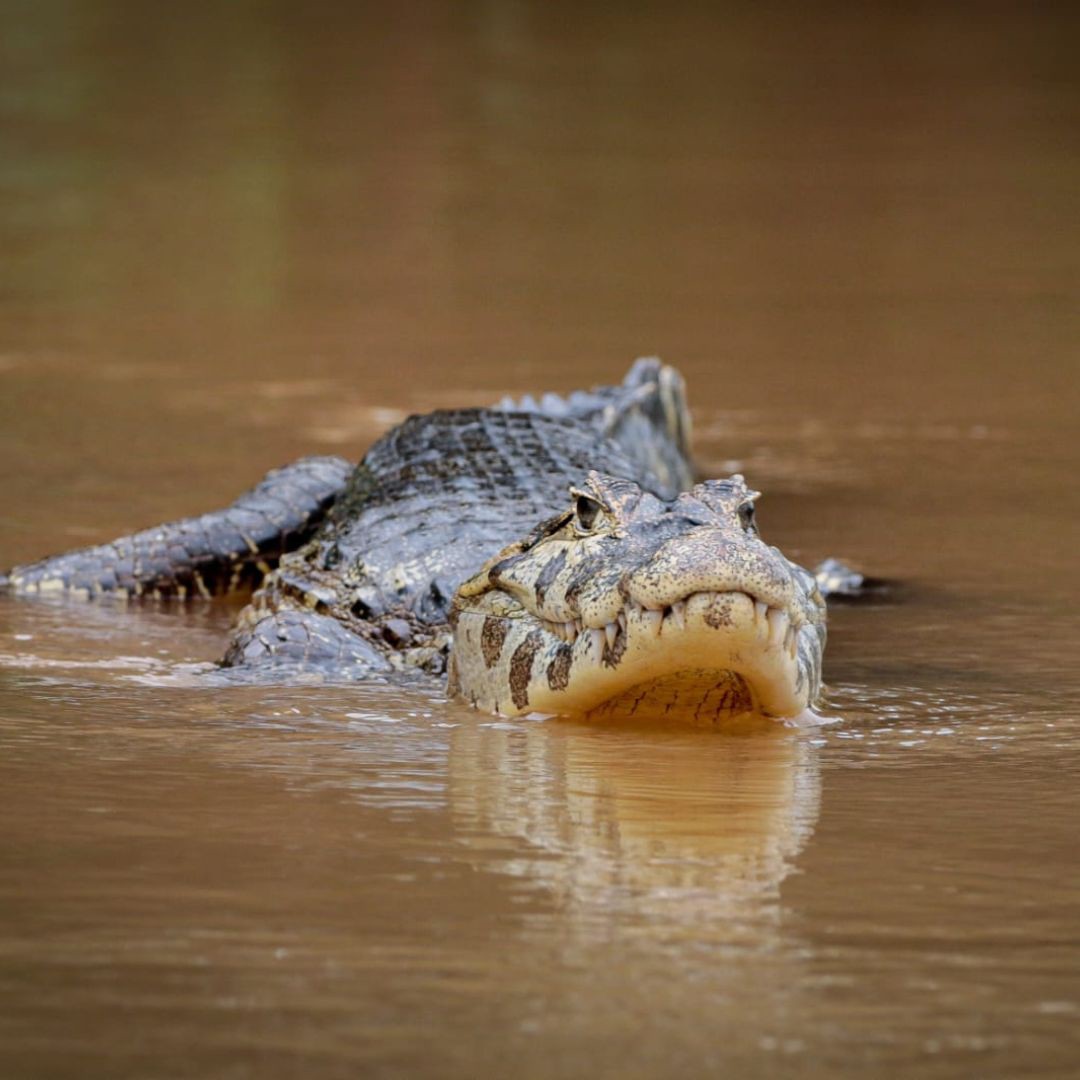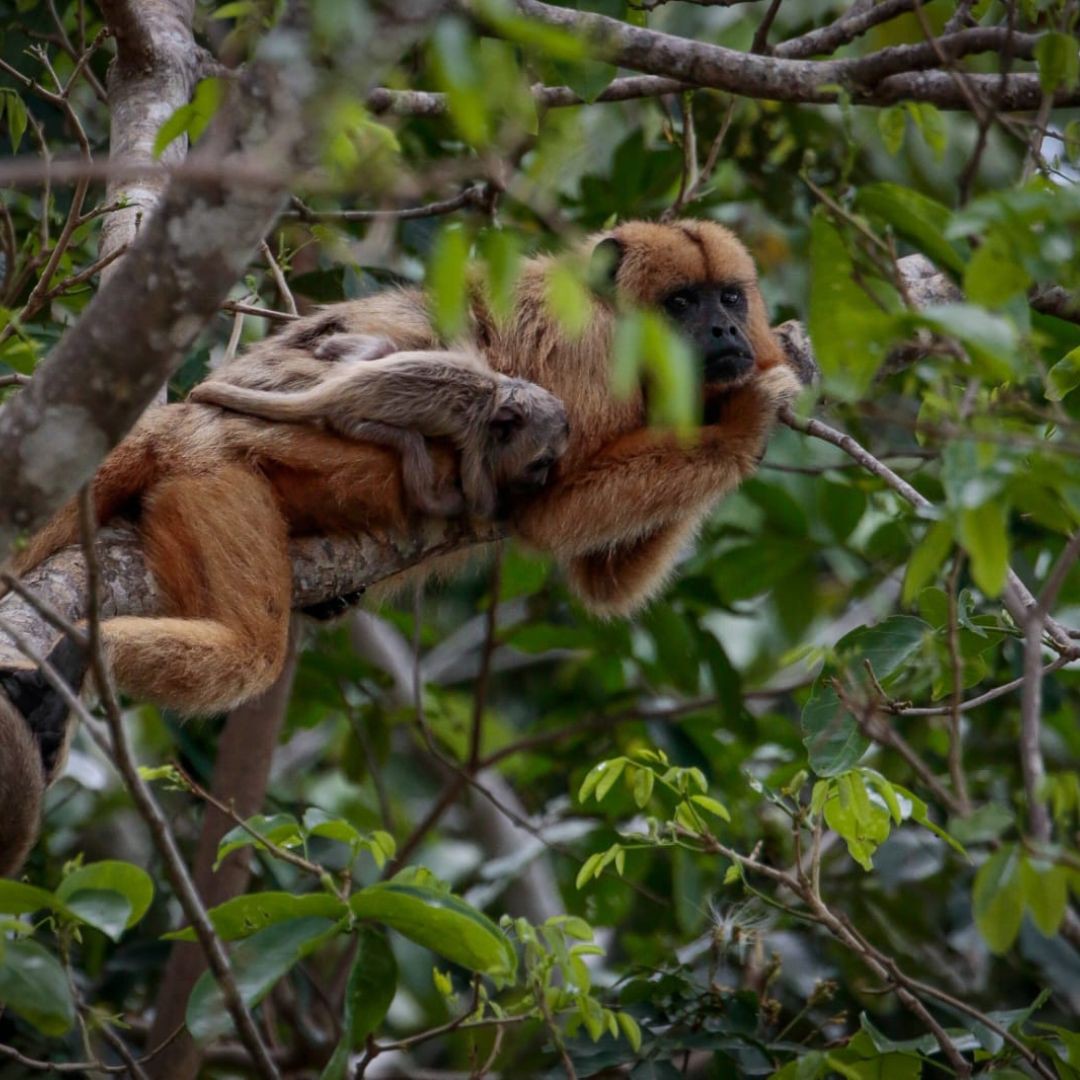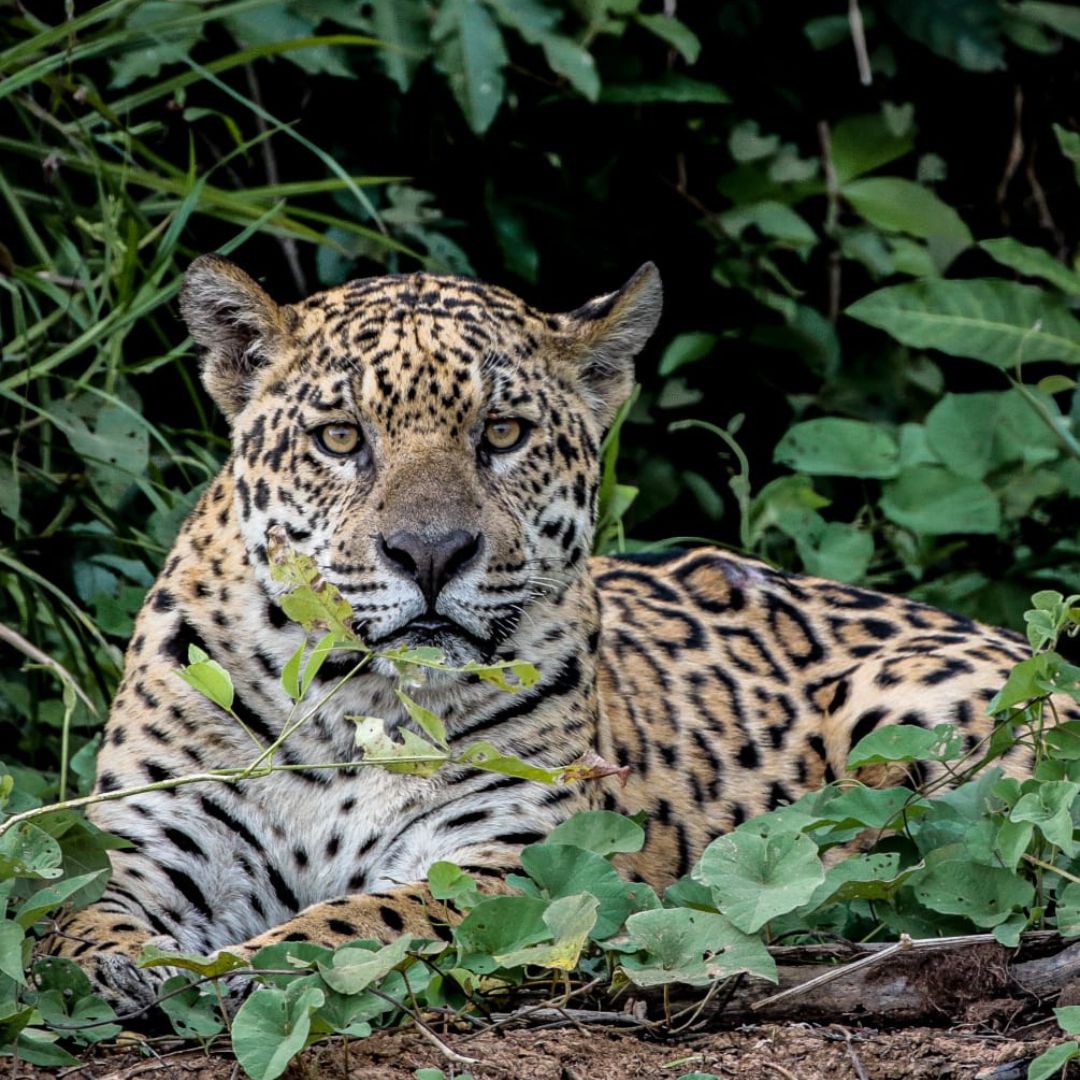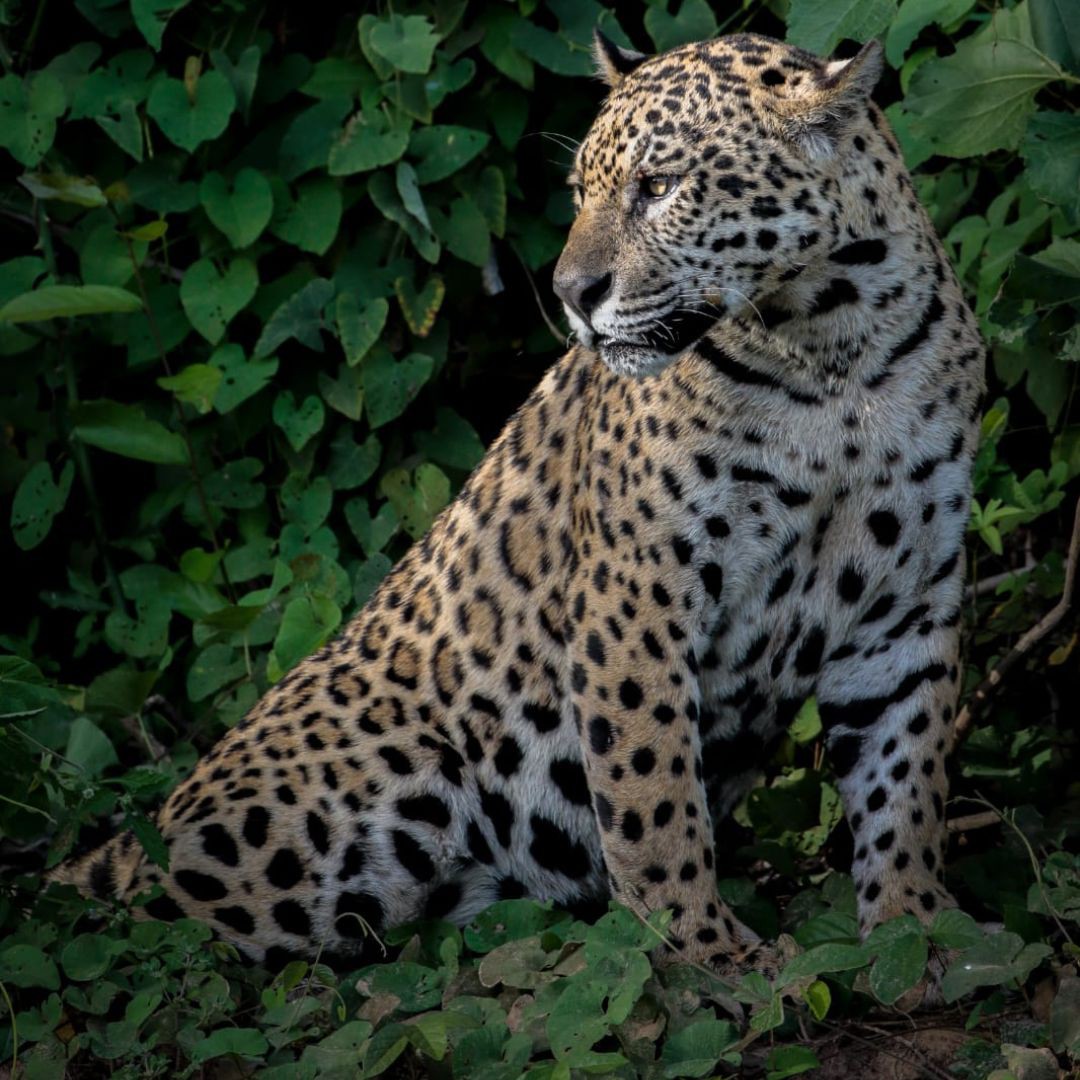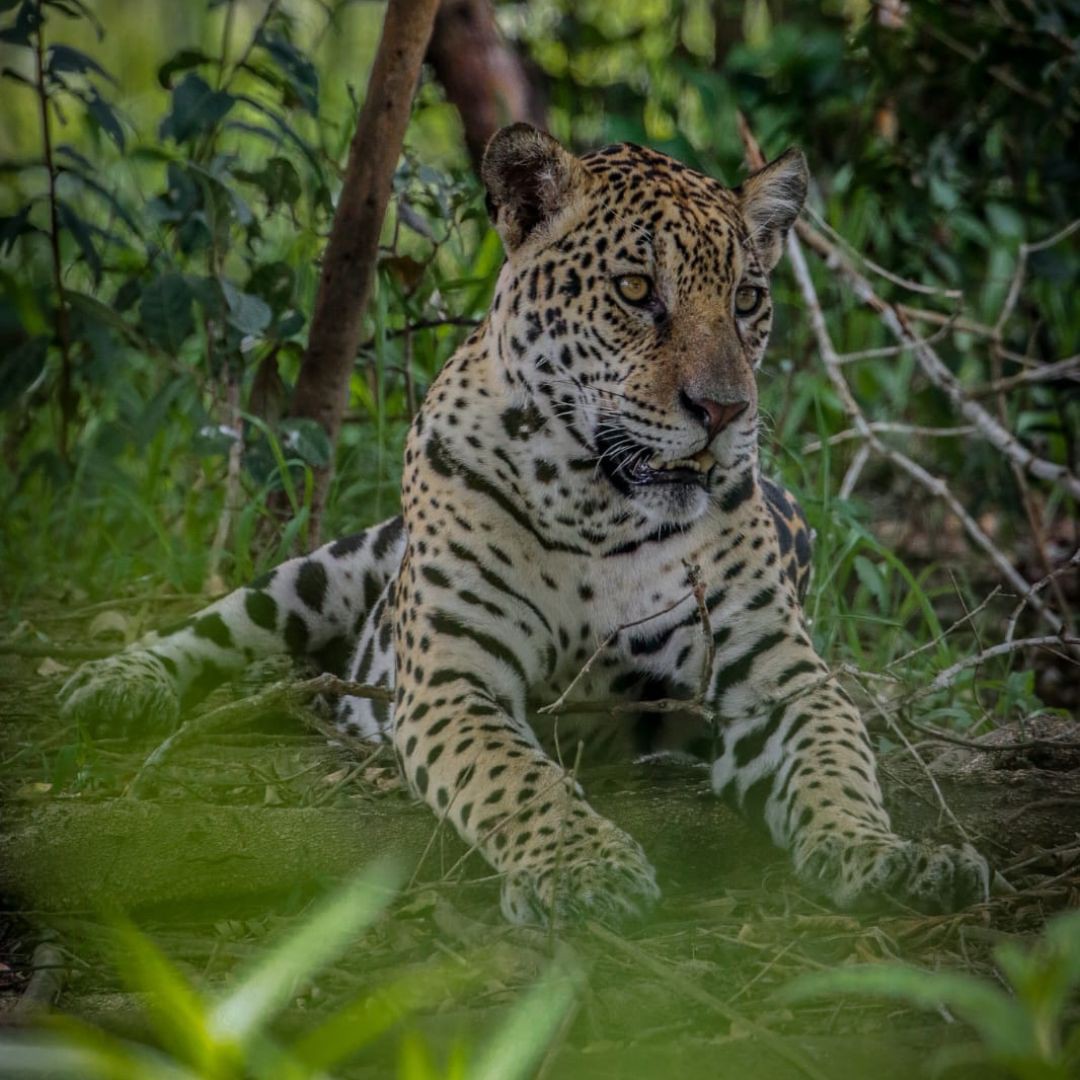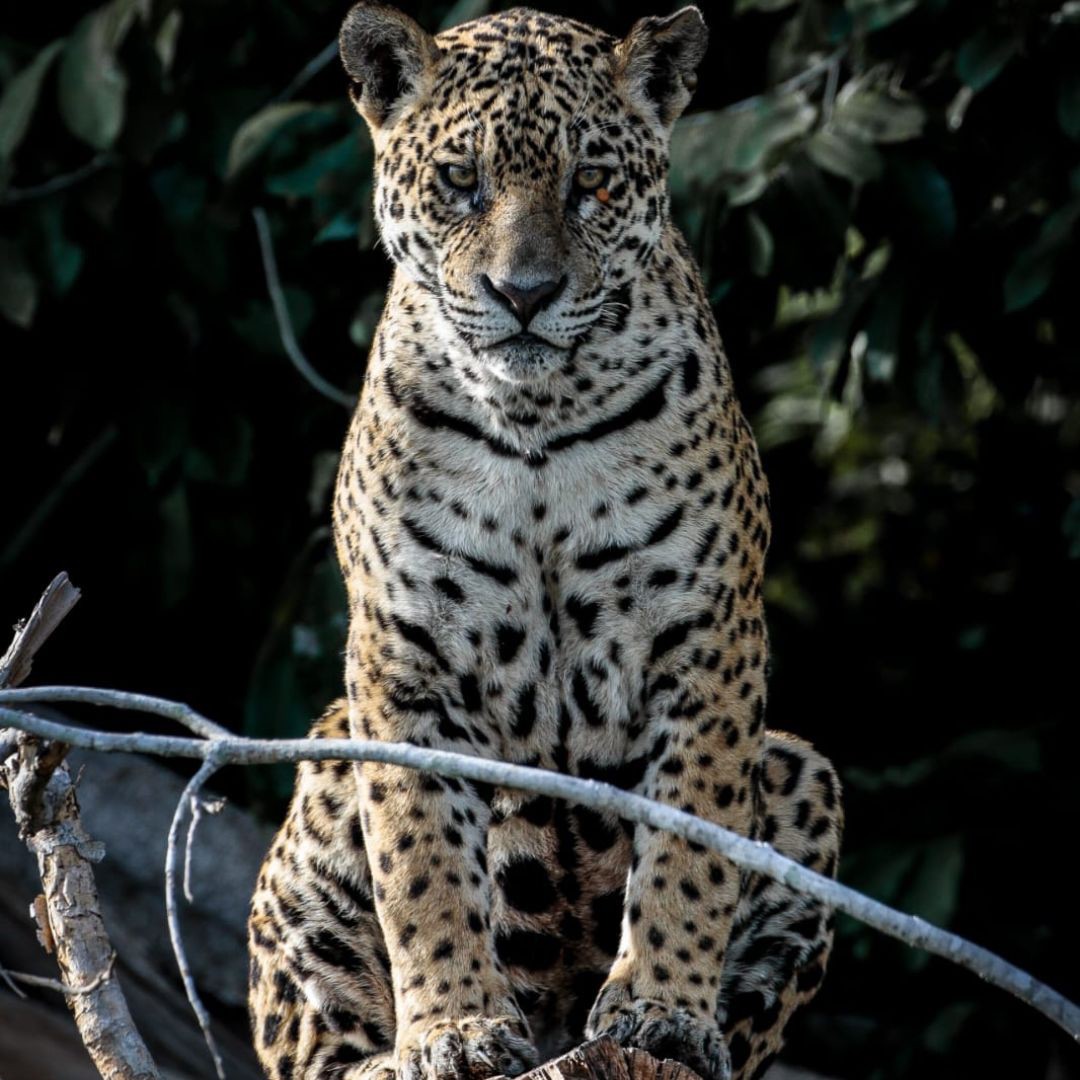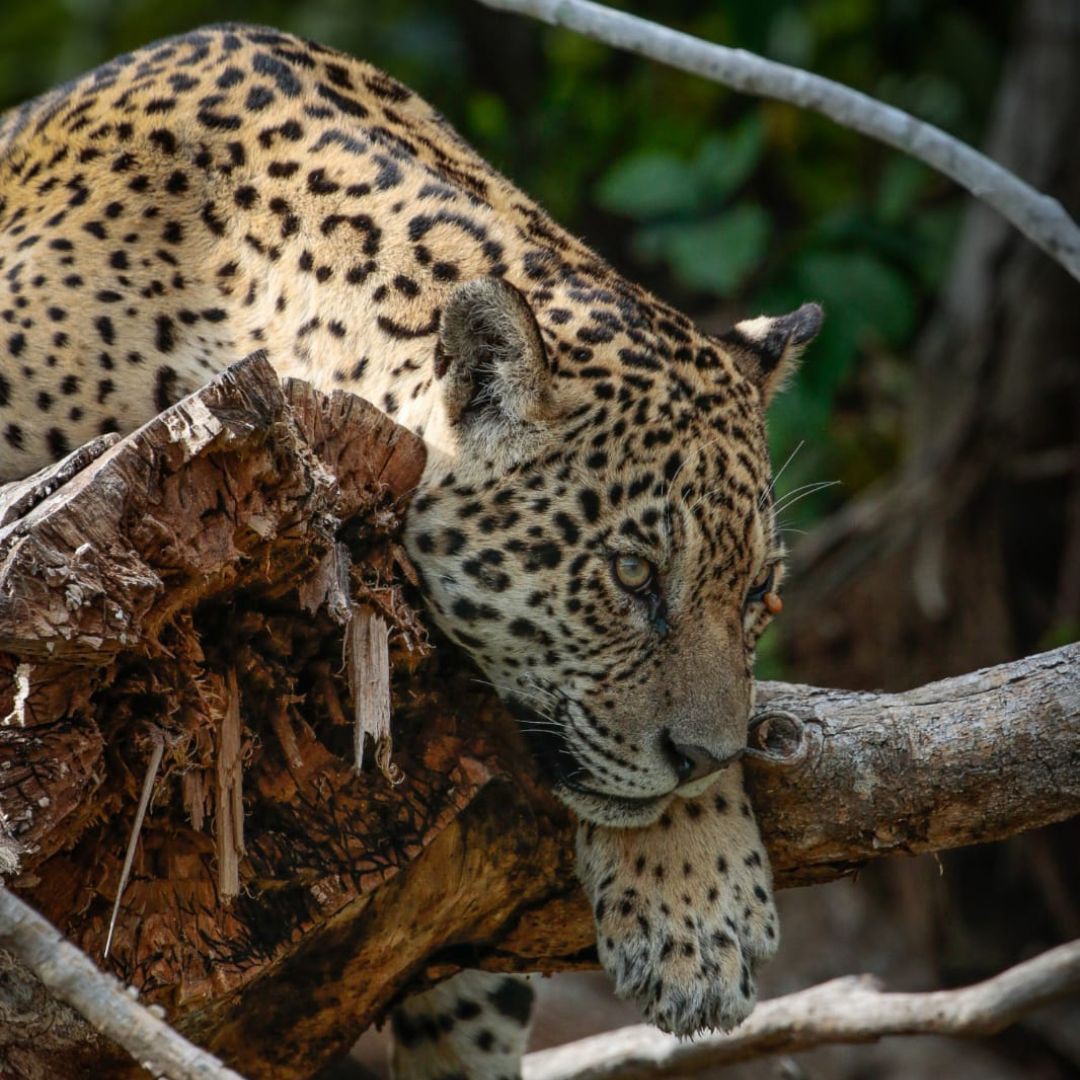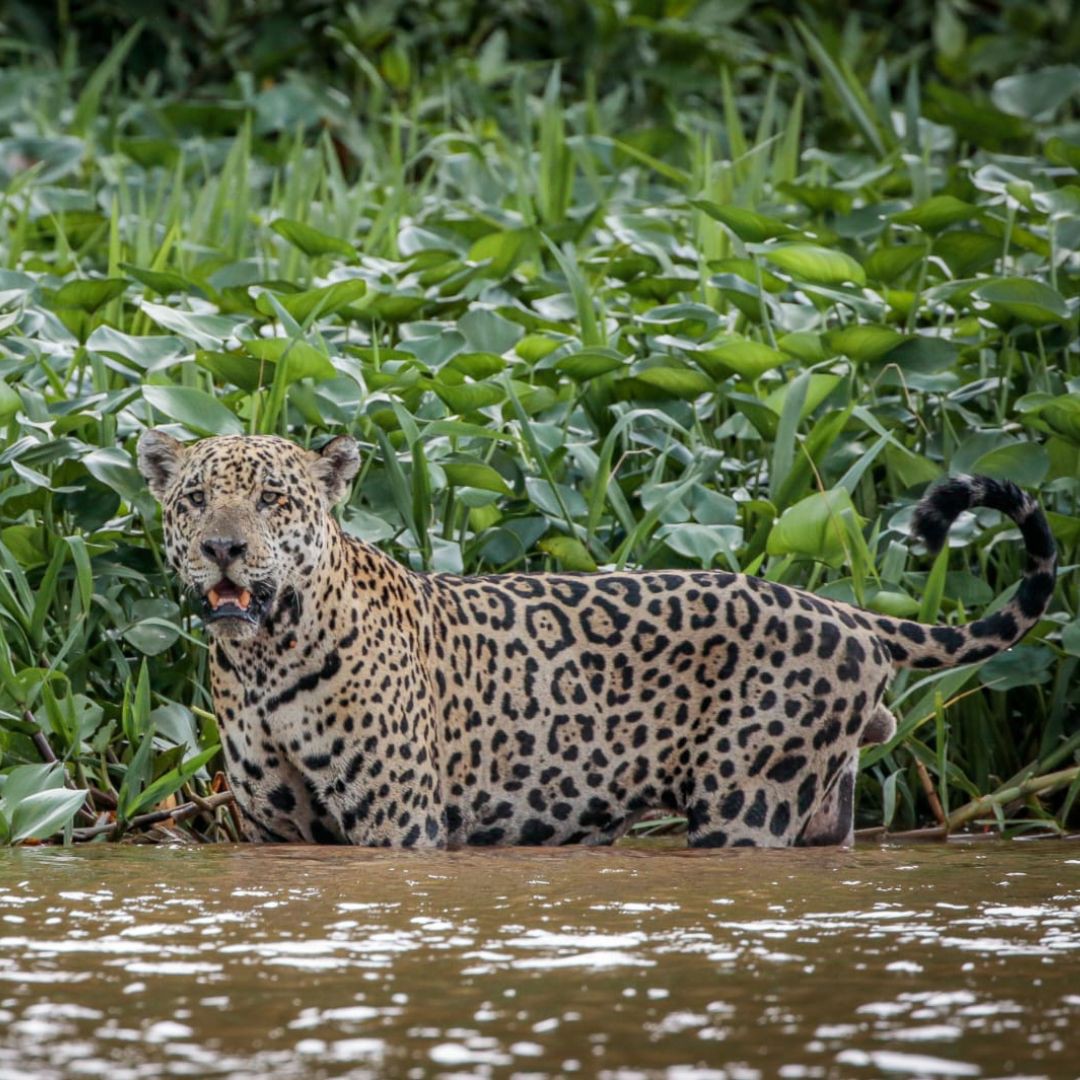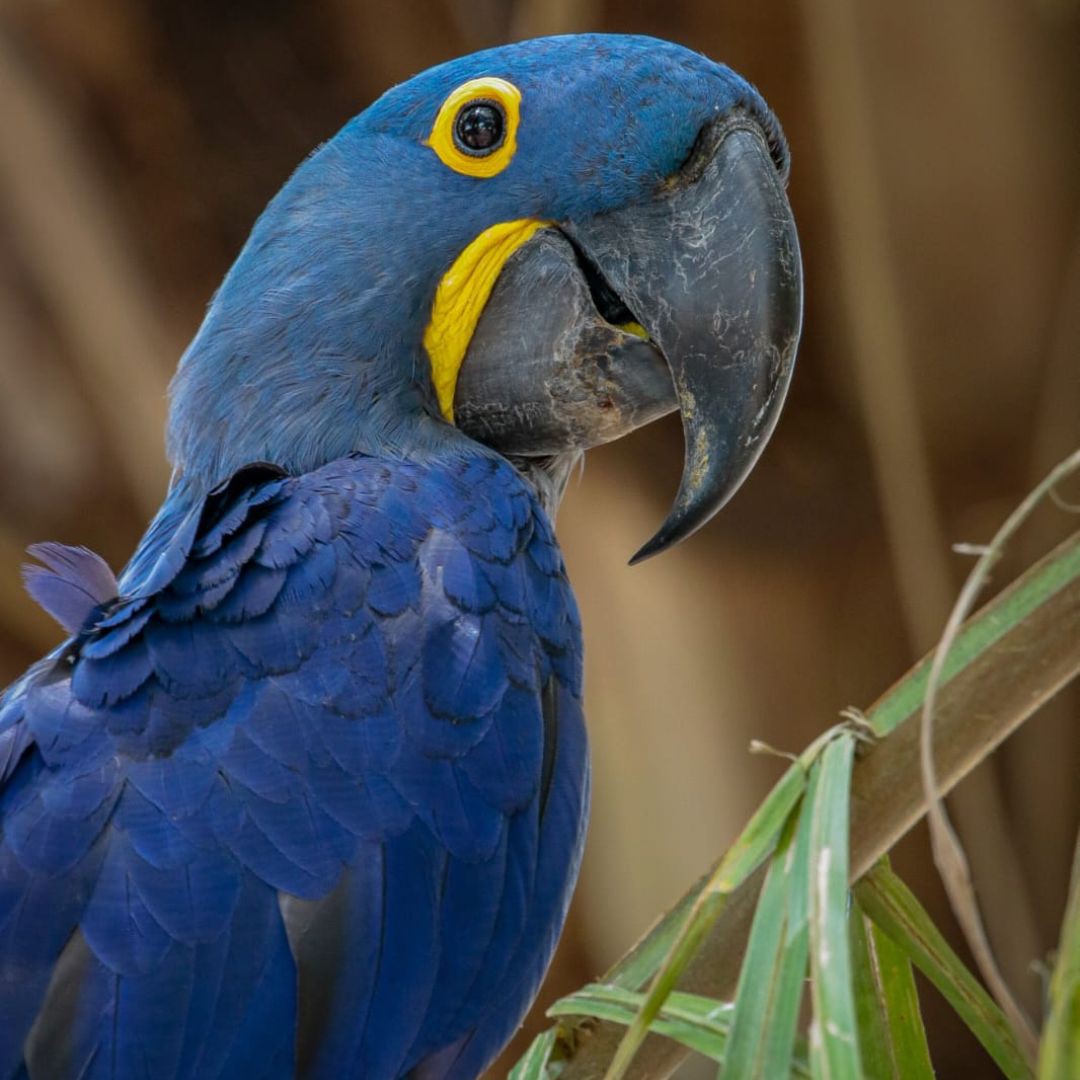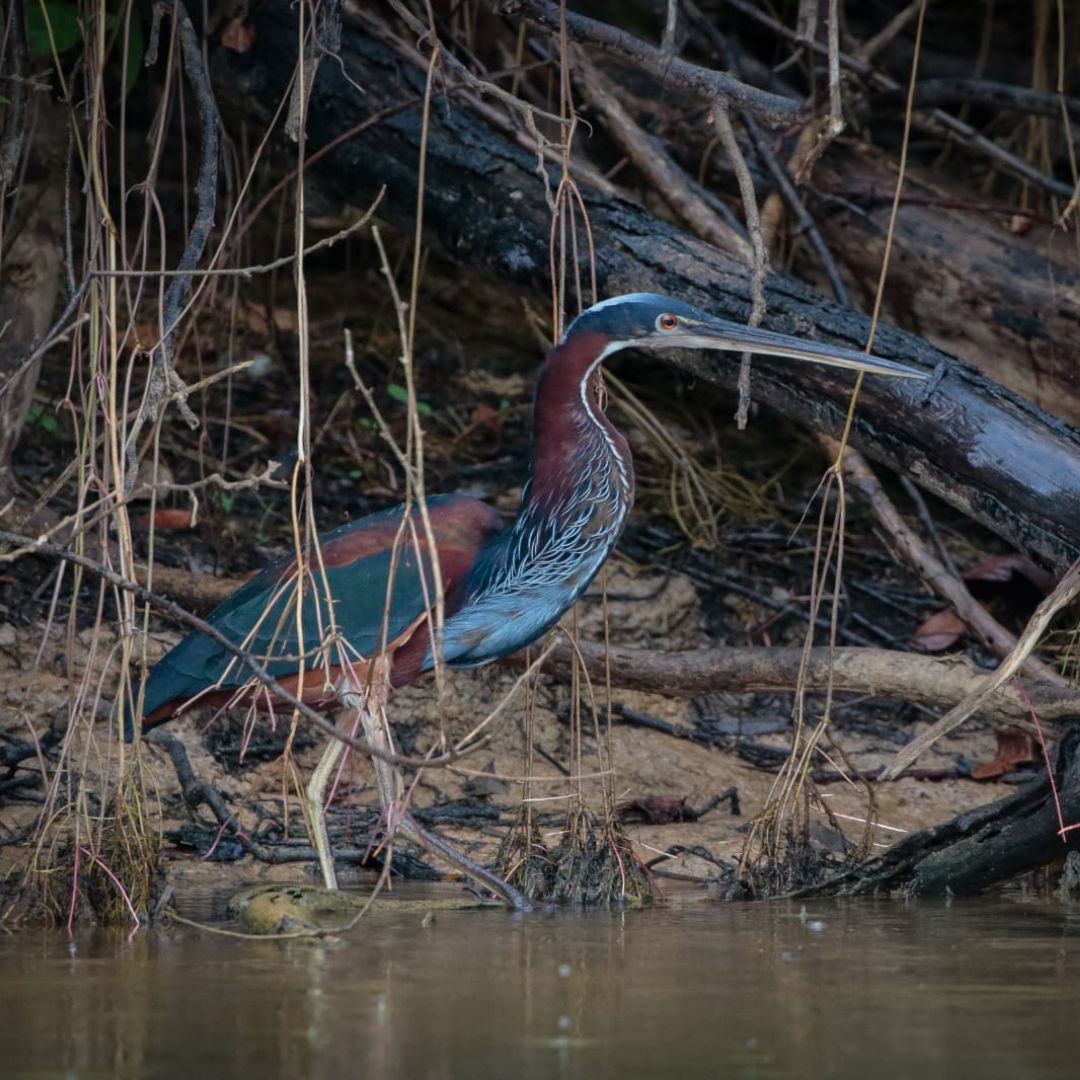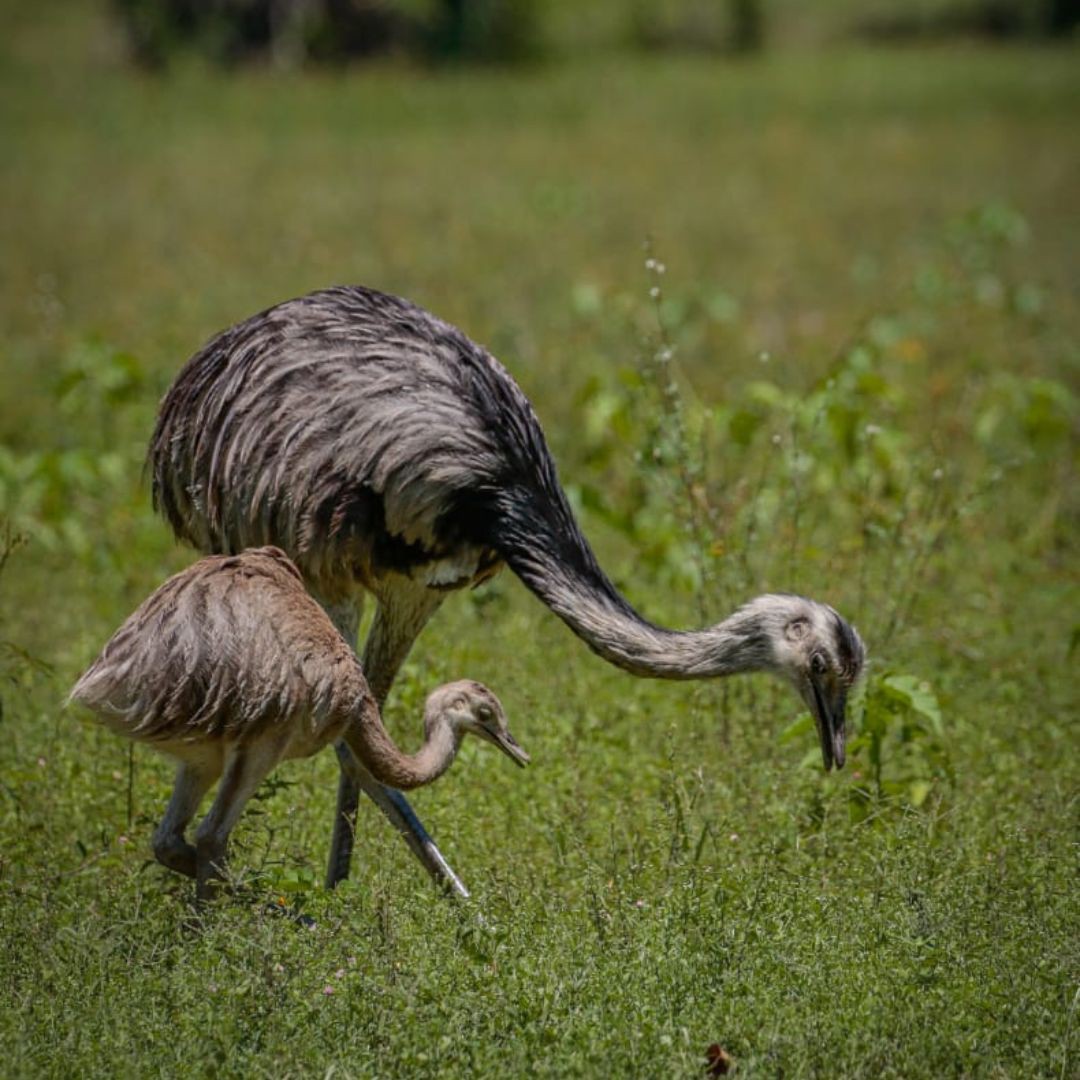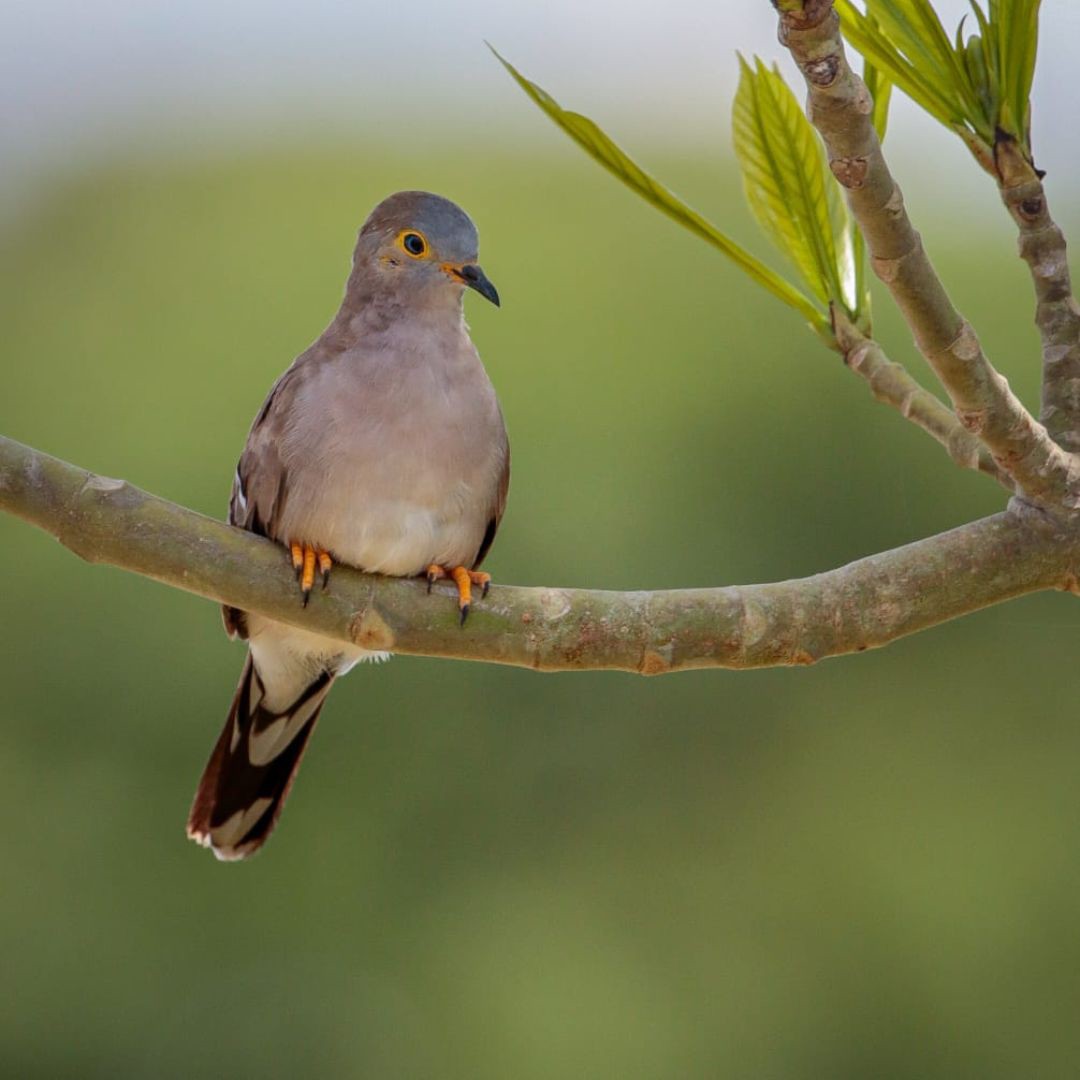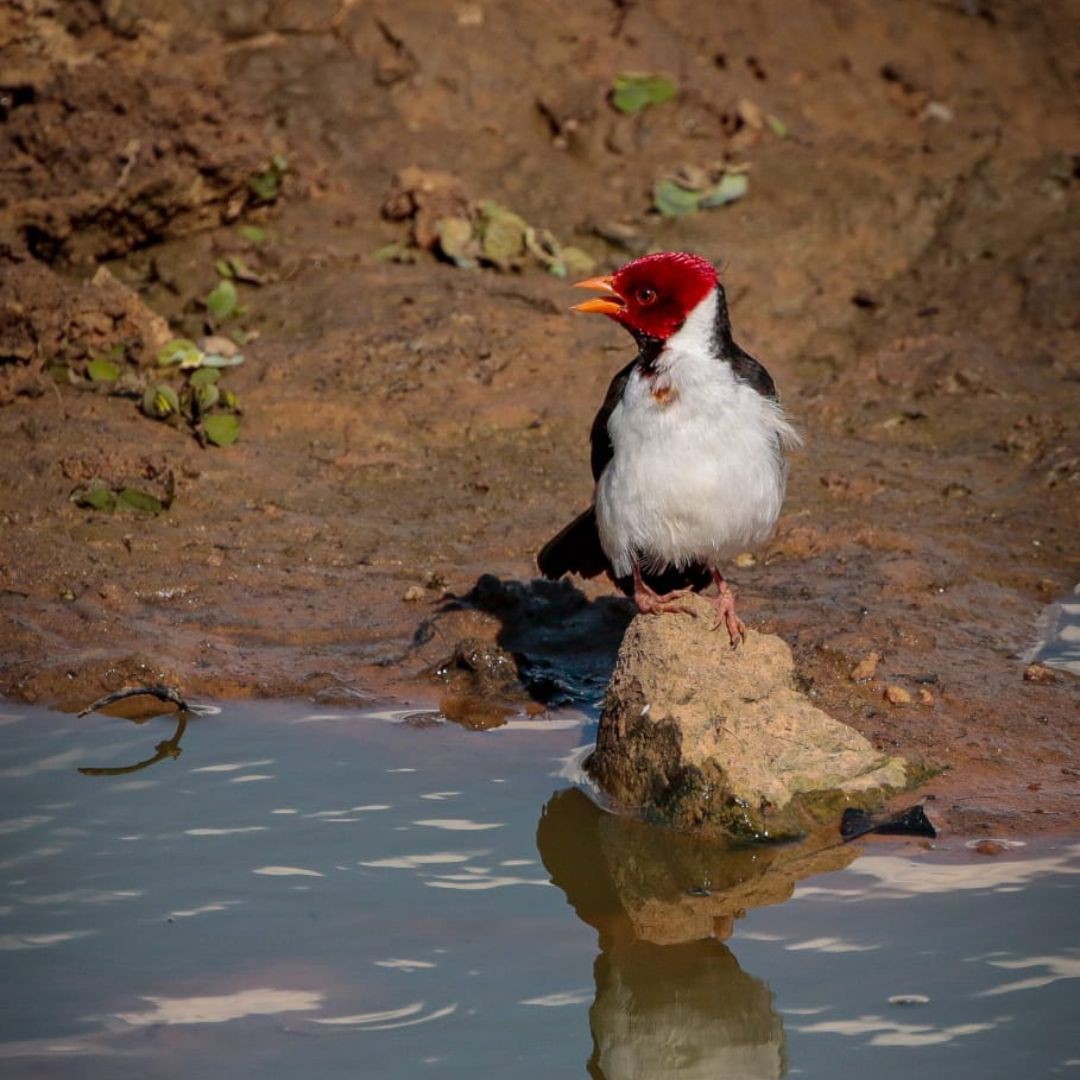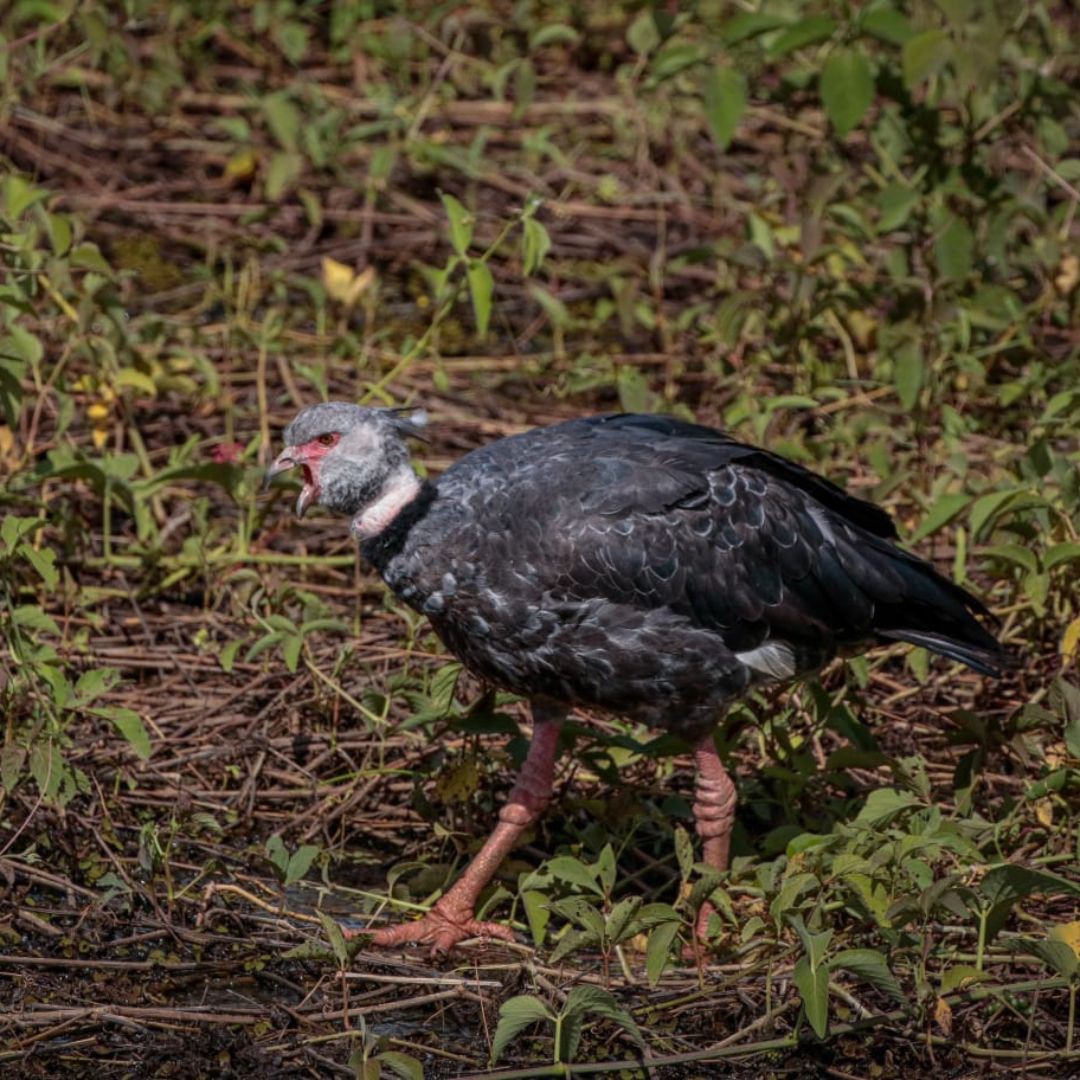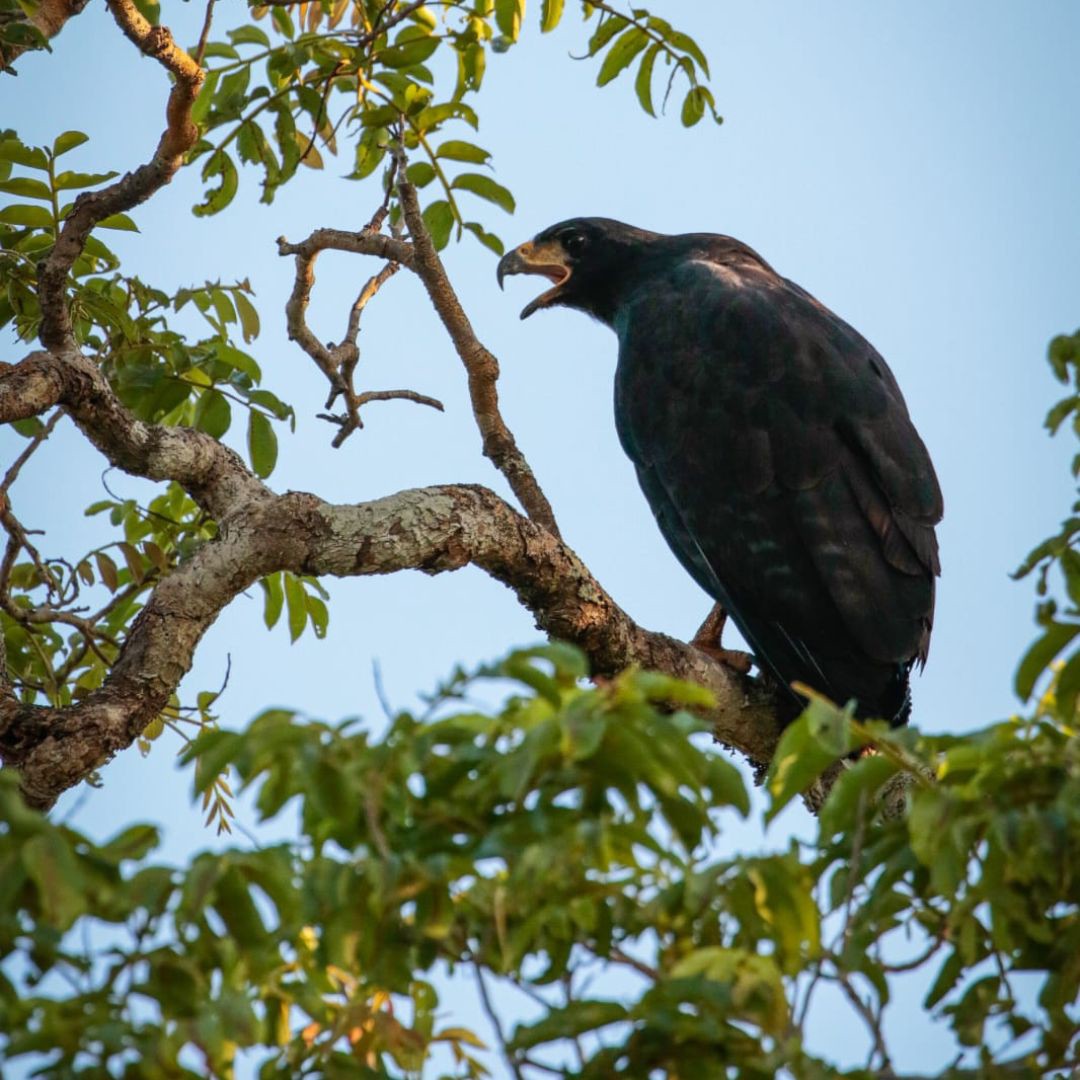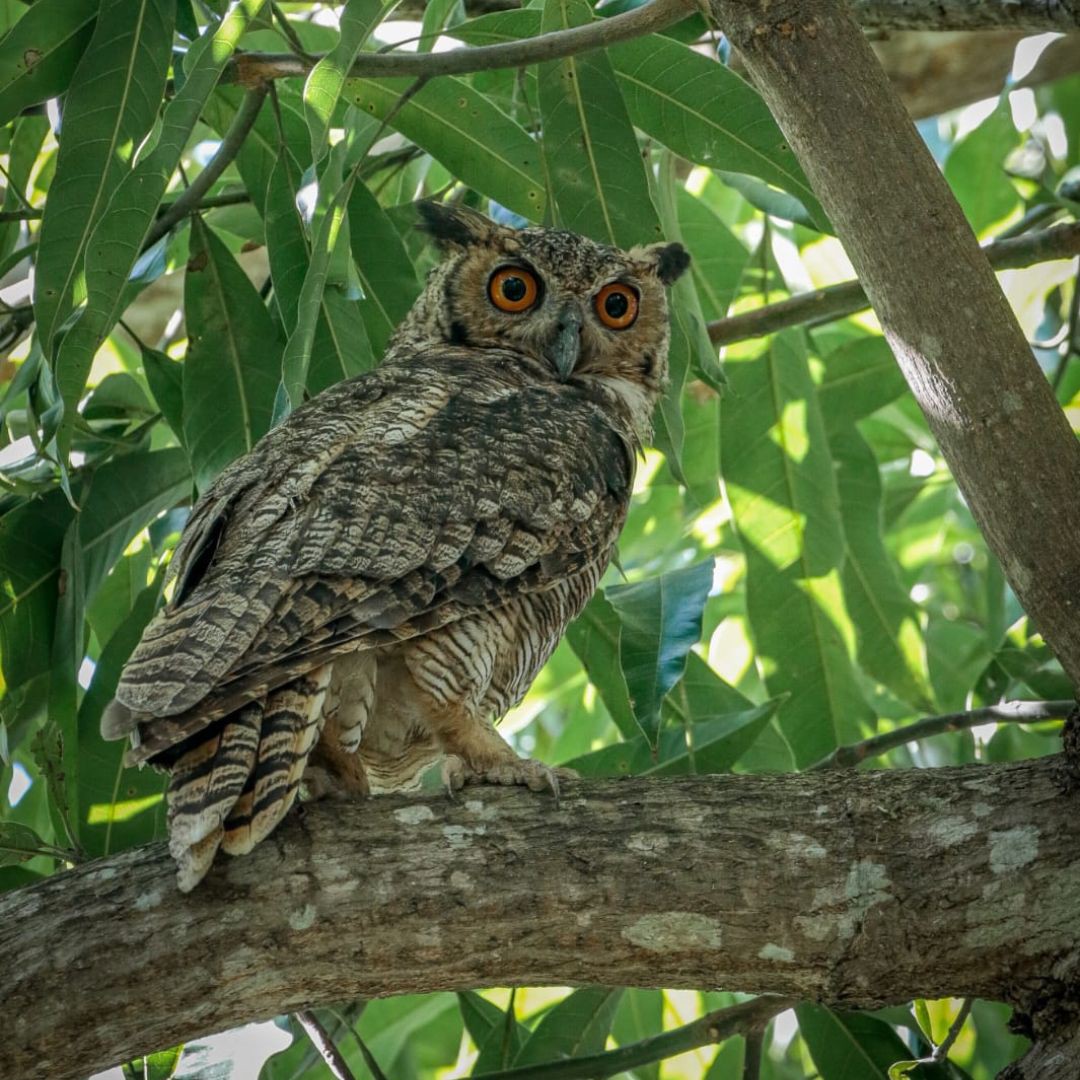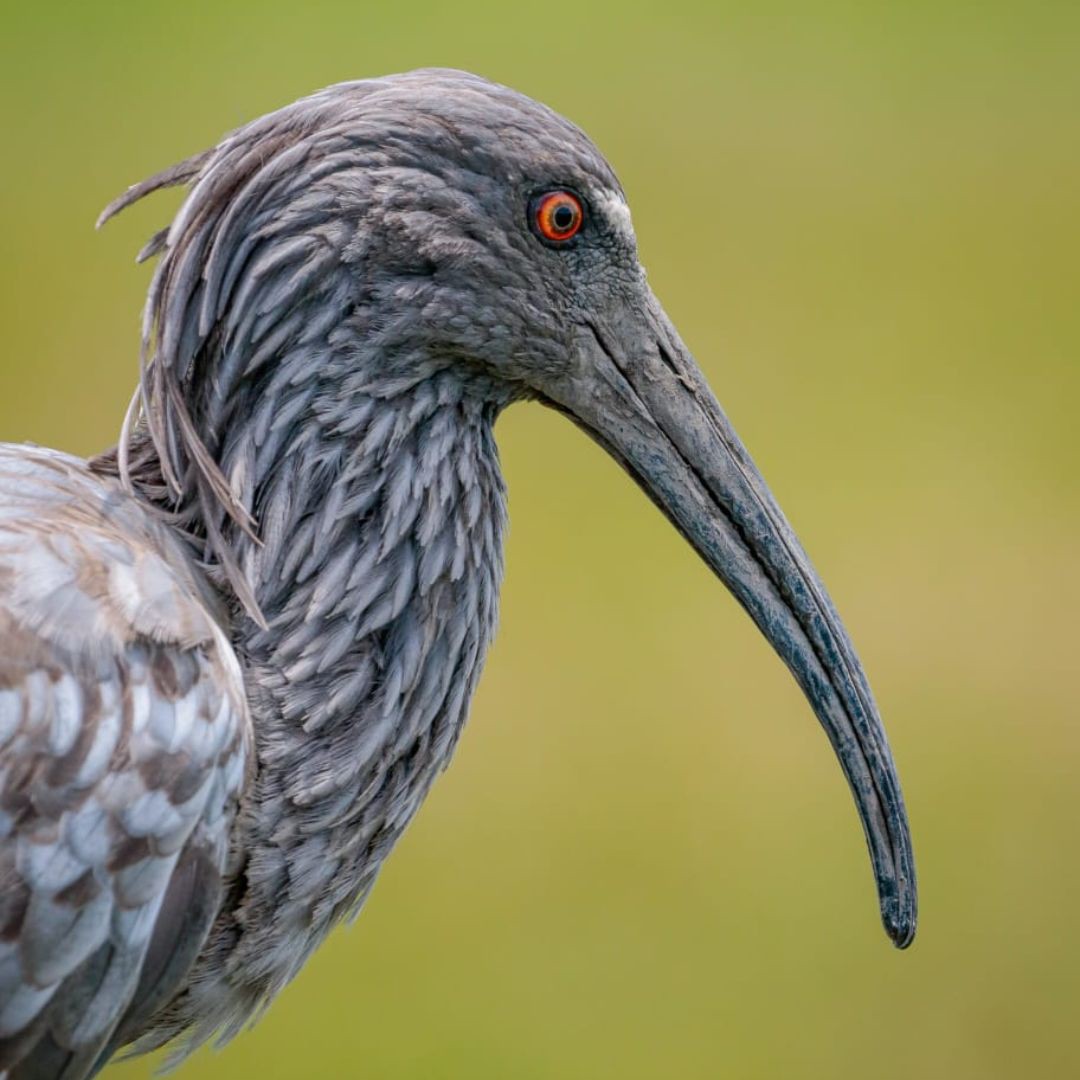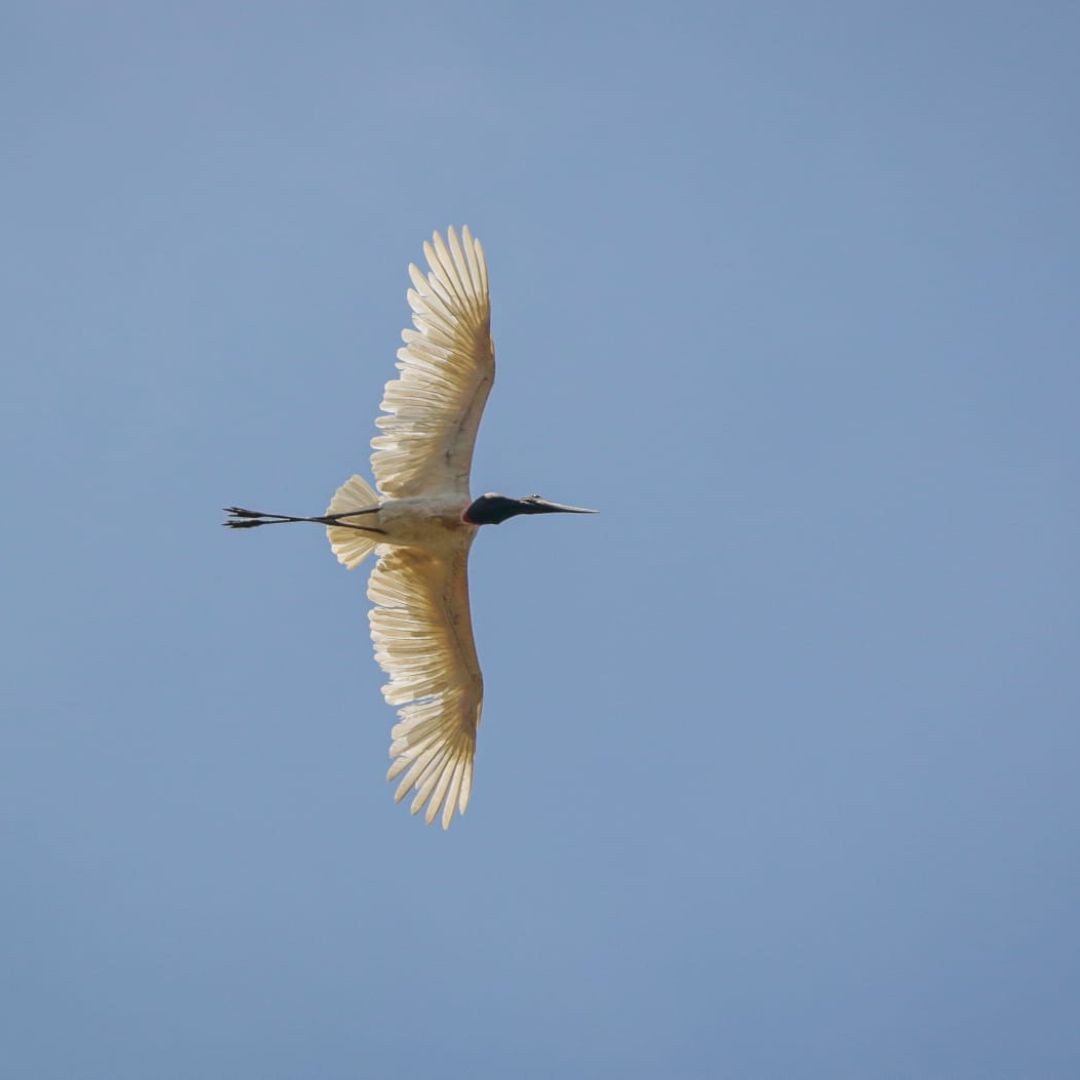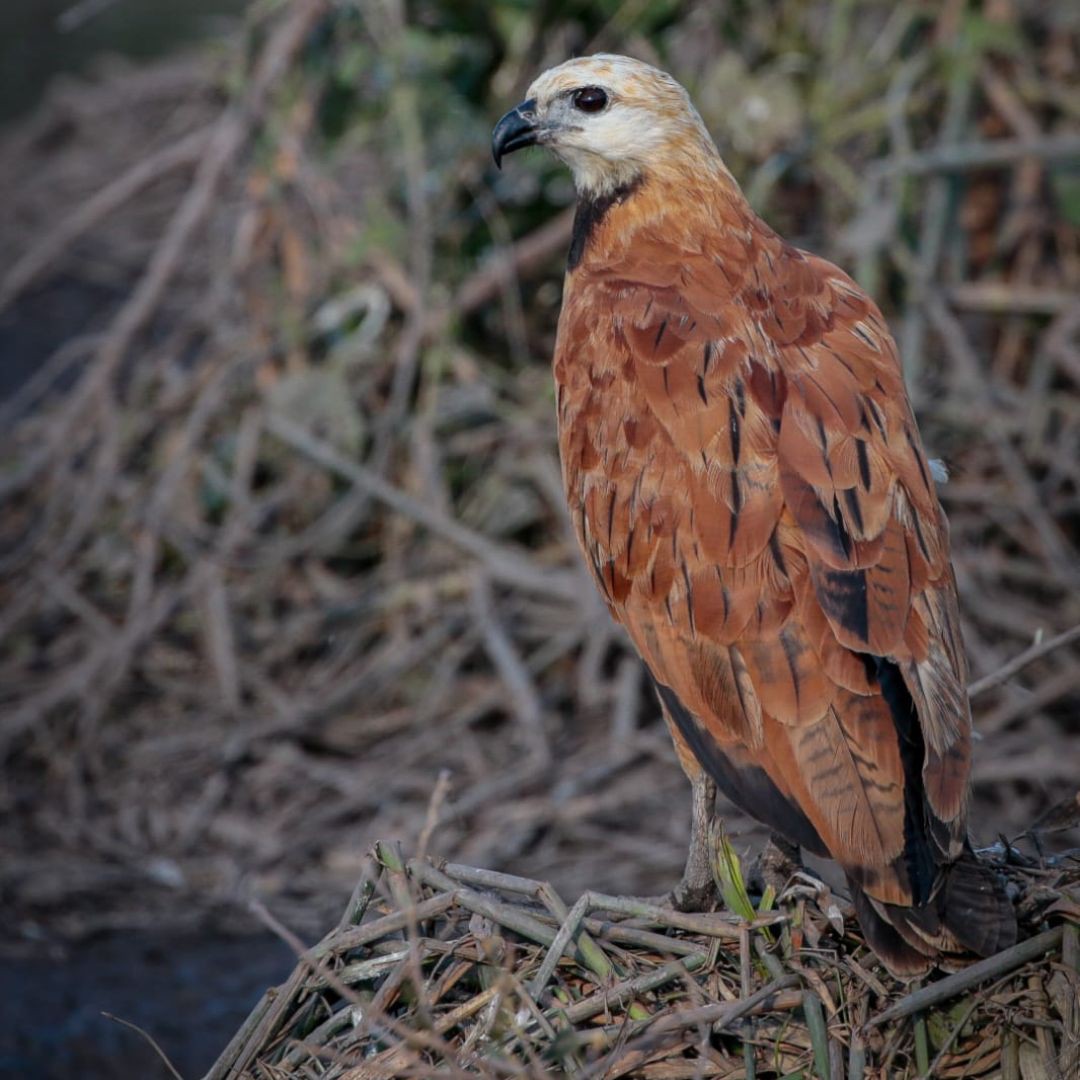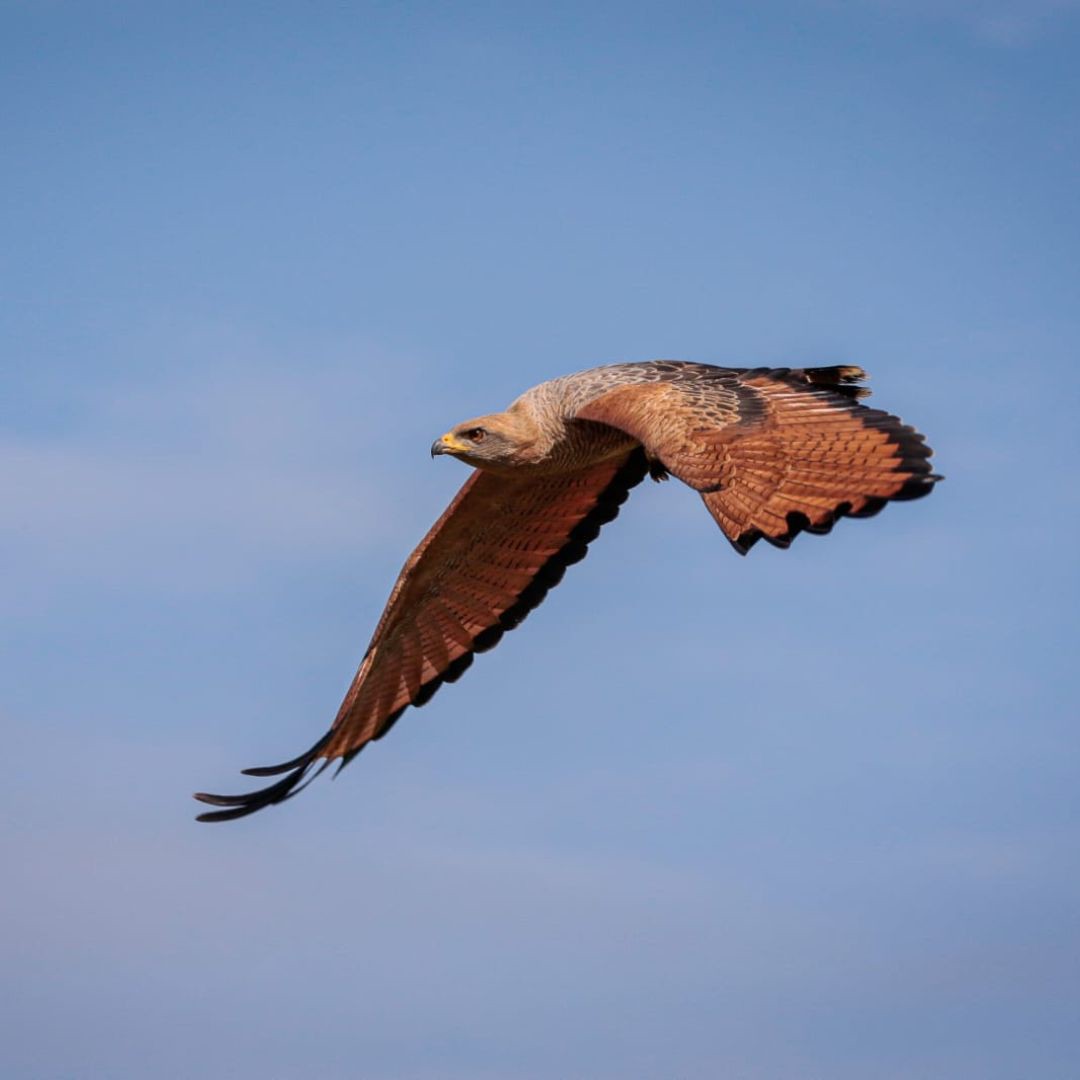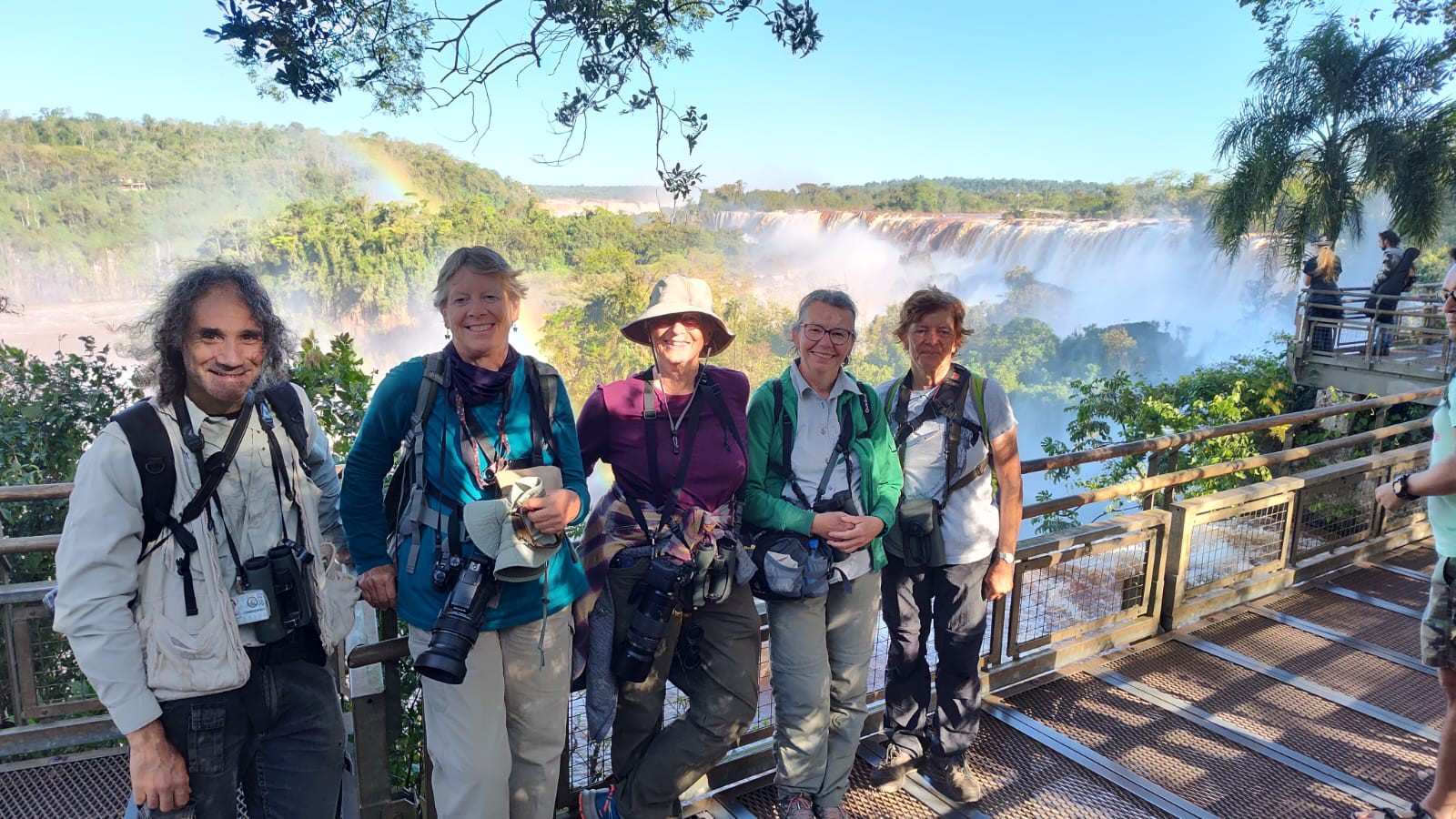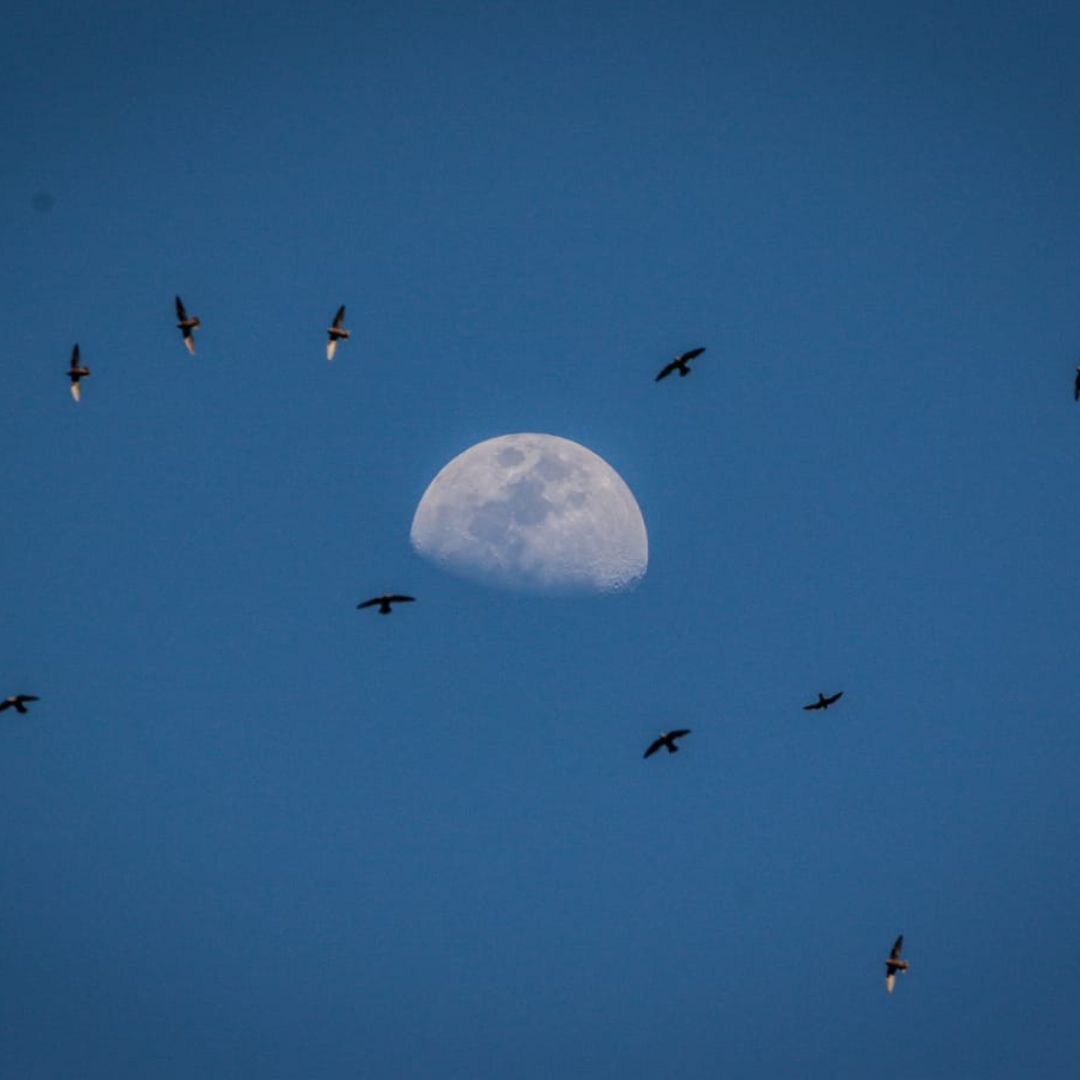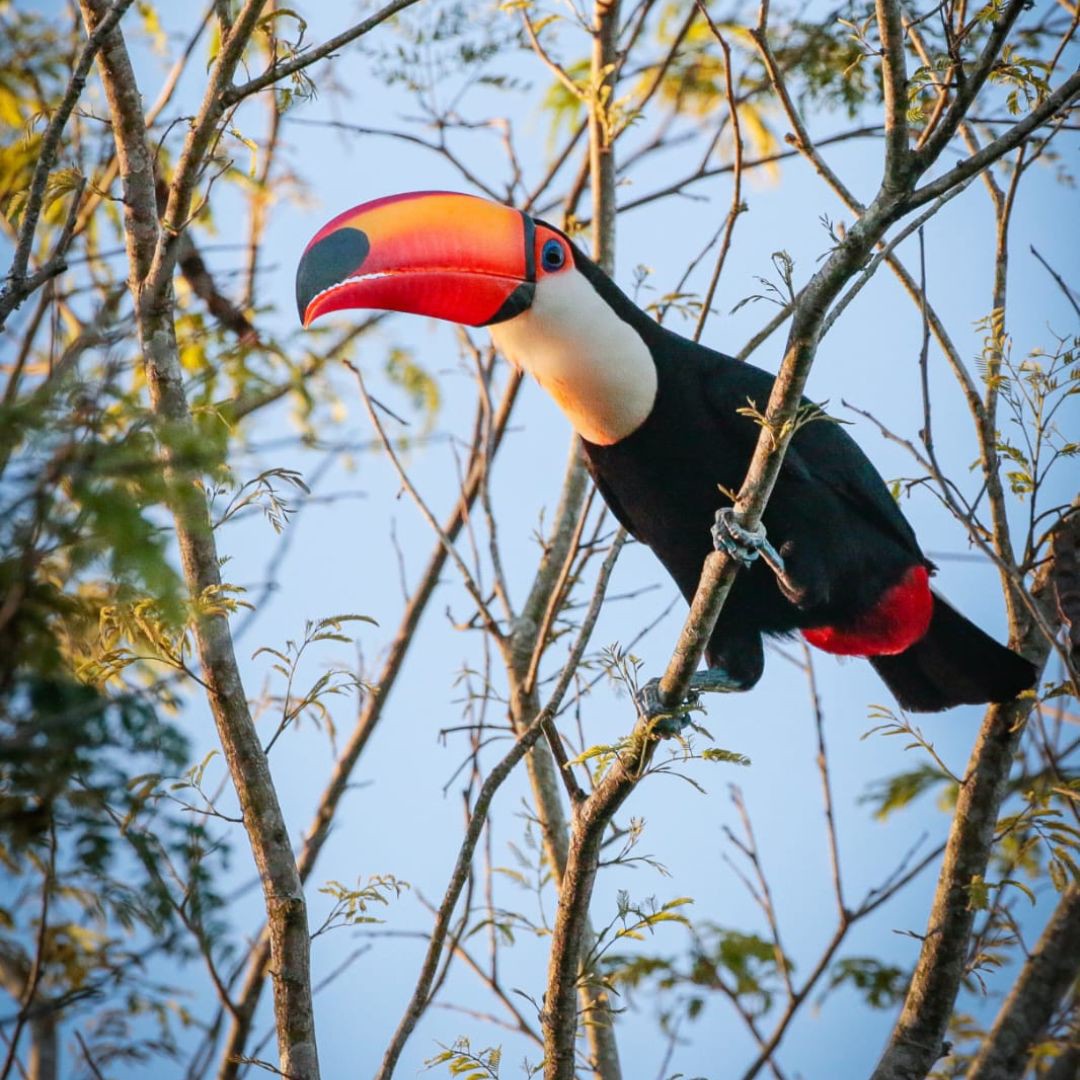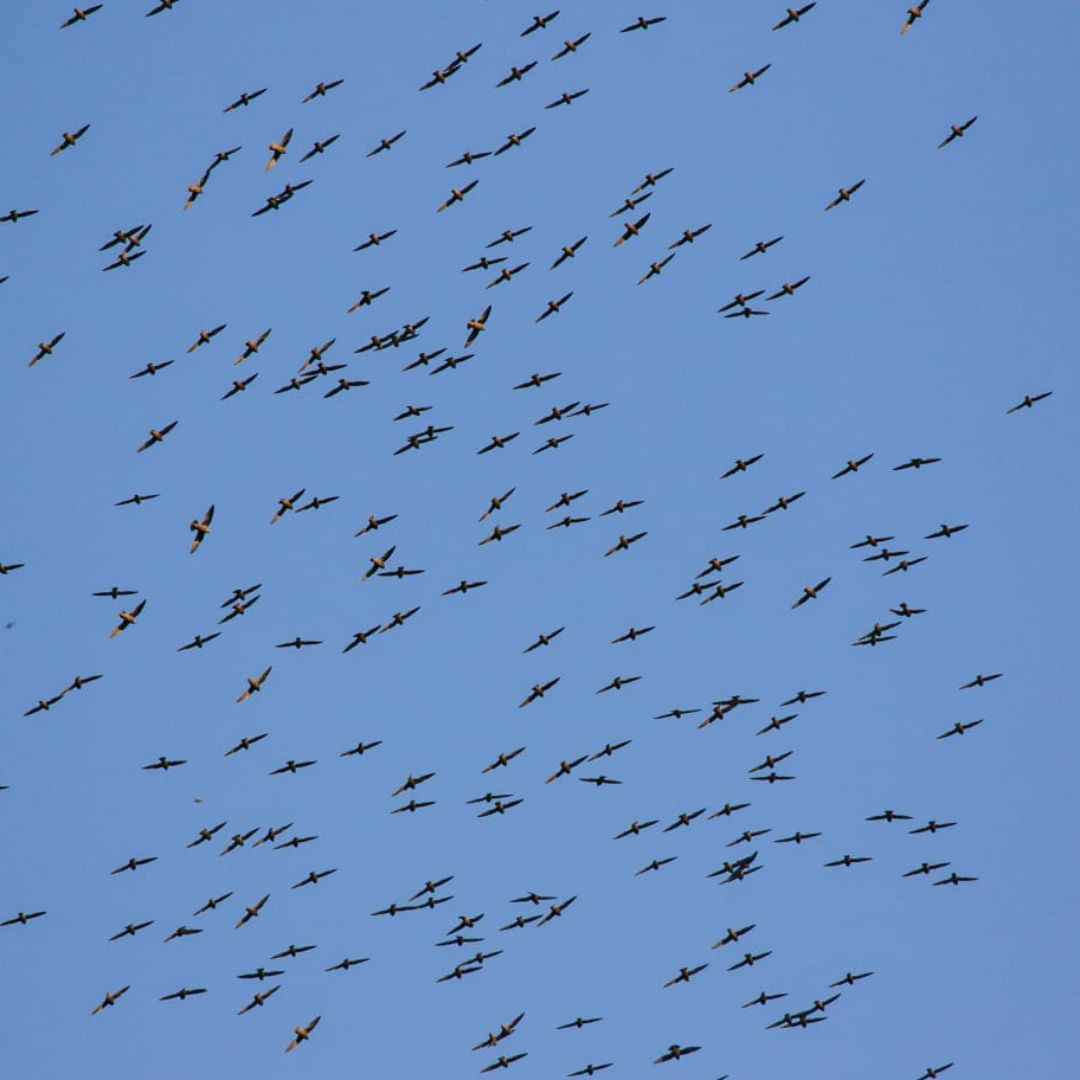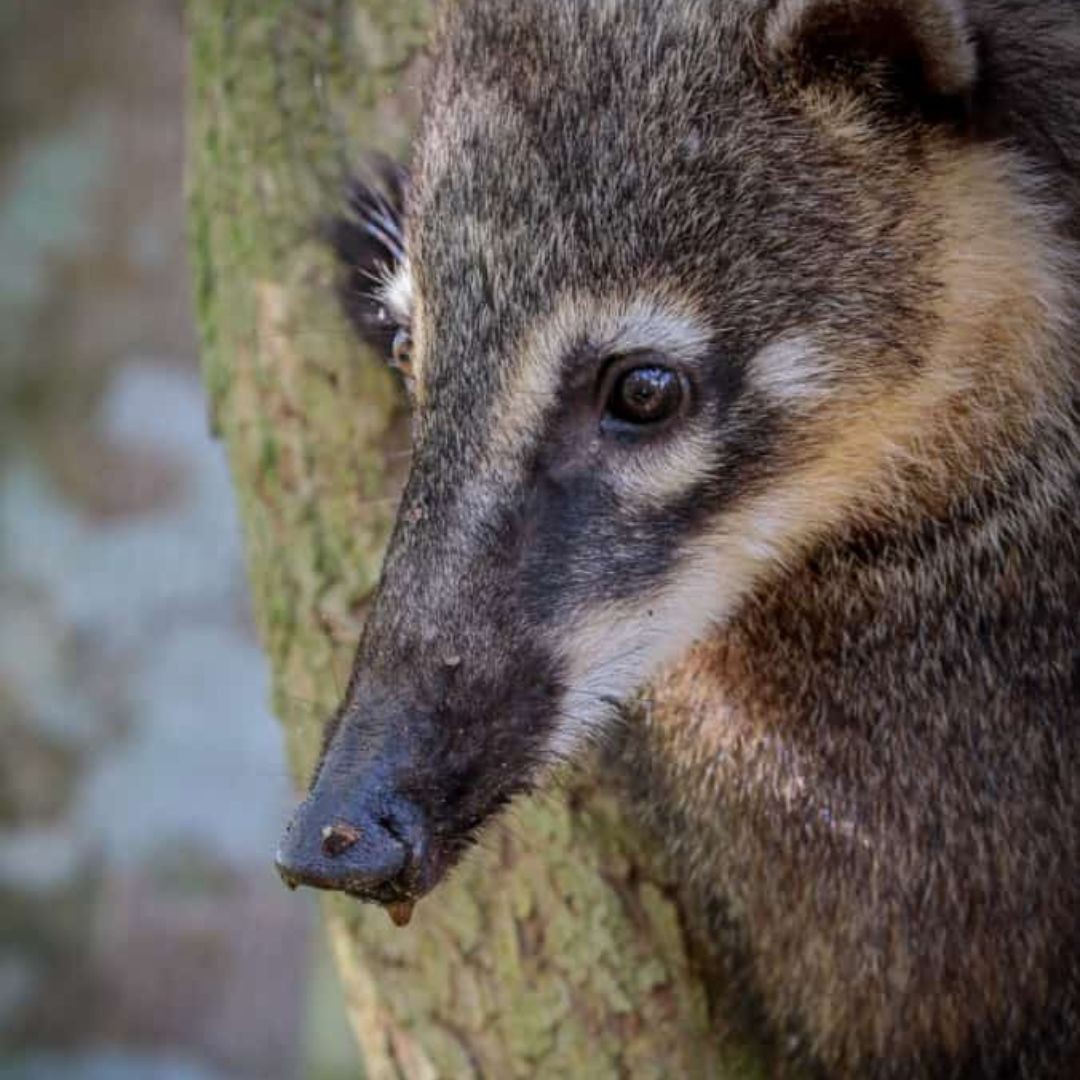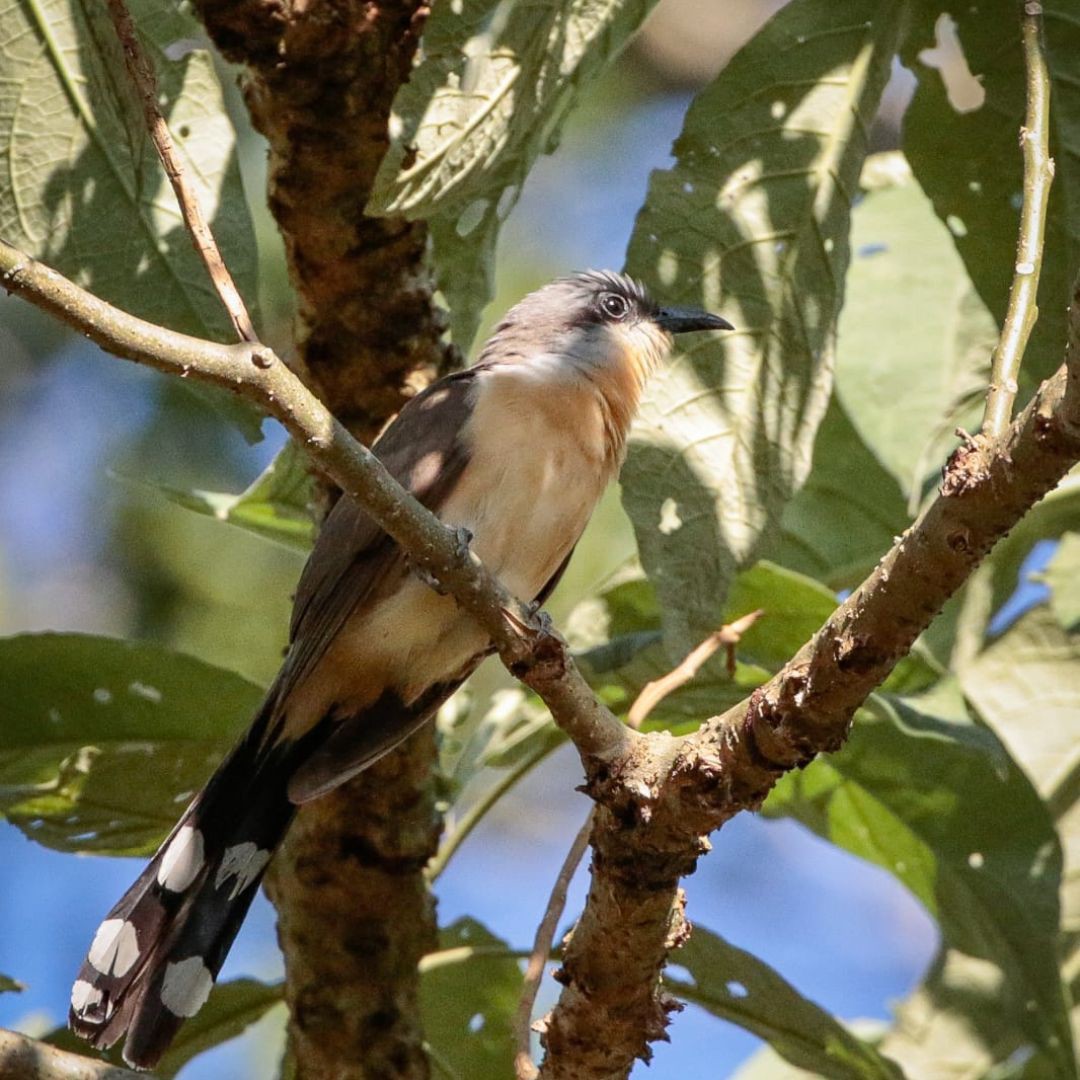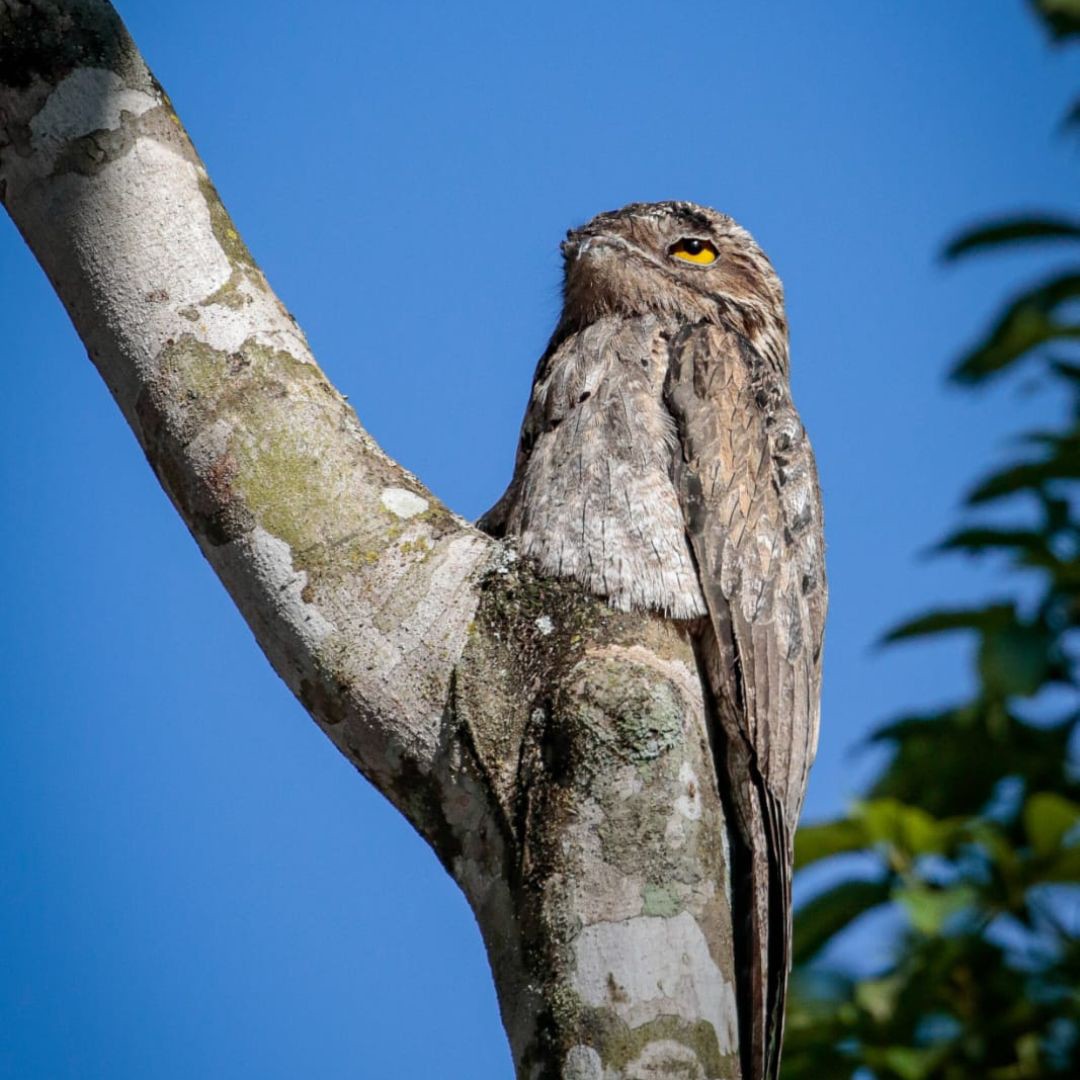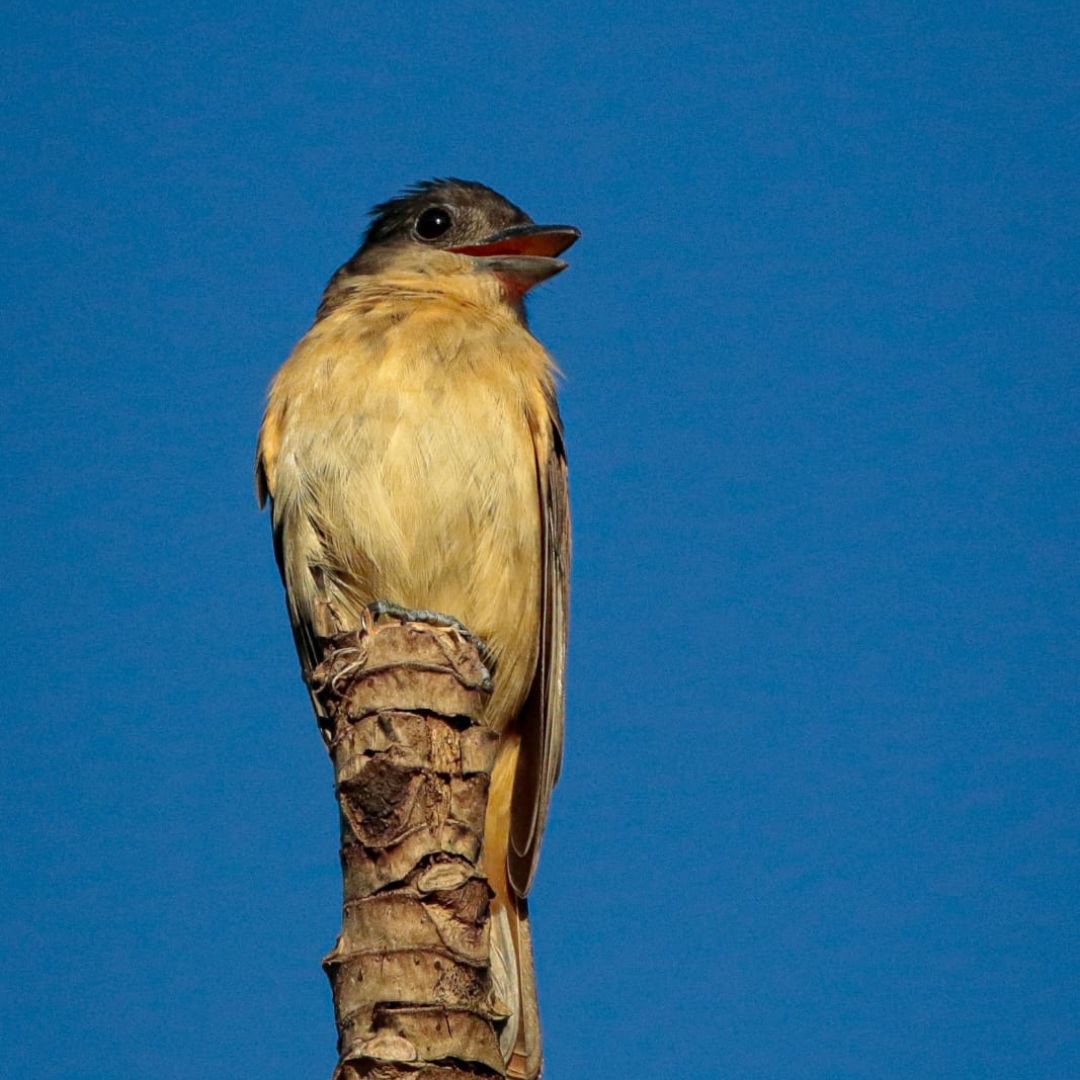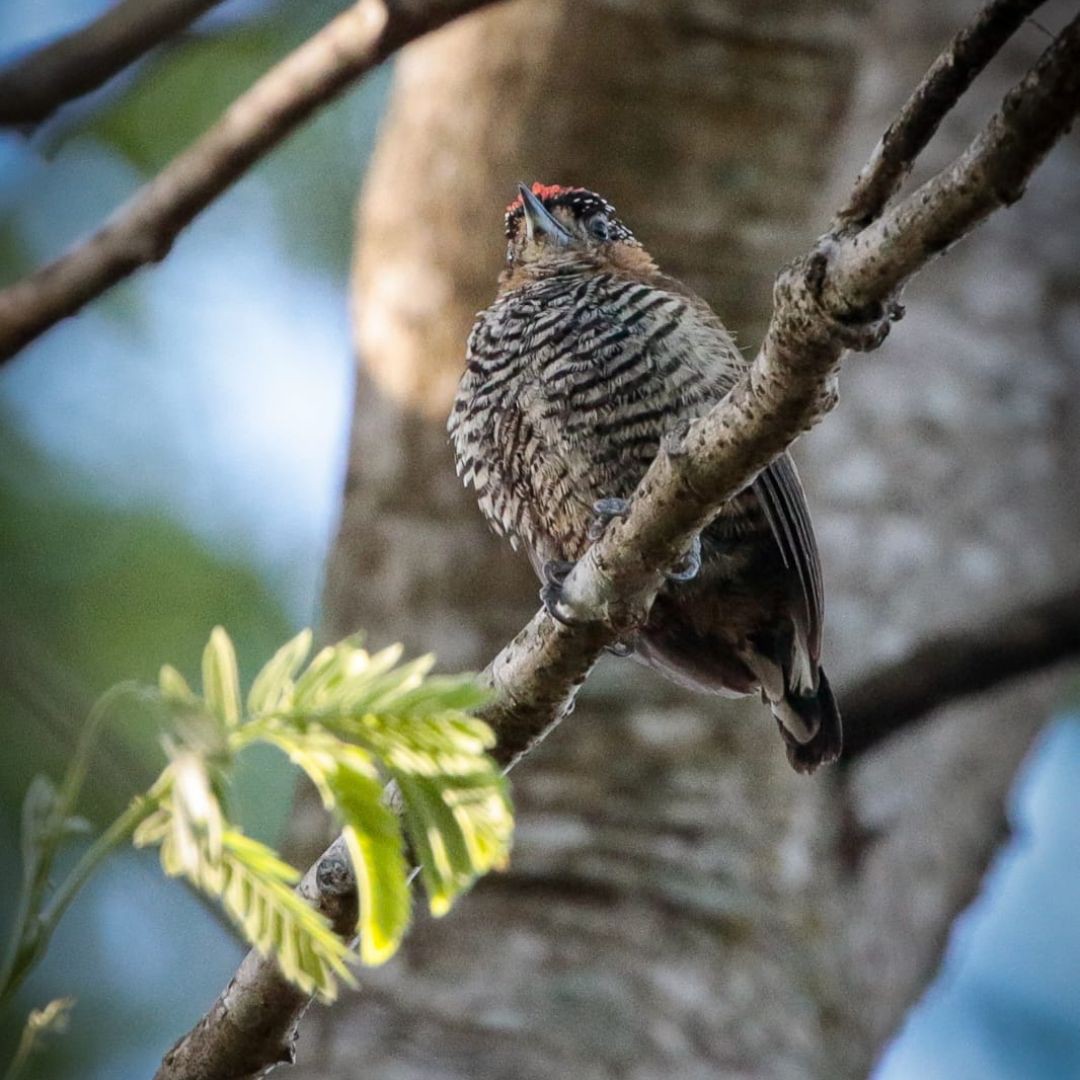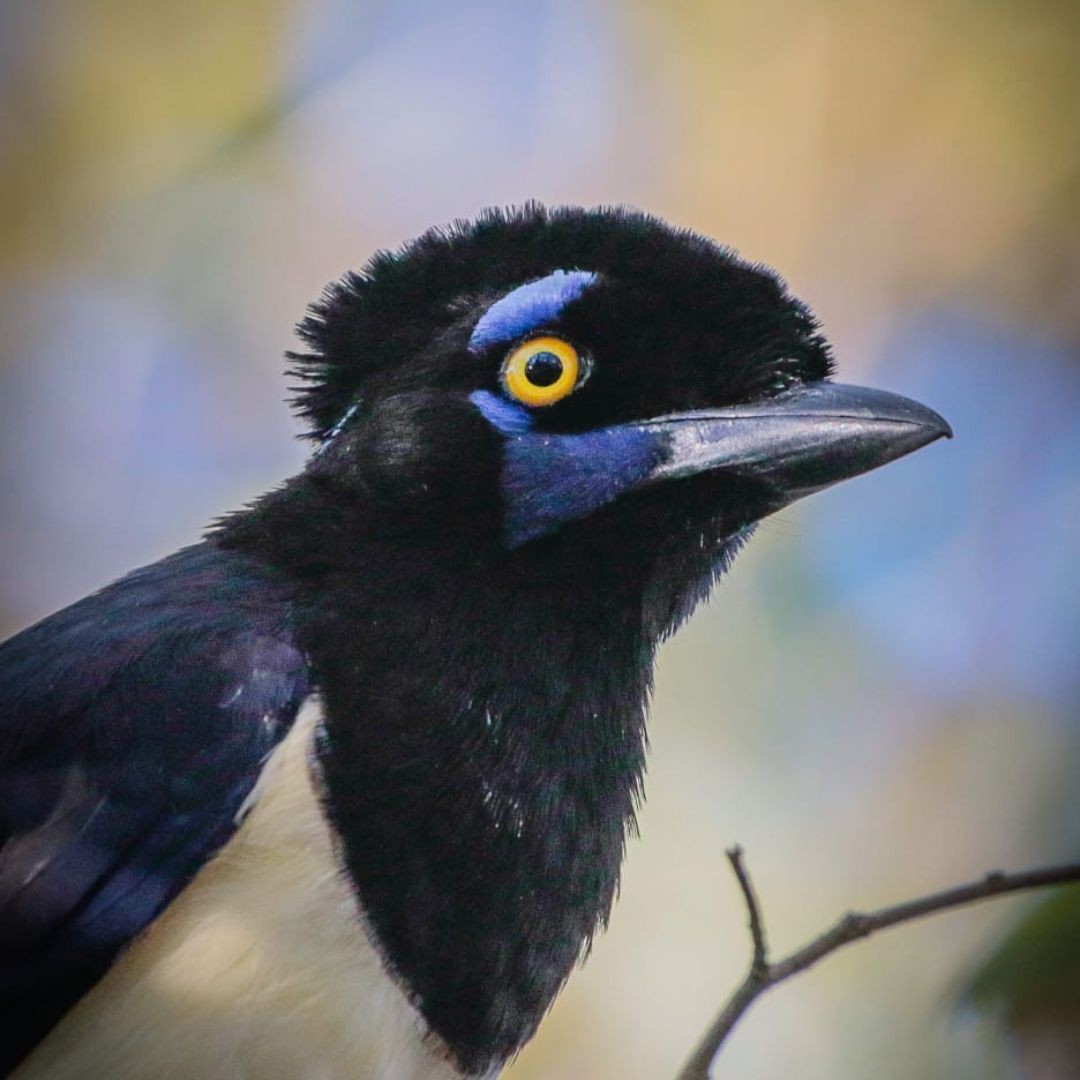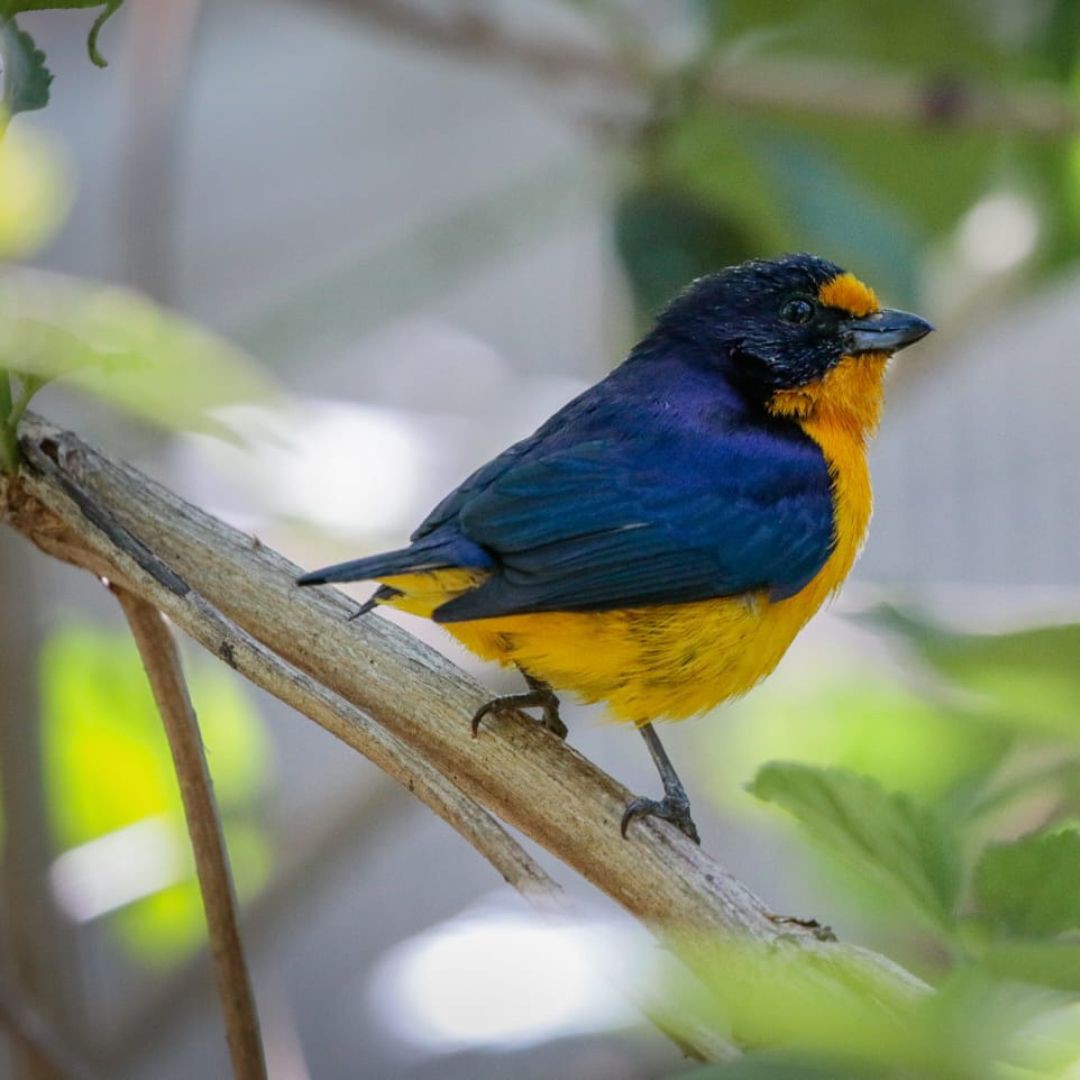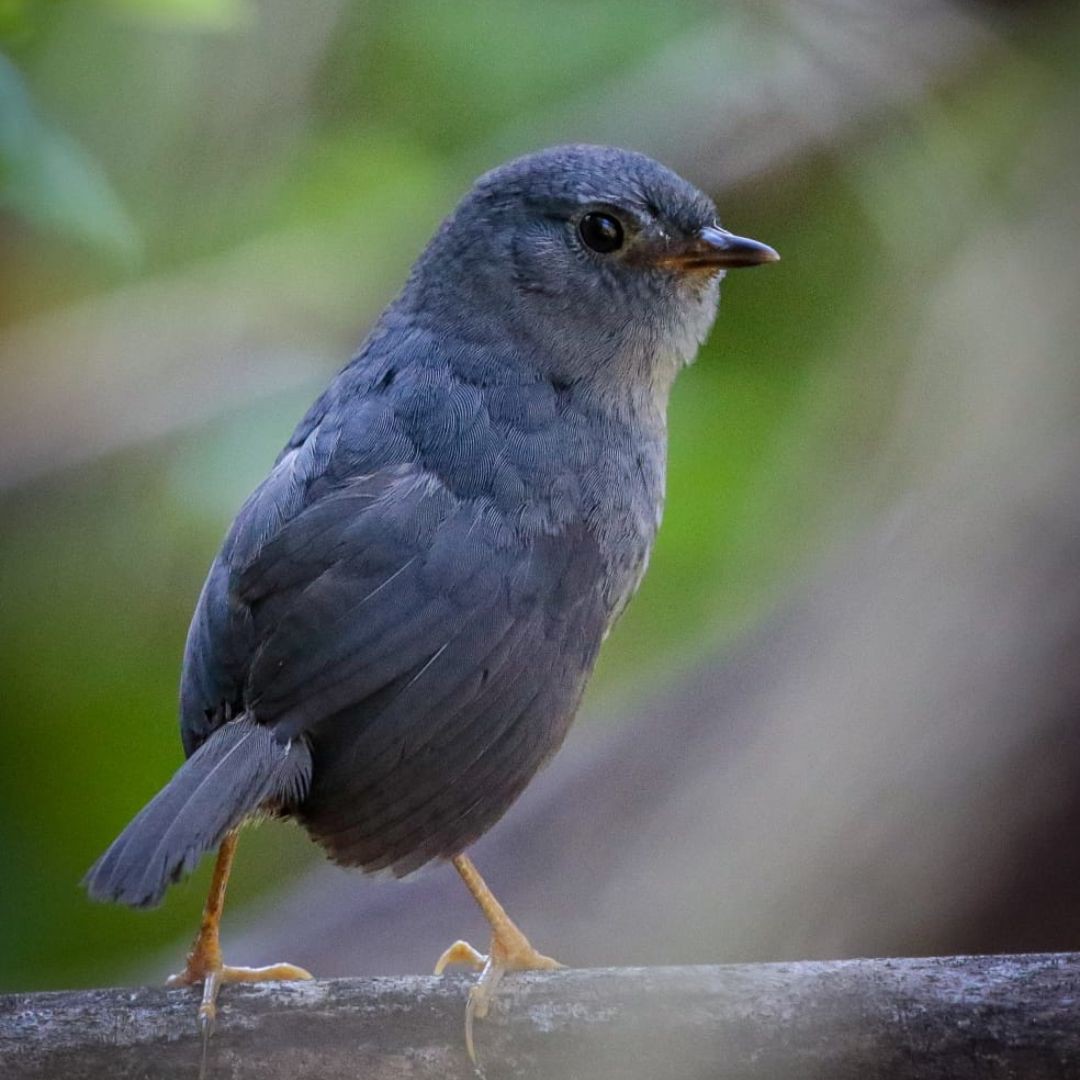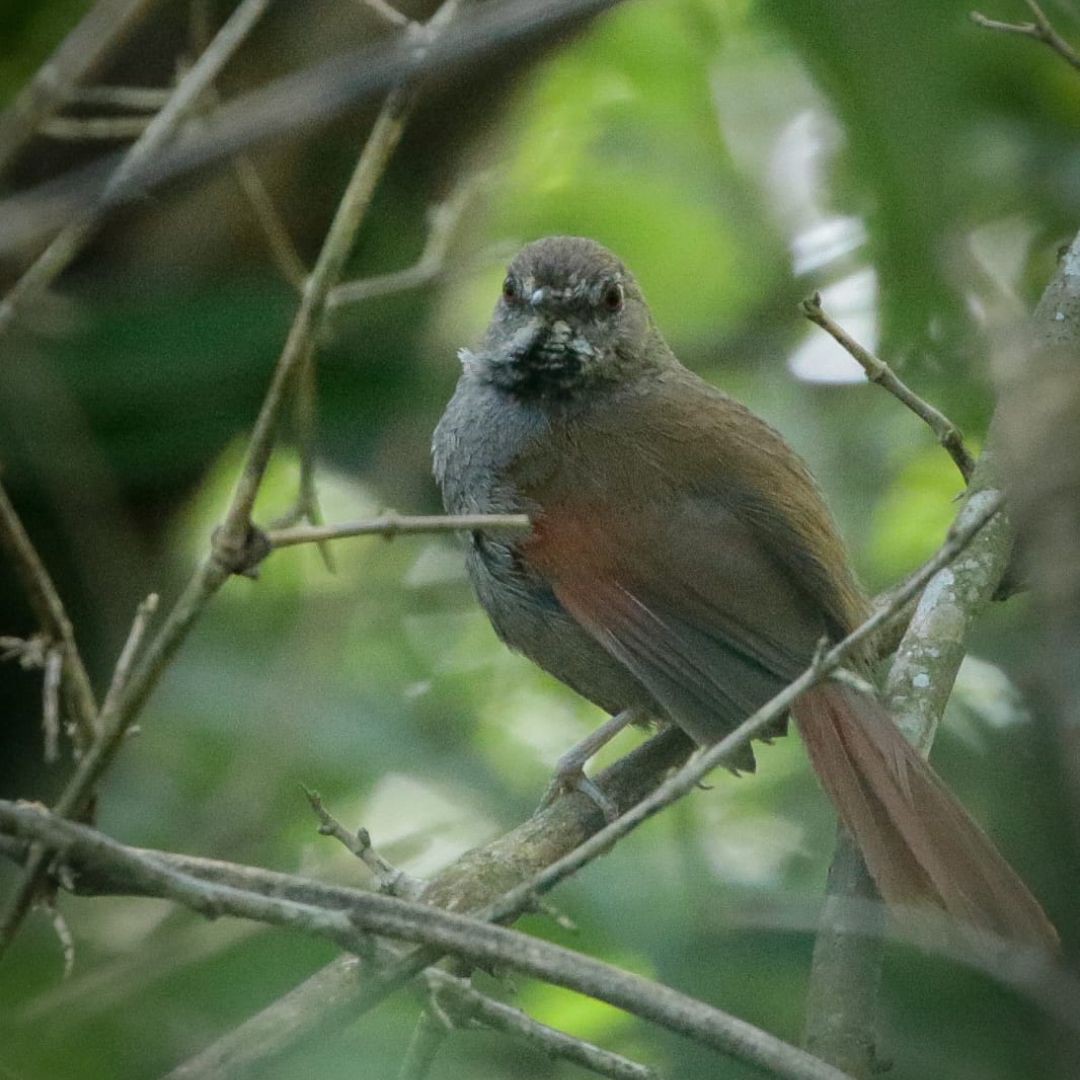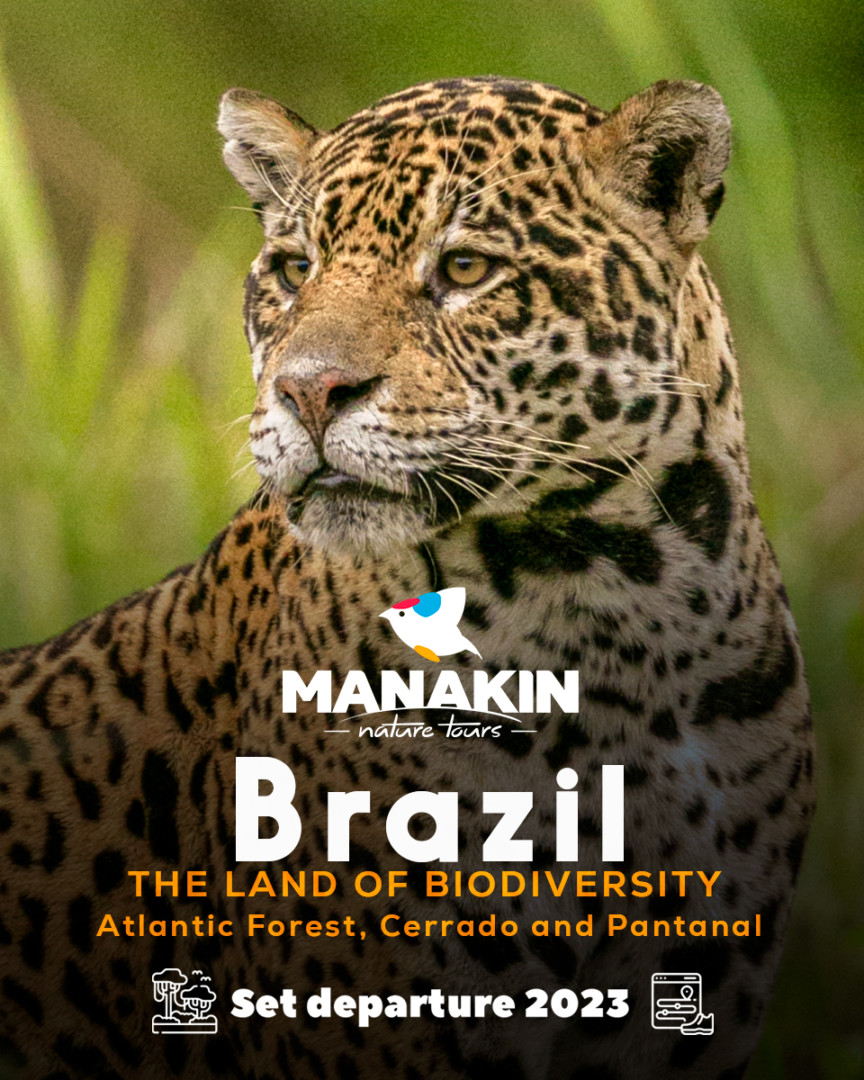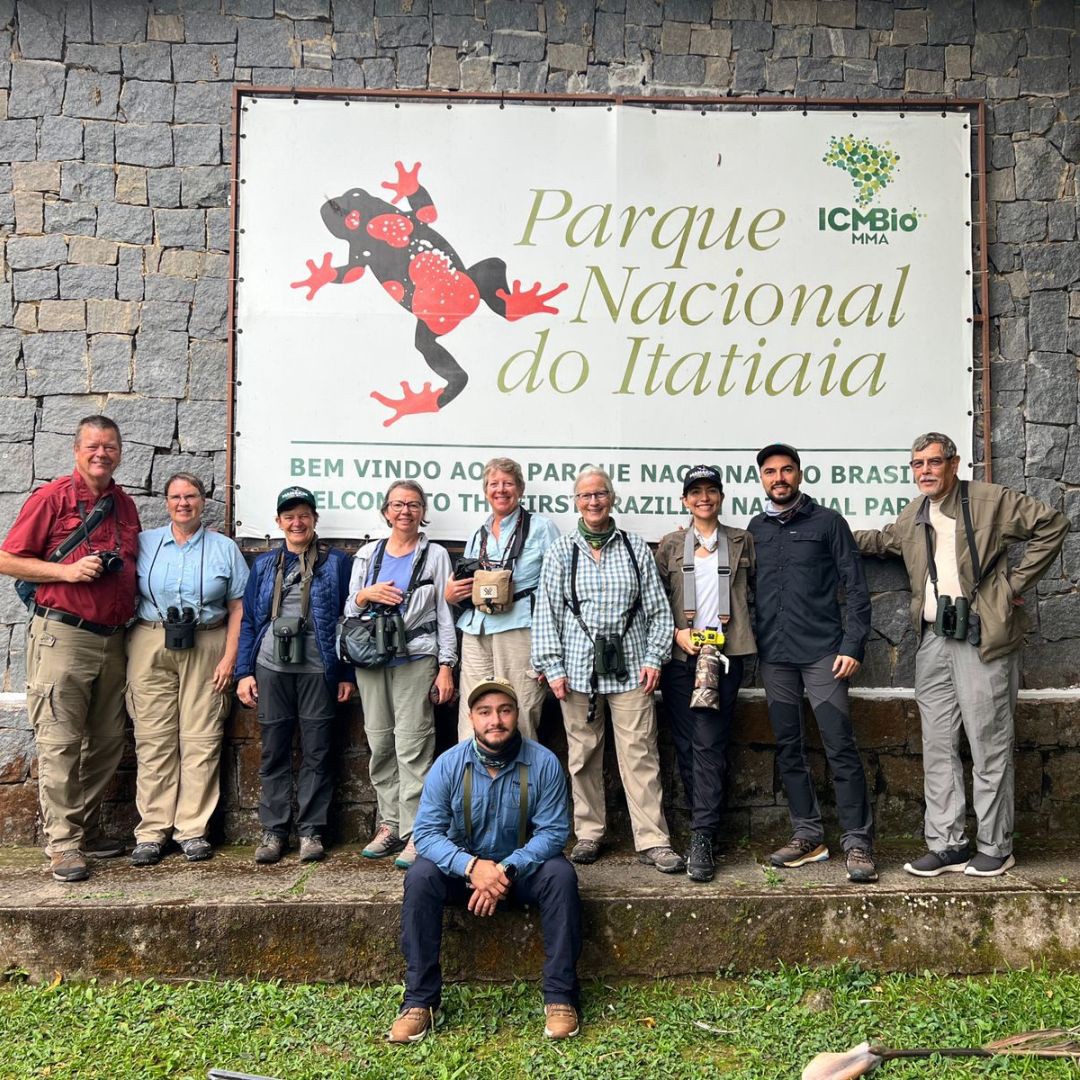
20 Days, Three Ecosystems (Atlantic Forest, Cerrado And Pantanal) And More Than 450 Birds Brazil The Land Of Birds
By Cristian Daza
Brazil is a WONDERFUL country, with happy people, beautiful biodiversity, birds, and incomparable natural beauties! This was our third tour in Brazil in 2022 by Manakin Nature Tours; we ended our Brazil season with great success and unforgettable moments for our customers!
Atlantic Forest
The Atlantic Forest is the second-largest tropical forest in South America. With an original total area of 1.6 million ha (according to the integrative limits of Muylaert et al. 2018, it was previously distributed mainly in the Brazilian territory (93% of biome total area), but also entering the borders with Paraguay (5.3%) and Argentina (1.7%). The Atlantic Forest is one of the most biodiverse and unique regions on Earth (Myers et al. 2000), resulting from a complex evolutionary history.
Our tour started in Mata Atlantica, and we spent three days watching the birds of this unique biome! This ecosystem has special features such as a high degree of endemism, preserved forests, and a rich biodiversity of birds! These days that we stayed here, we had great species that made all our customers and guides happy! Some of the unique species of this first part of our tour were; Black Jacobin, Scale-throated Hermit, Brazilian Ruby, Violet-capped Woodnymph, White-throated Hummingbird, Rufous-capped Motmot, Maroon-bellied Parakeet, Swallow-tailed Cotinga, Rufous-capped Spinetail, Golden-chevroned Tanager, Ruby-crowned Tanager, Green-headed Tanager, Fawn-breasted Tanager, Amethyst Woodstar, Swallow-tailed Manakin, Green-crowned Plovercrest, Diademed Tanager, Saffron Toucanet Araucaria Tit-Spinetail, Itatiaia Spinetail and many more.
Cerrado
Cerrado is the only tropical savanna among the 34 biodiversity hotspots of the world and represents one of the richest but most poorly known South American ecological regions. It is the second largest biome in the continent and includes most of central Brazil, northeastern Paraguay, and eastern Bolivia. The Brazilian savanna has 12,829 native plant species that depend on the Cerrado’s 874 bird species—37 of which are native to the Cerrado—to spread their seeds and pollinate their flowers.
The Cerrado is one of the most extensive savannahs in the world and the second-largest ecosystem in Brazil. Unfortunately it is an ecosystem that is suffering a lot from the advance of agriculture in this part of Brazil, and we need to keep our eyes peeled for this part of Brazil that has great wealth!
A recent survey showed that, between 1998 and 2008, 347 new vertebrate species were described in the Cerrado, including 222 new fishes, 40 amphibians, 57 reptiles, 27 mammals, and one bird. These numbers indicate the colossal biological importance of the hotspot.
We are birding in the Chapada Guimaraes region. The Chapada dos Guimarães National Park sits atop the Brazilian Central Plateau on a scenic area comprised of cerrado scrubland bordered by massive sandstone cliffs and lush gallery forest.
This land is home to many of the Cerrado’s specialties; Chestnut-eared Aracari, Lettered Aracari, Tataupa Tinamou, Small-billed Tinamou, White-eared Puffbird, Channel-billed Toucan, Peach-fronted Parakeet, Red-and-green Macaw, Band-tailed Manakin, Helmeted Manakin, Streaked Flycatcher, Moustached Wren, Mississippi Kite (more 400 individuals, in migrations), Purplish Jay, Blue Finch, King Vulture, Crested Black-Tyrant, Swallow Tanager, White-lined Tanager, Hepatic Tanager, Guira Tanager, Black-faced Tanager, and many more.
Pantanal
Brazil’s Pantanal is one of the world’s most extensive tropical wetlands and undoubtedly one of the most significant wildlife areas in South America. The Pantanal covers an area of between 140,000 and 195,000 sq km, primarily submerged during the rainy season-December er – March), when the run-off from several great rivers of the surrounding plateau swamps this huge internal delta area. This vast ecosystem is home to around 740 bird species, 150 mammals, and 480 reptiles.
The Pantanal a land of biodiversity, not only of birds, but of mammals, reptiles, and a beautiful culture with the “Pantaneiros” name that local people call; the Pantanal is a dream of many bird watchers and naturalists when the time comes to discover this unique region in the world with the highest concentration of jaguars!
The Pantanal has the highest concentration of wildlife in South America.

